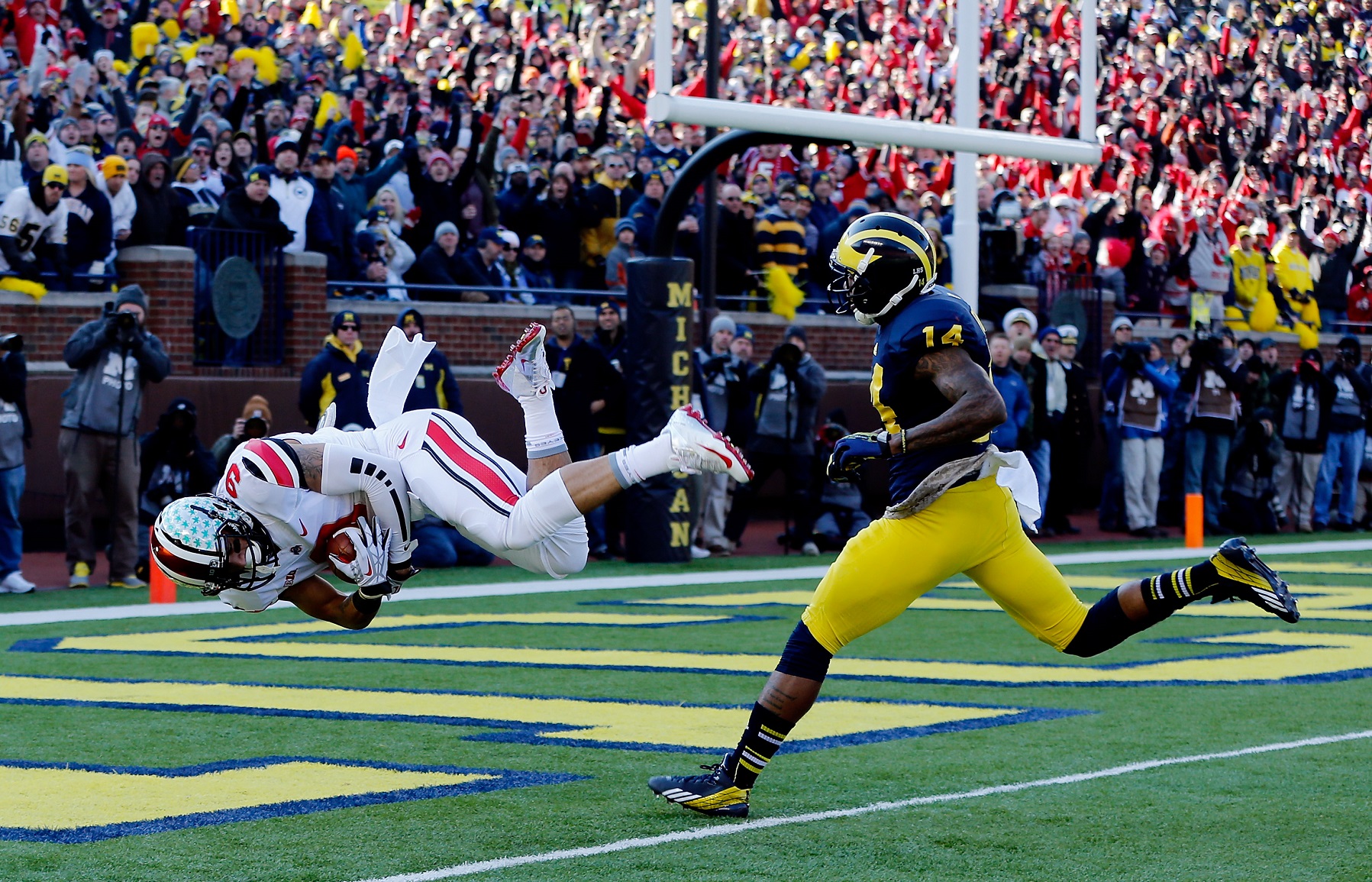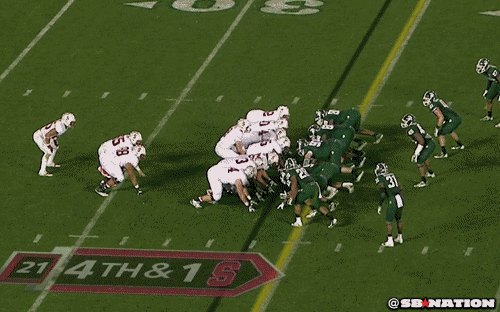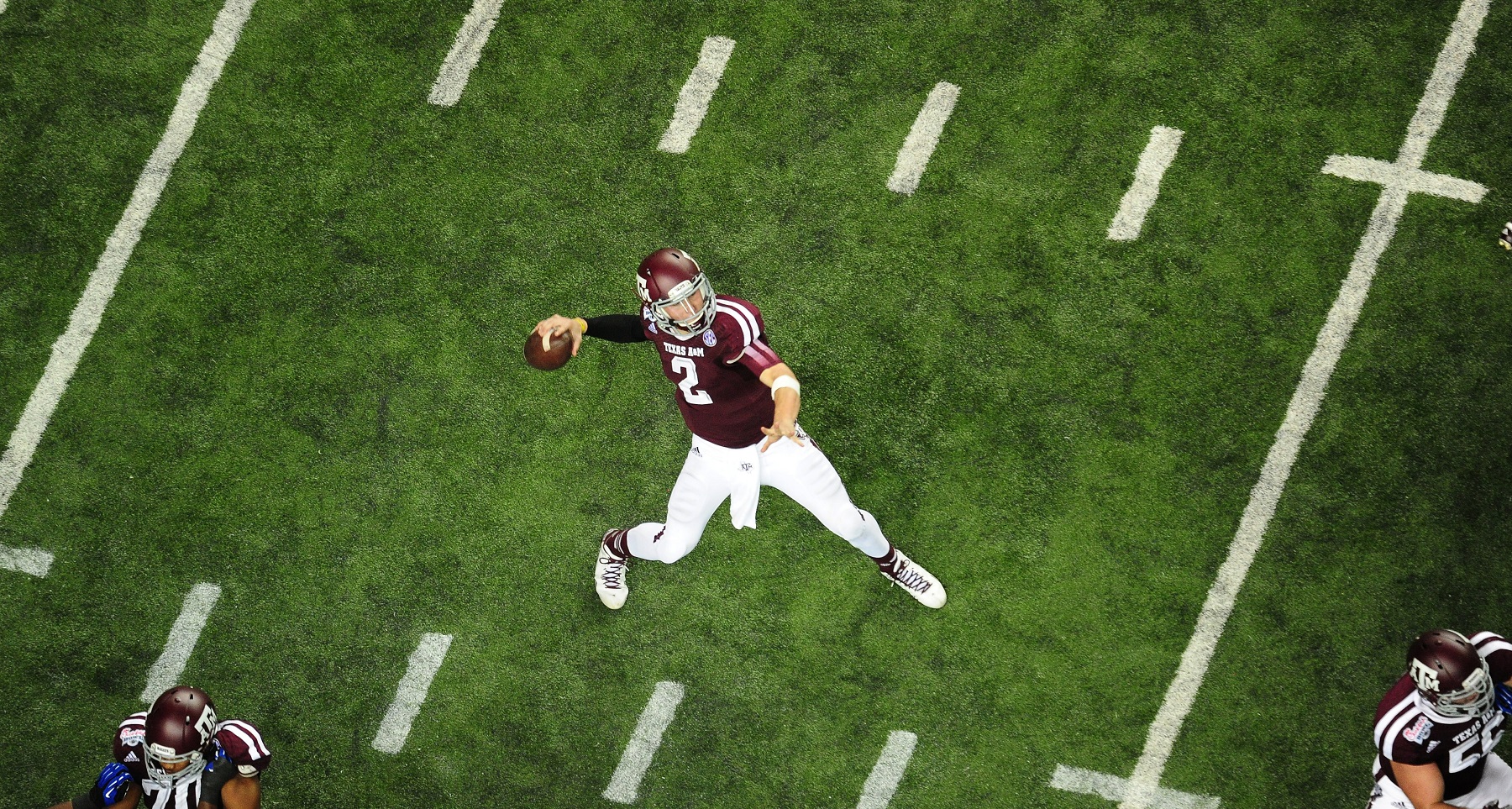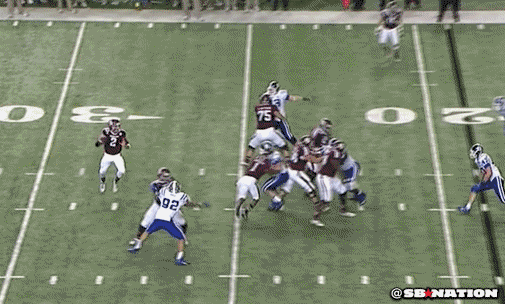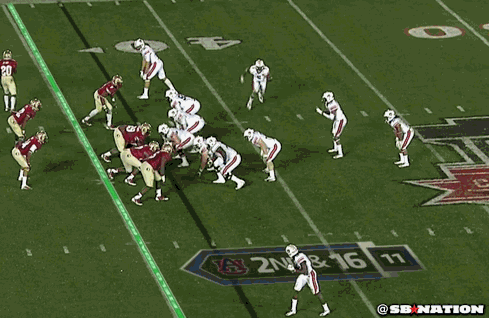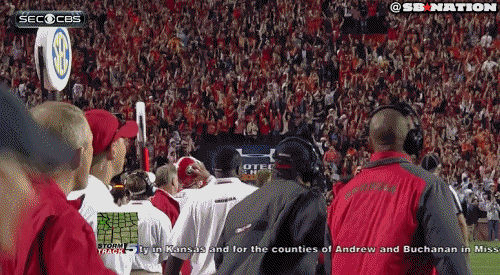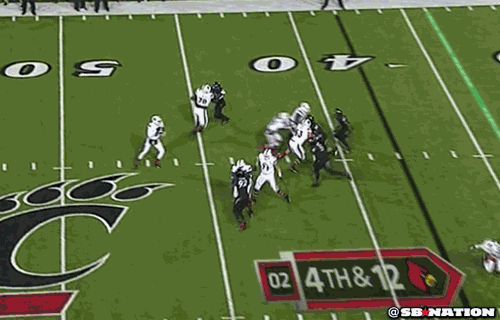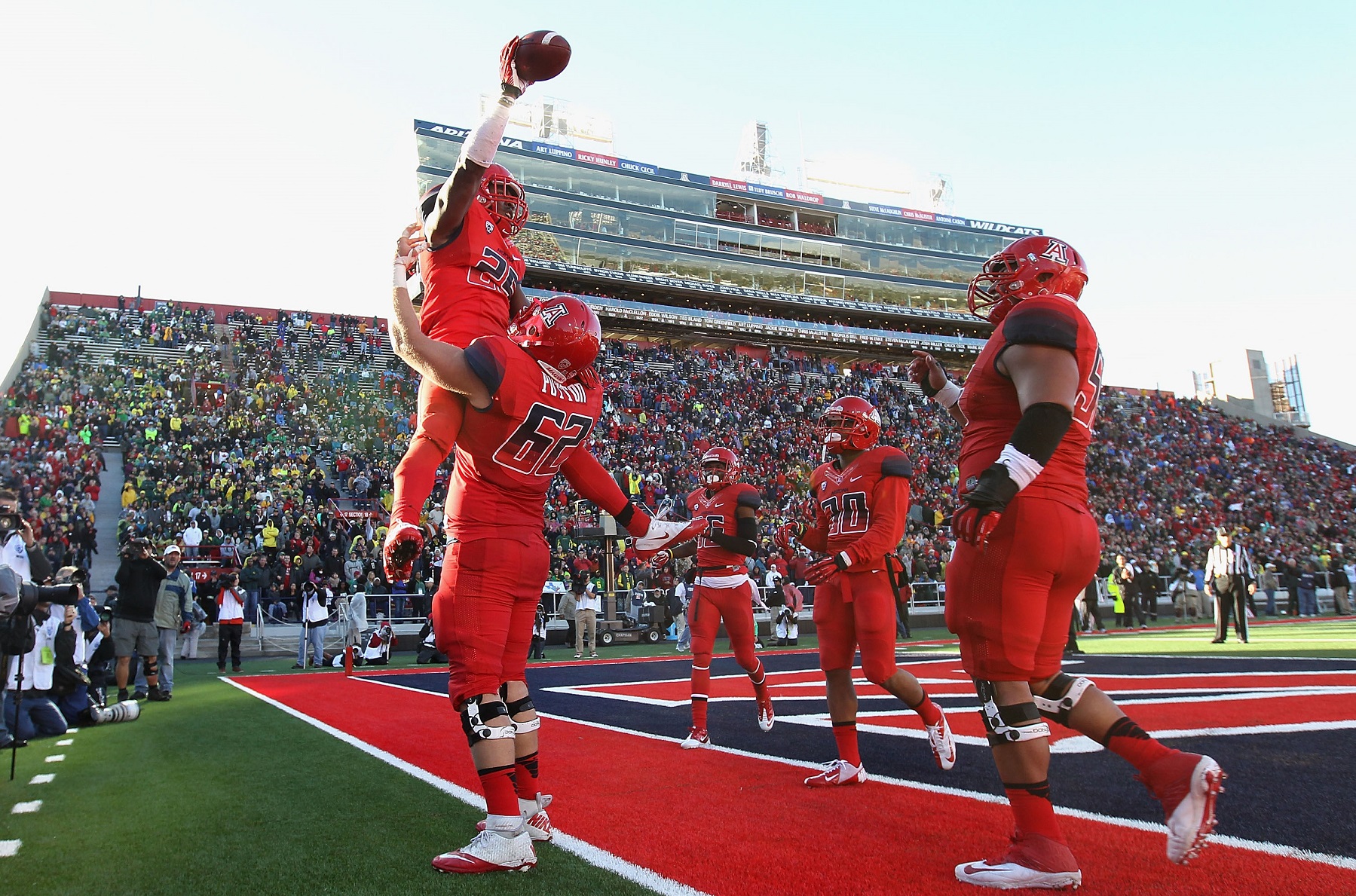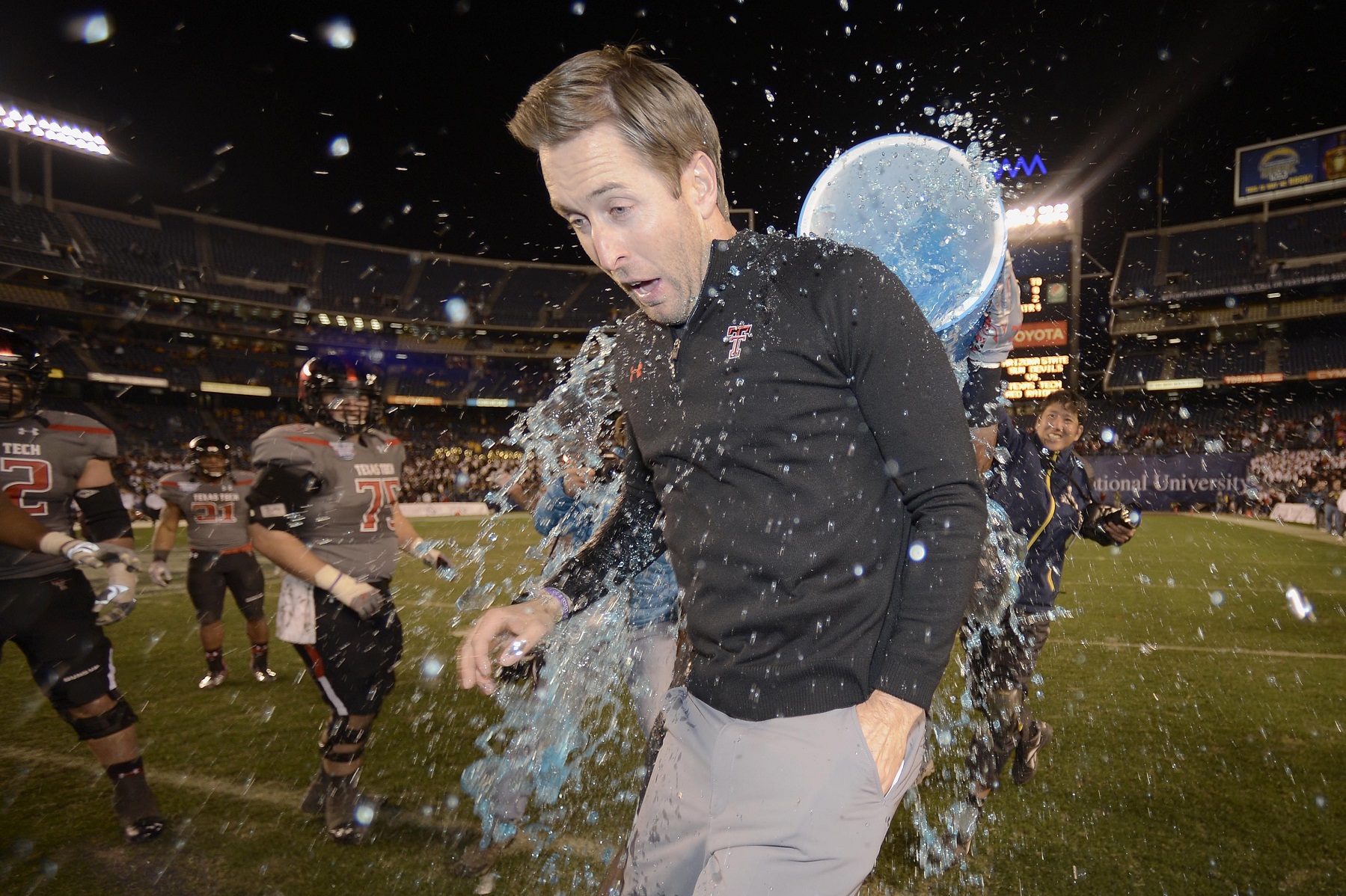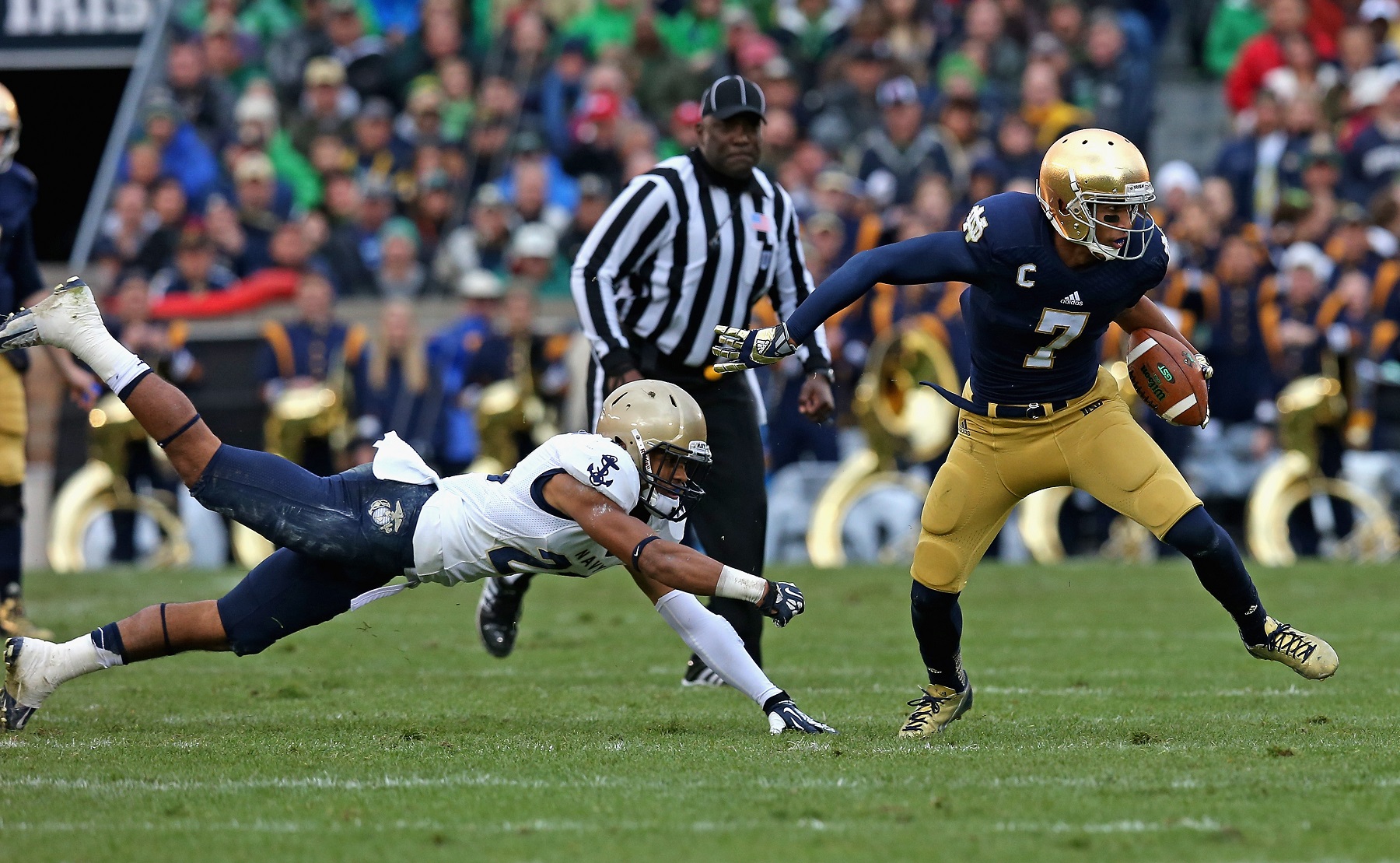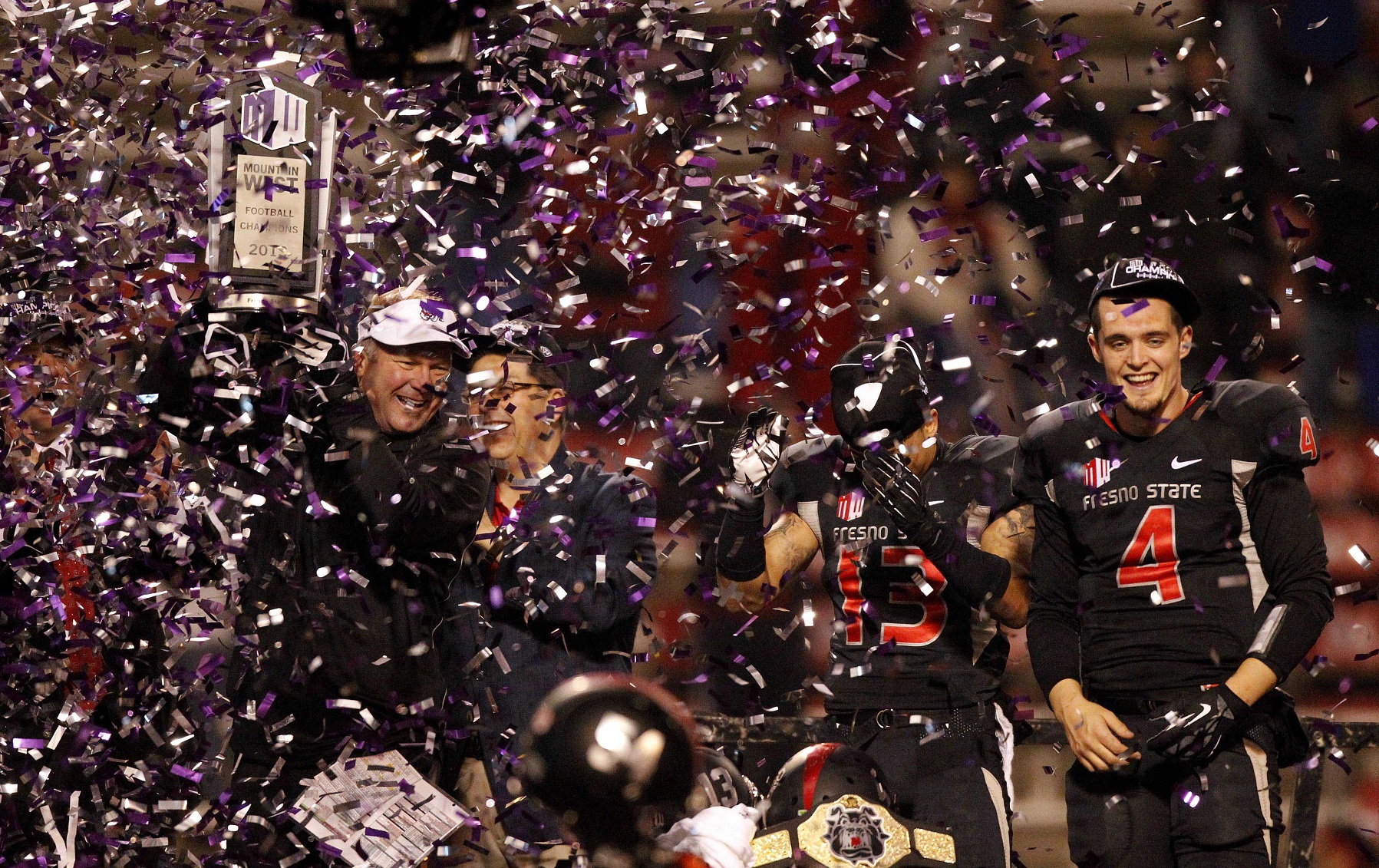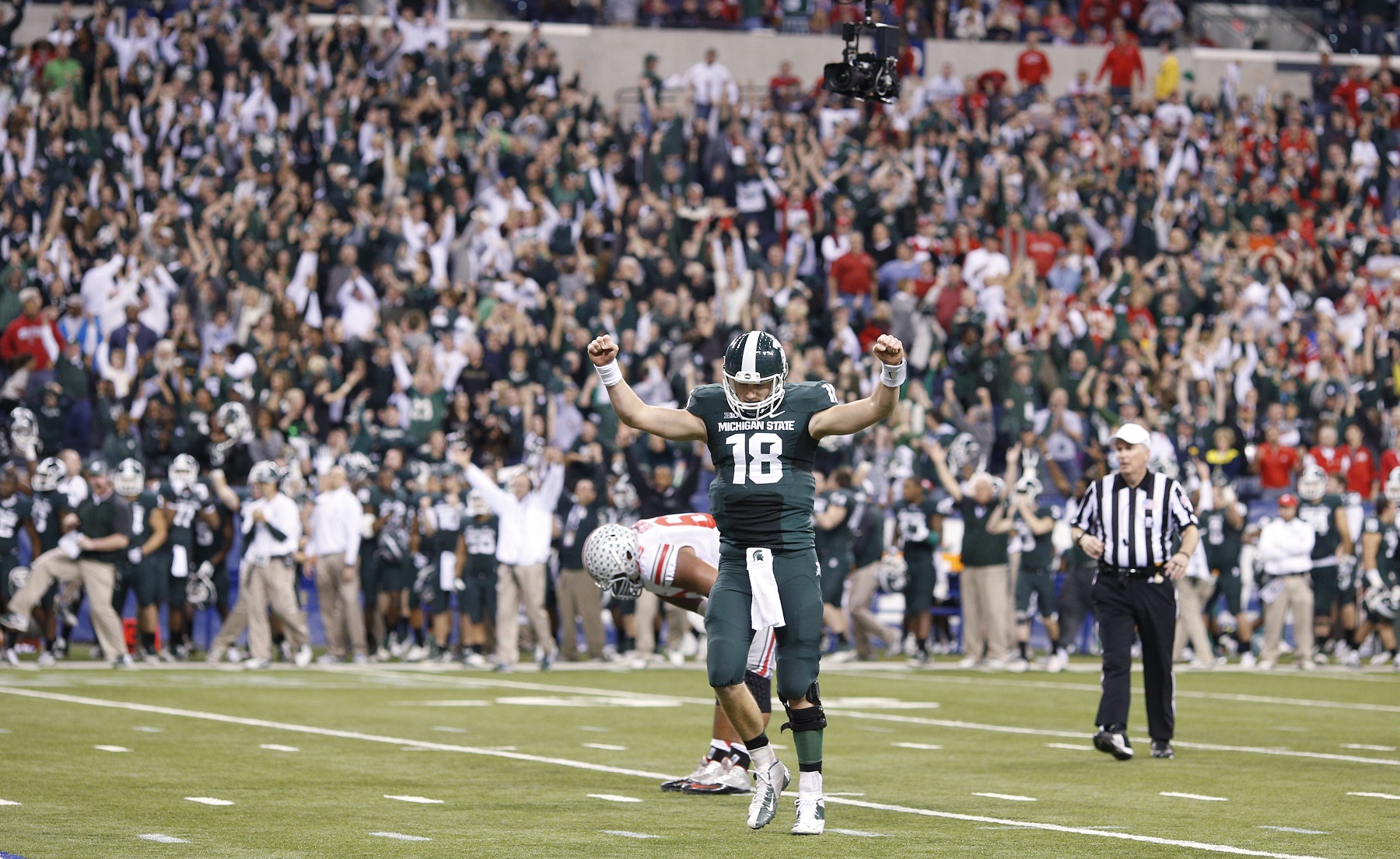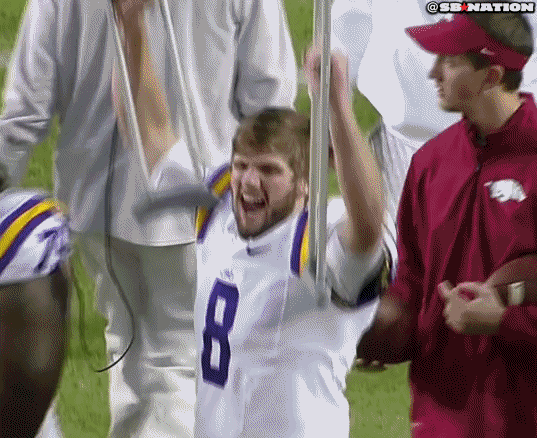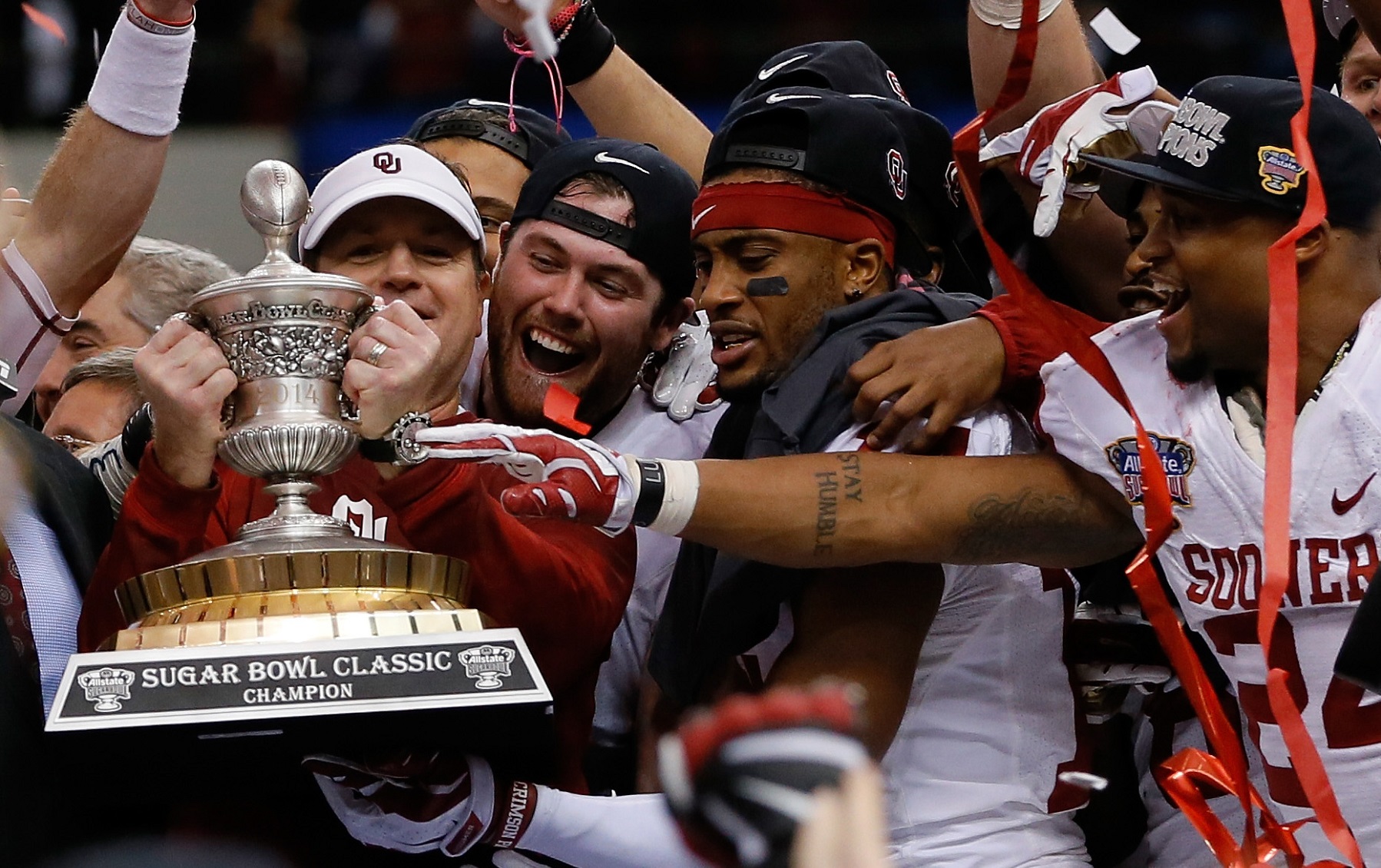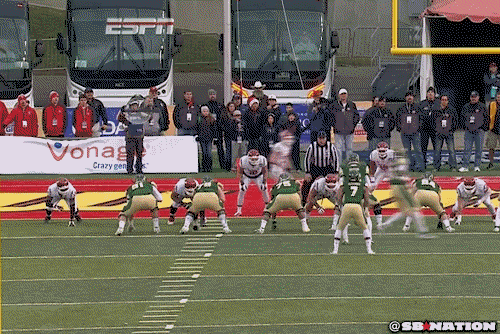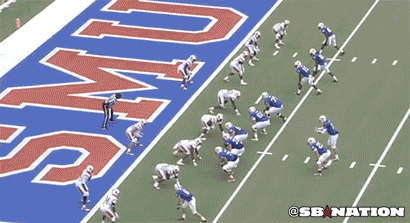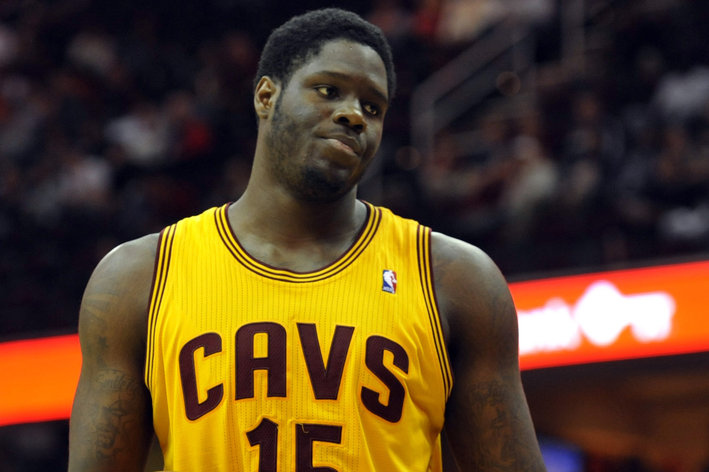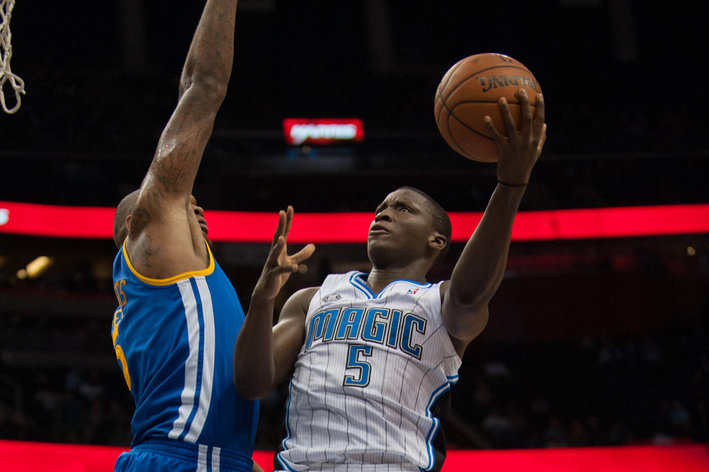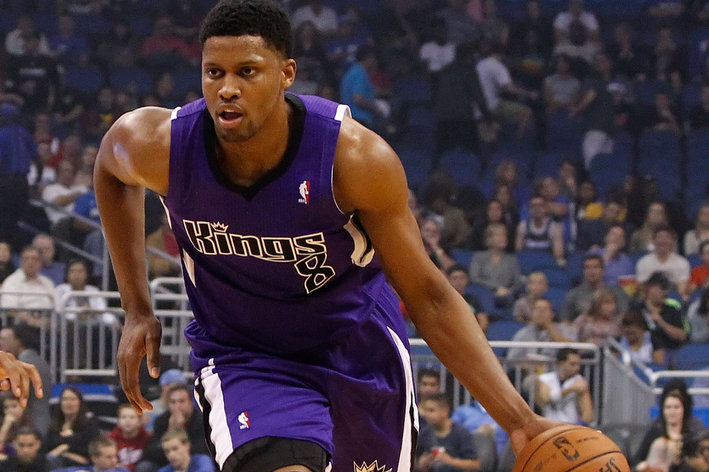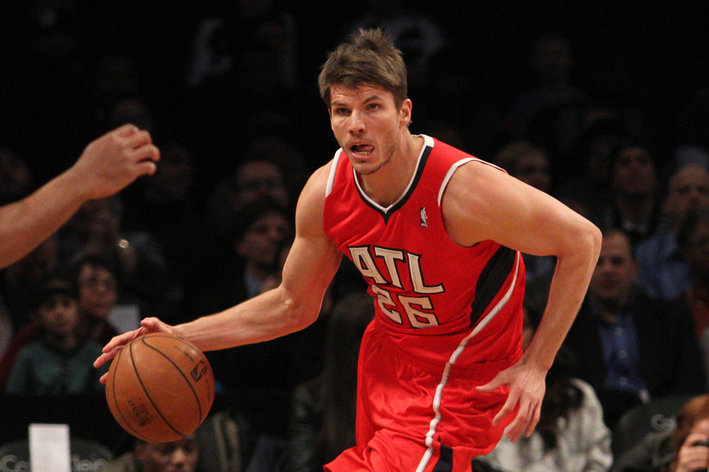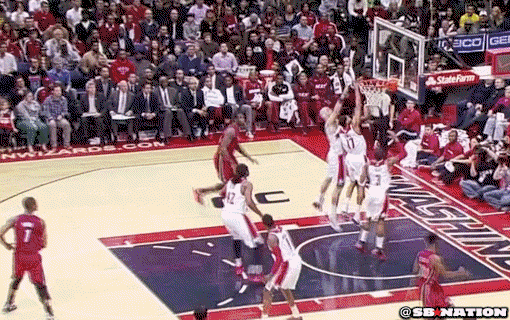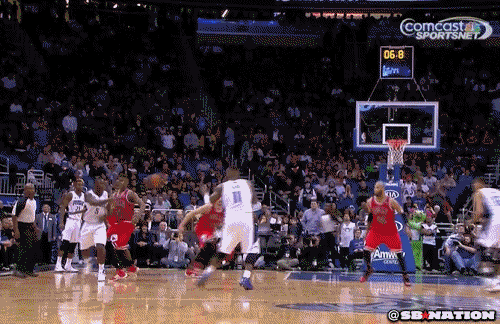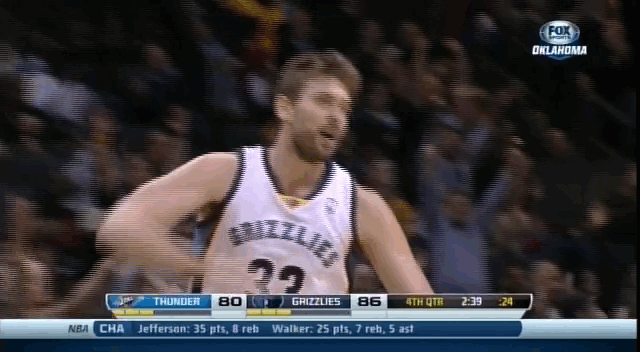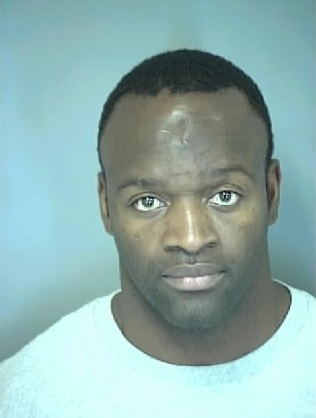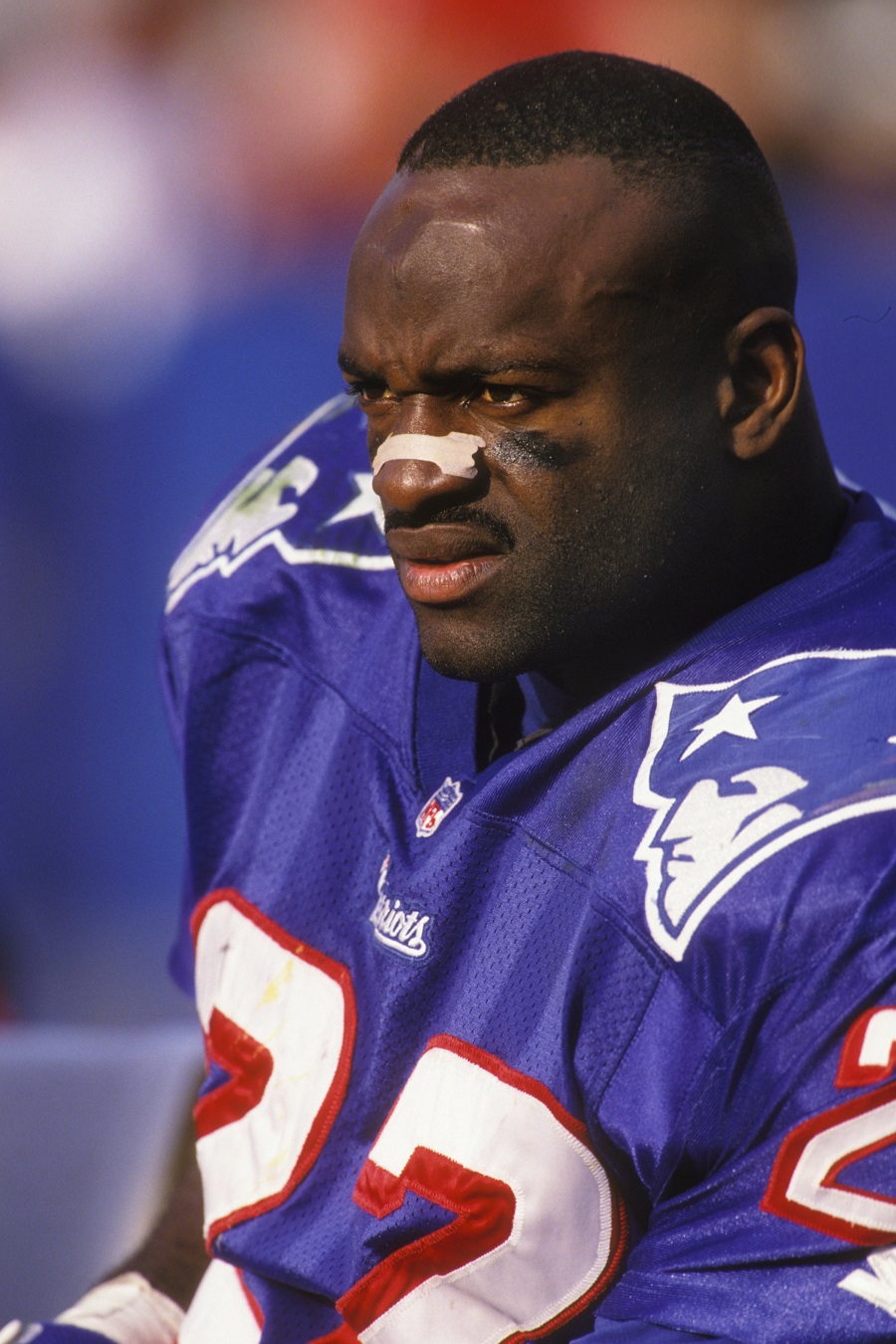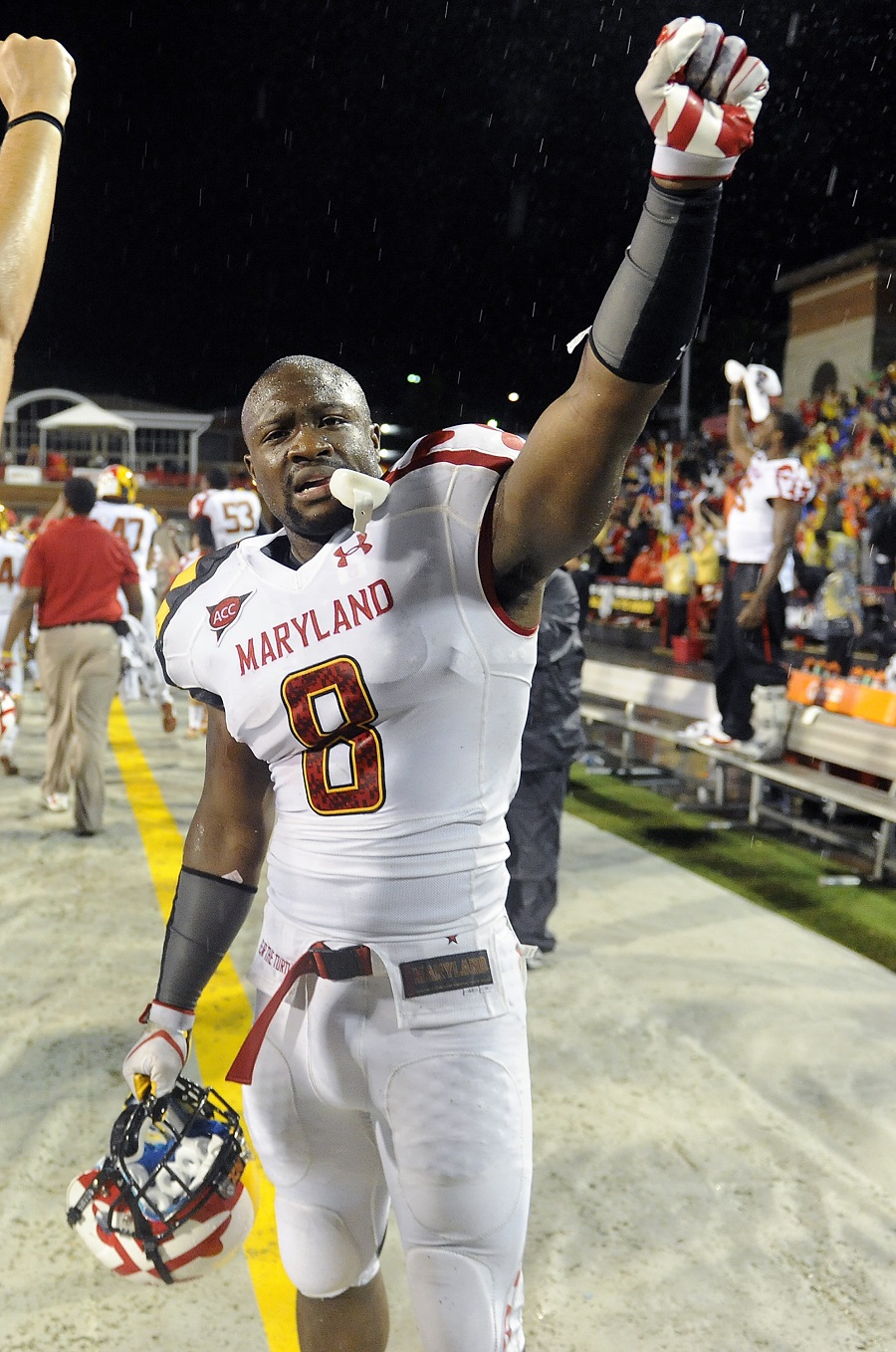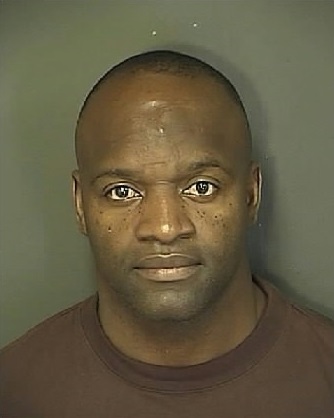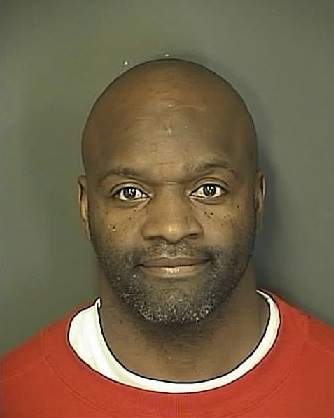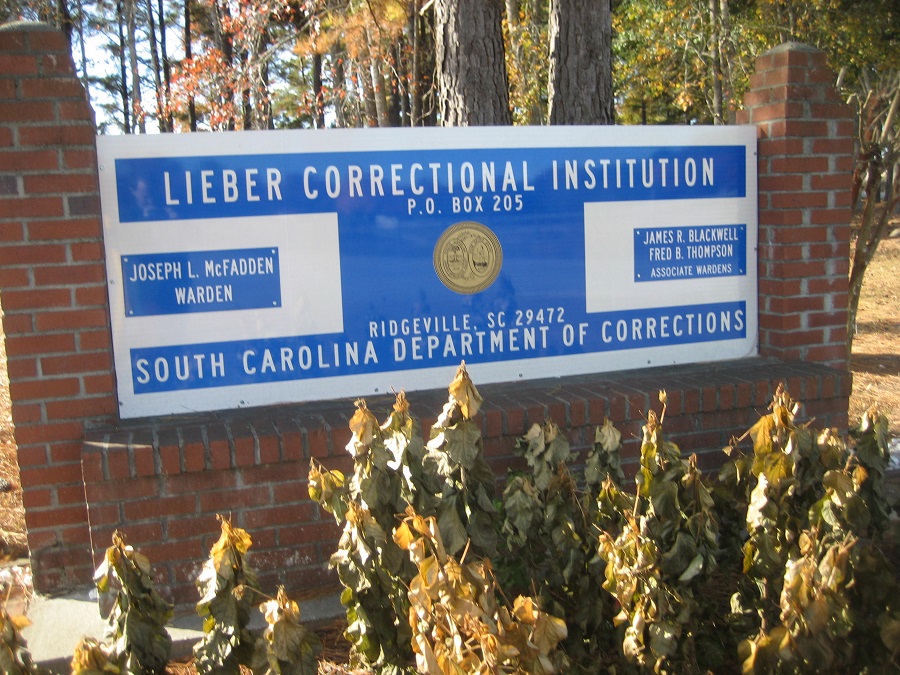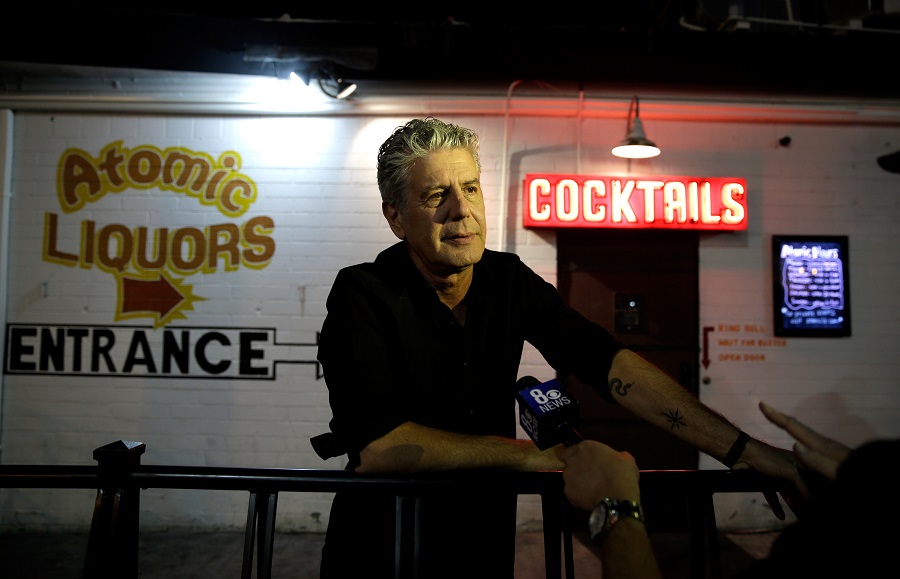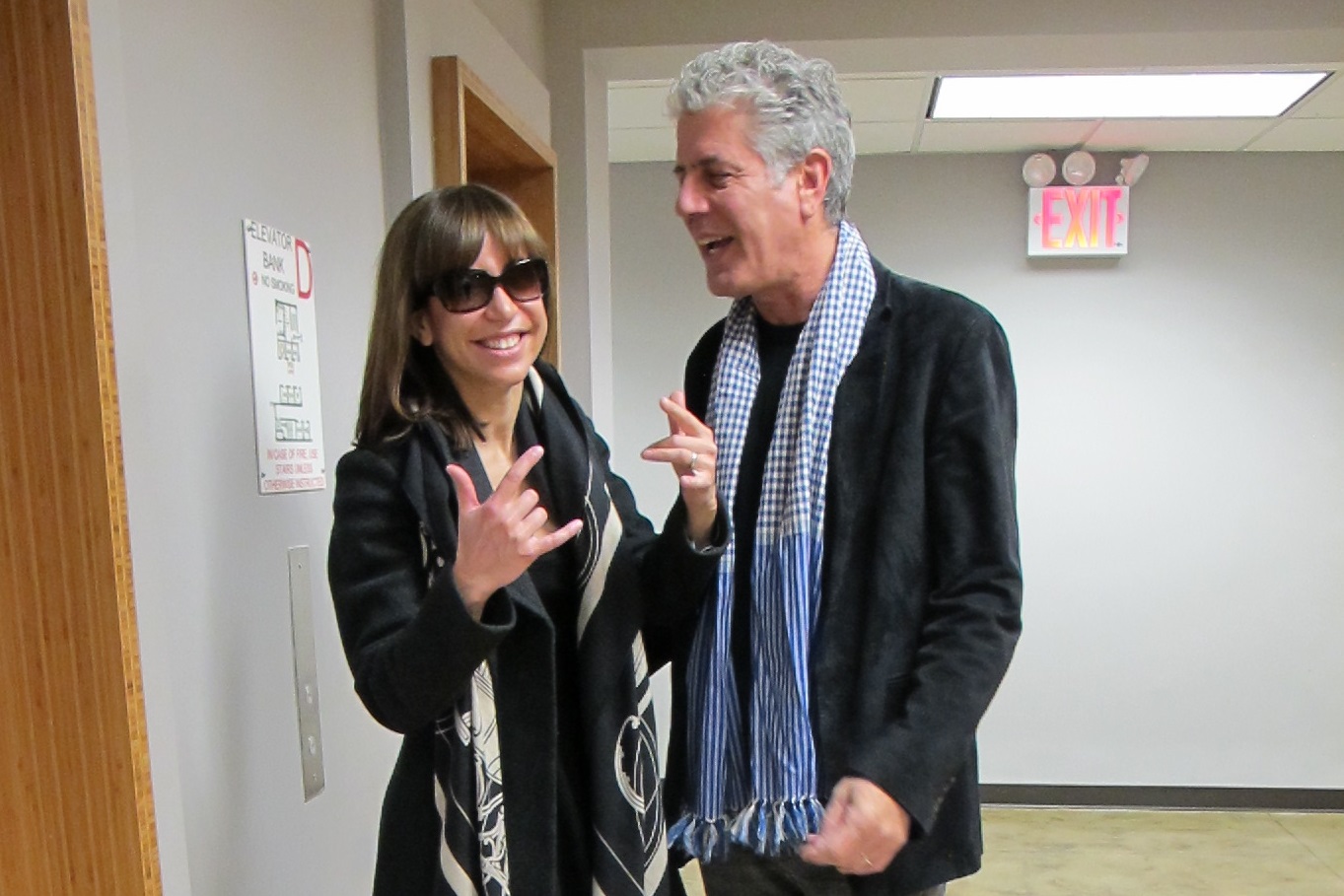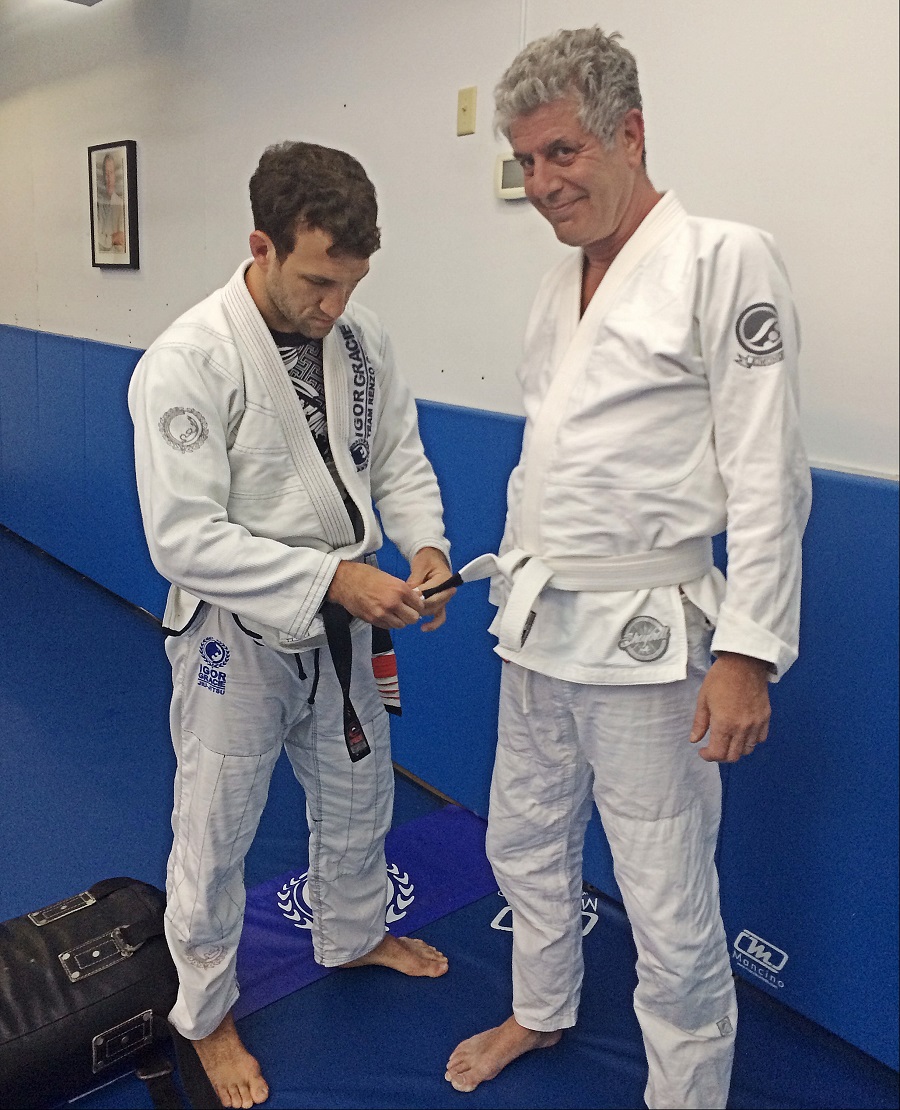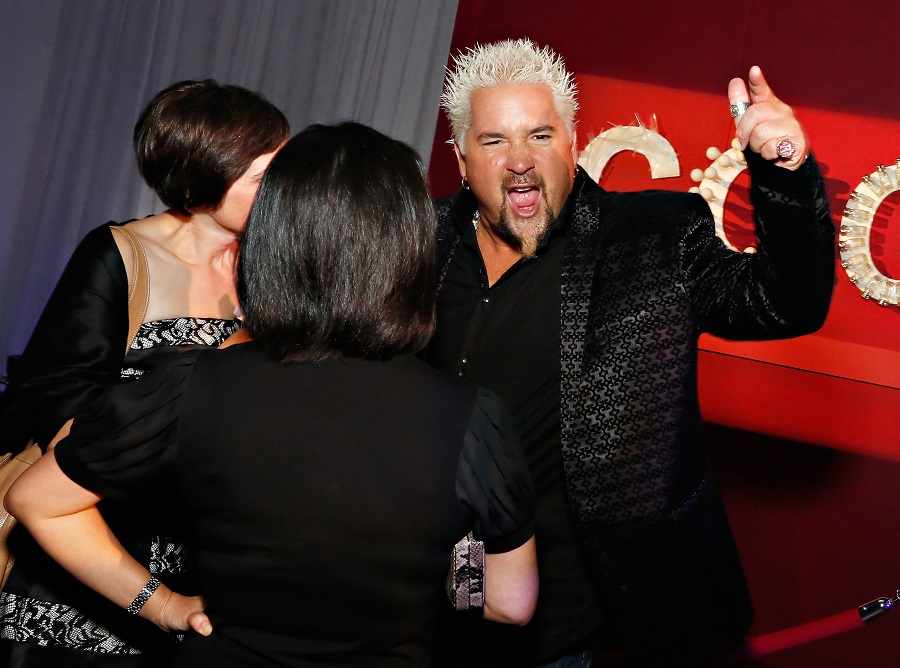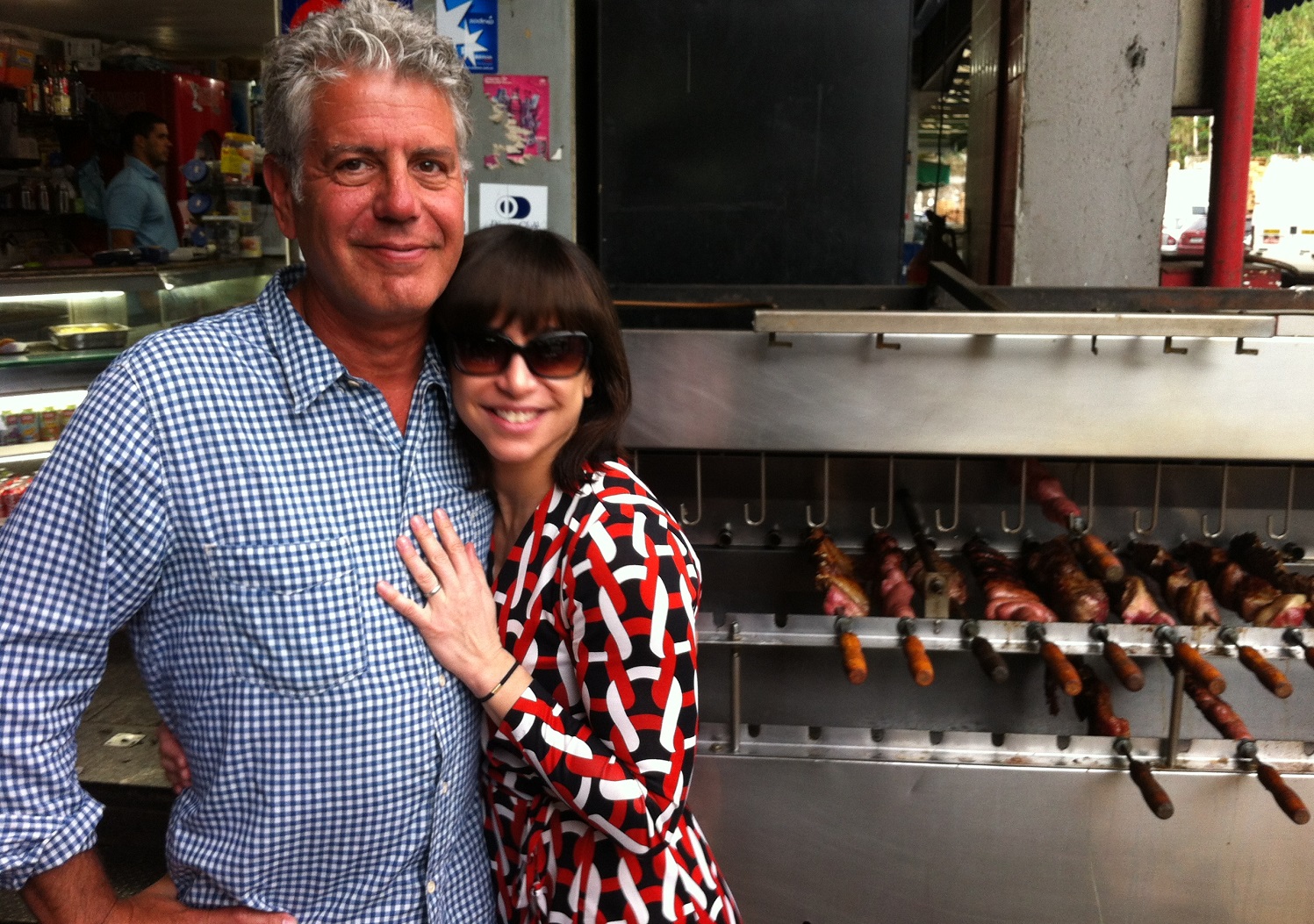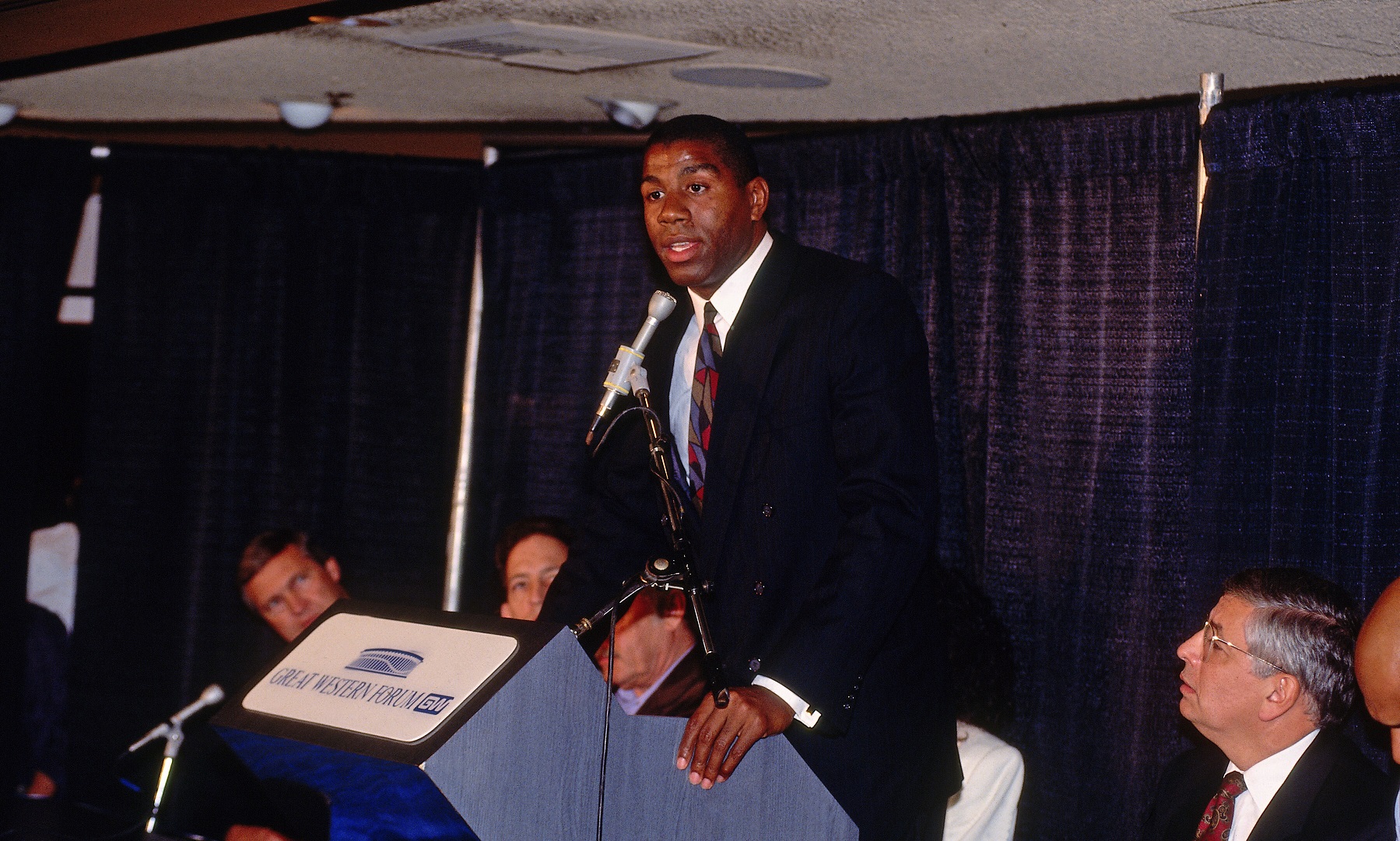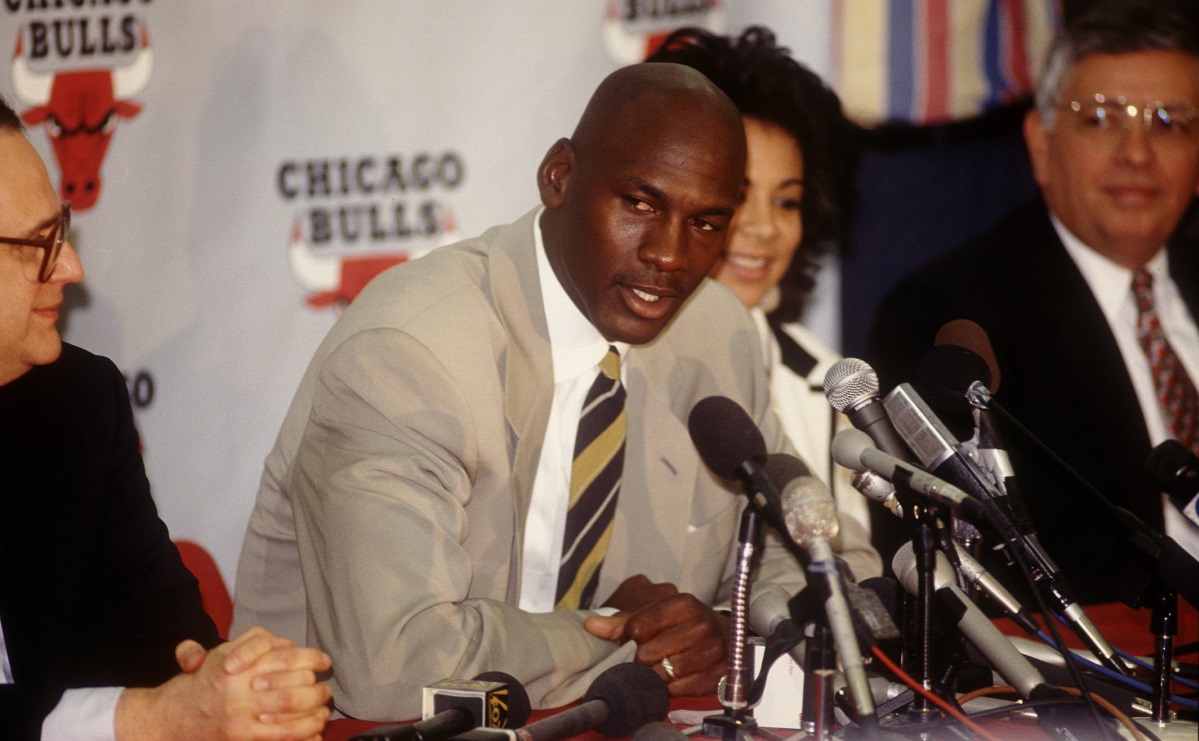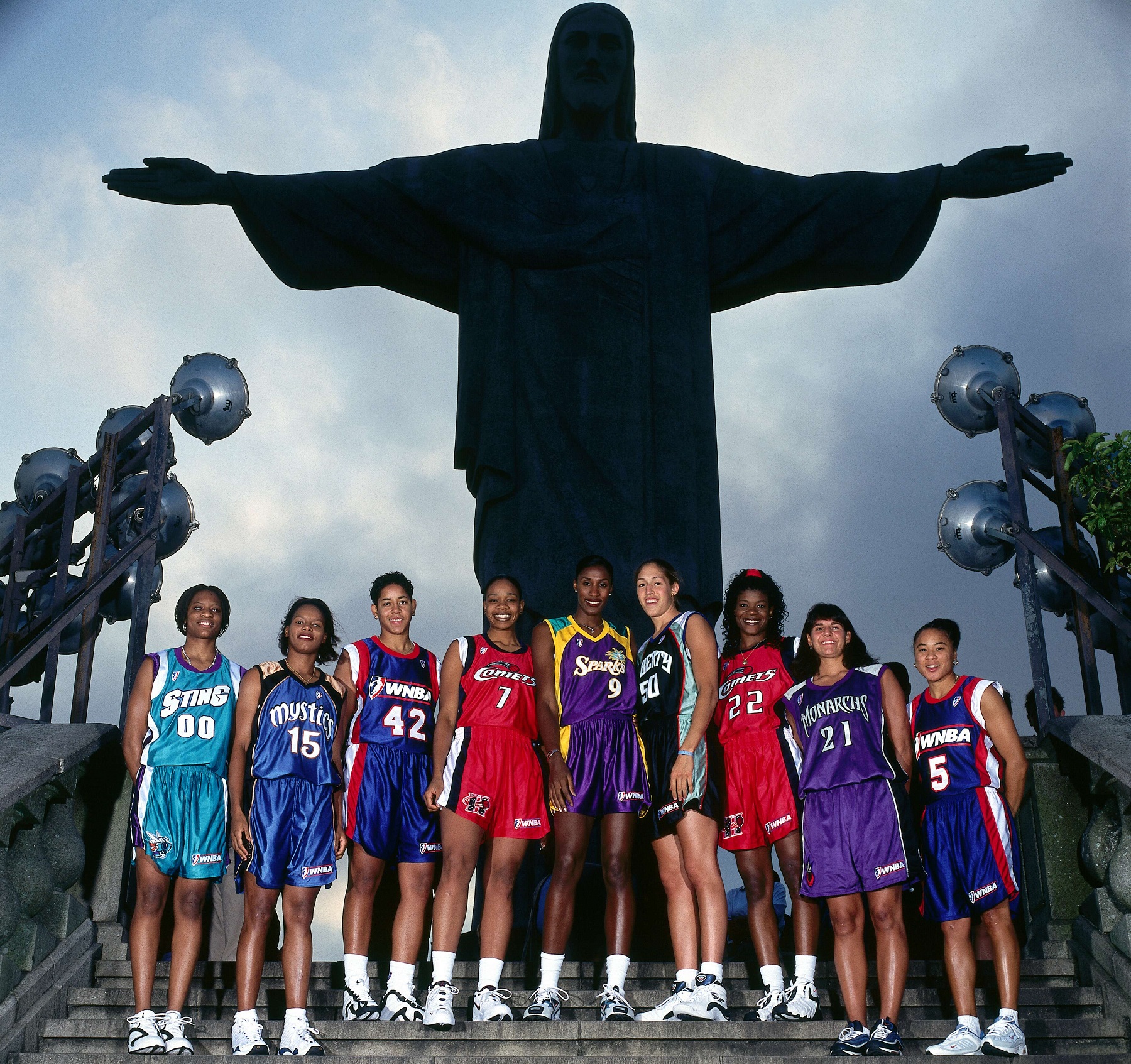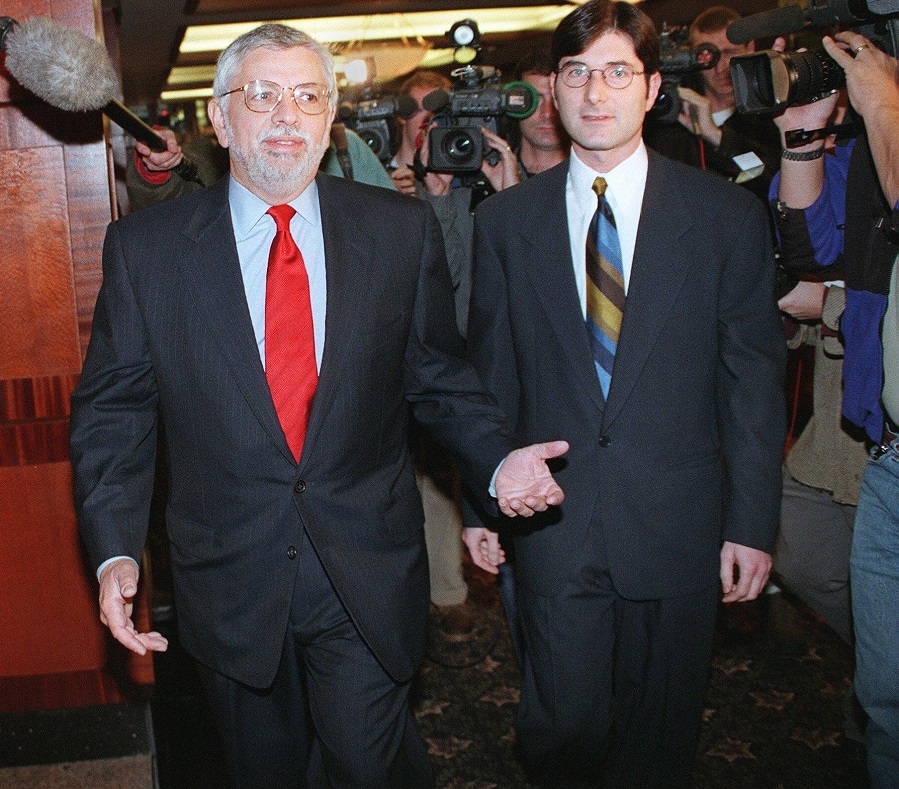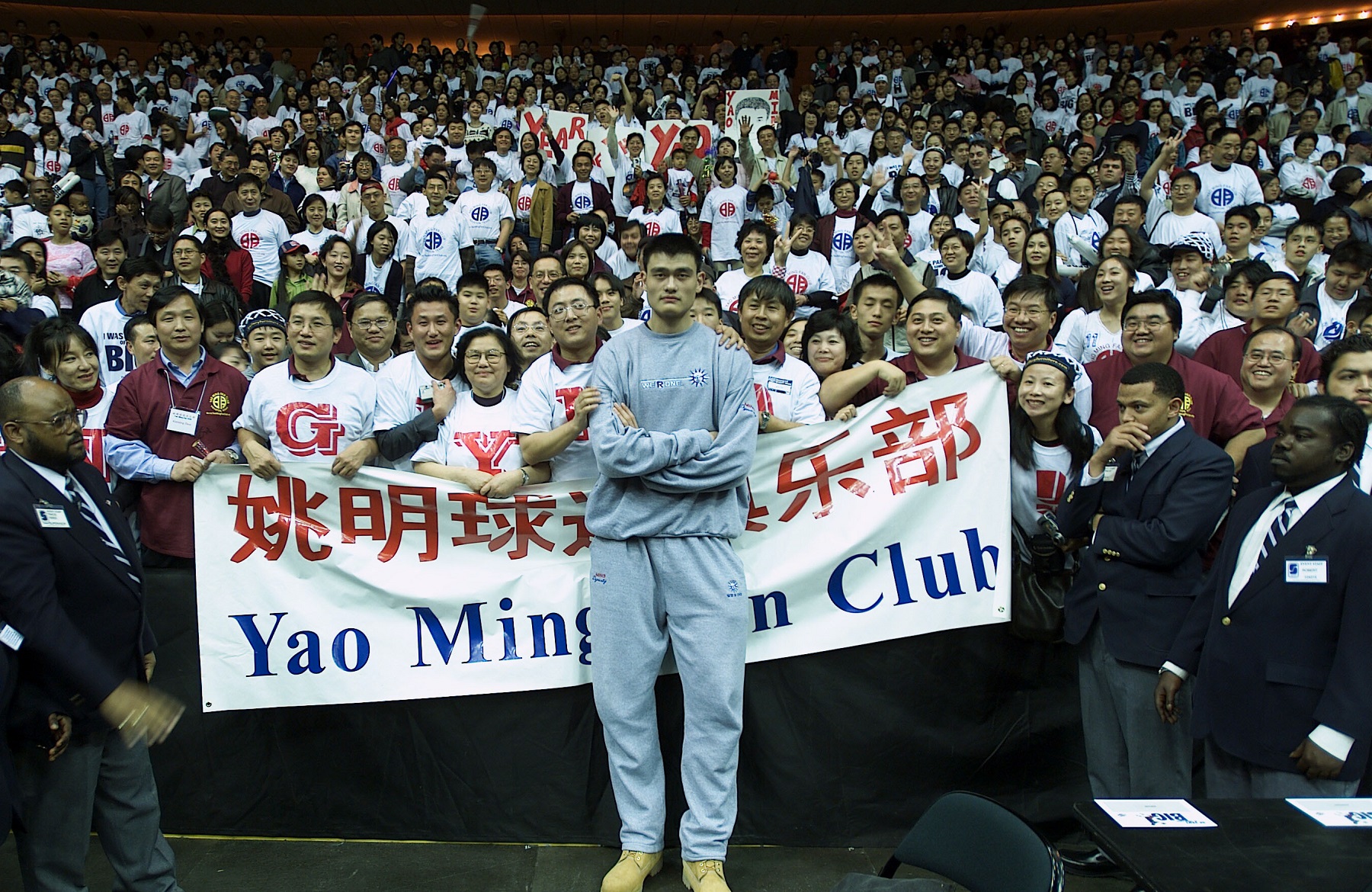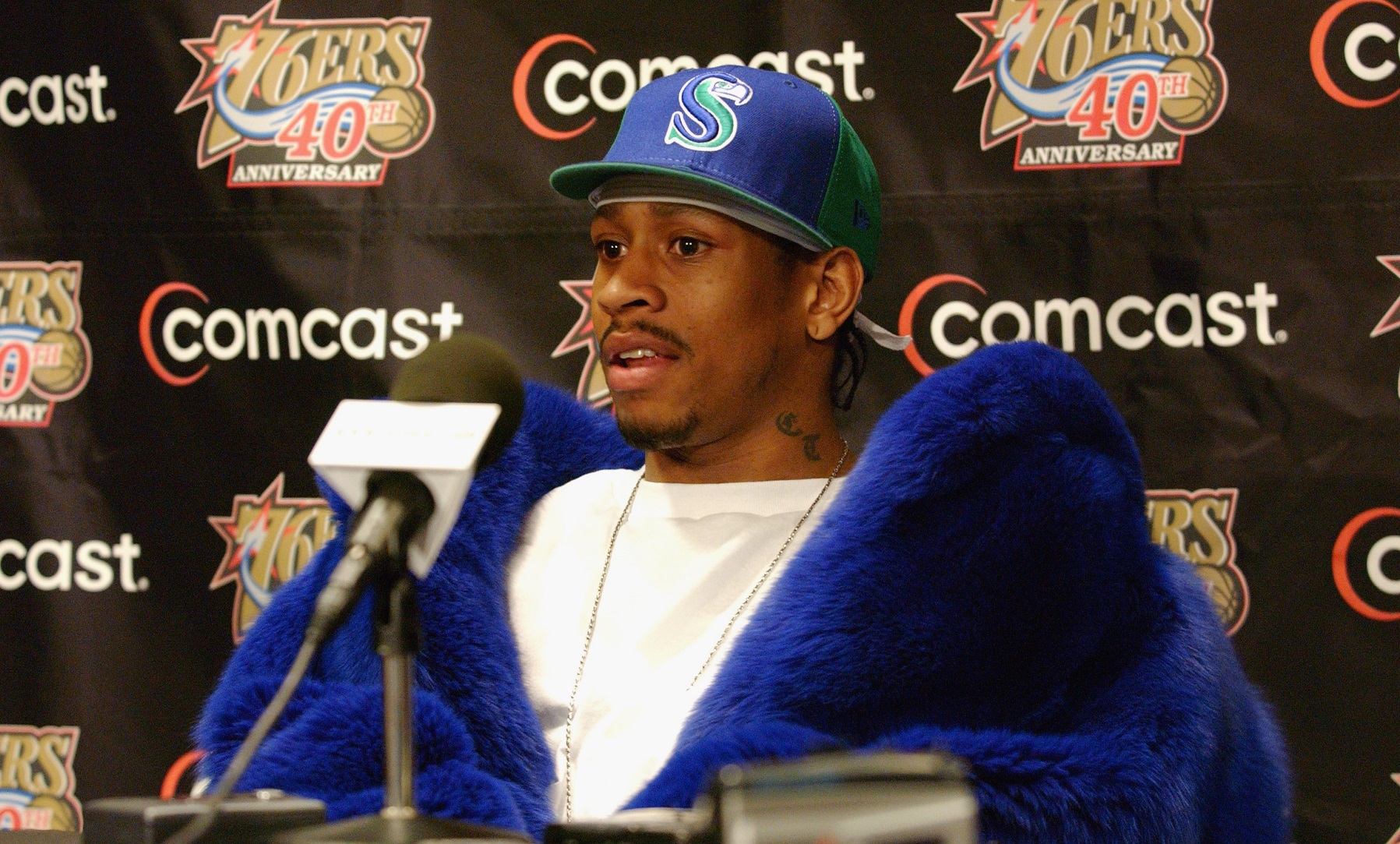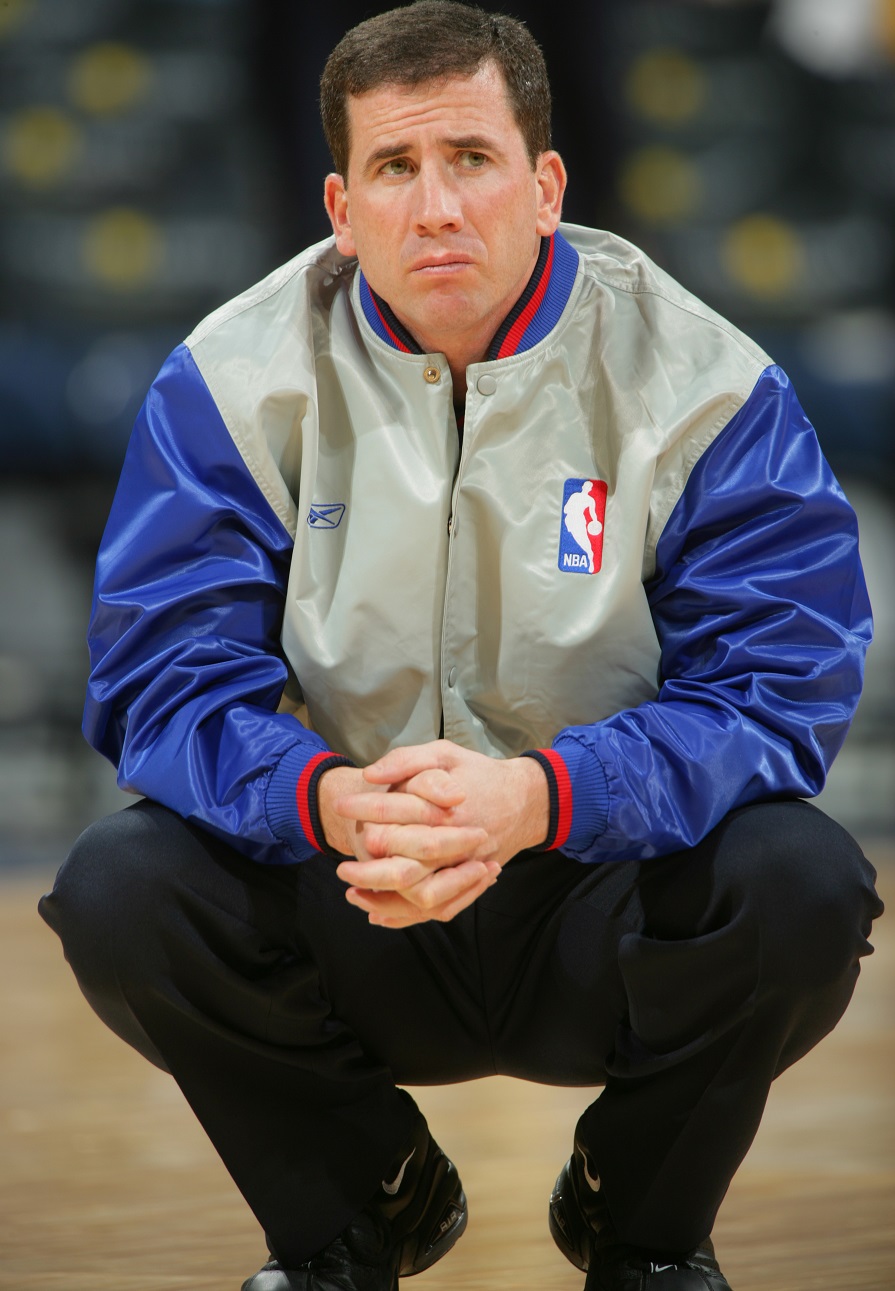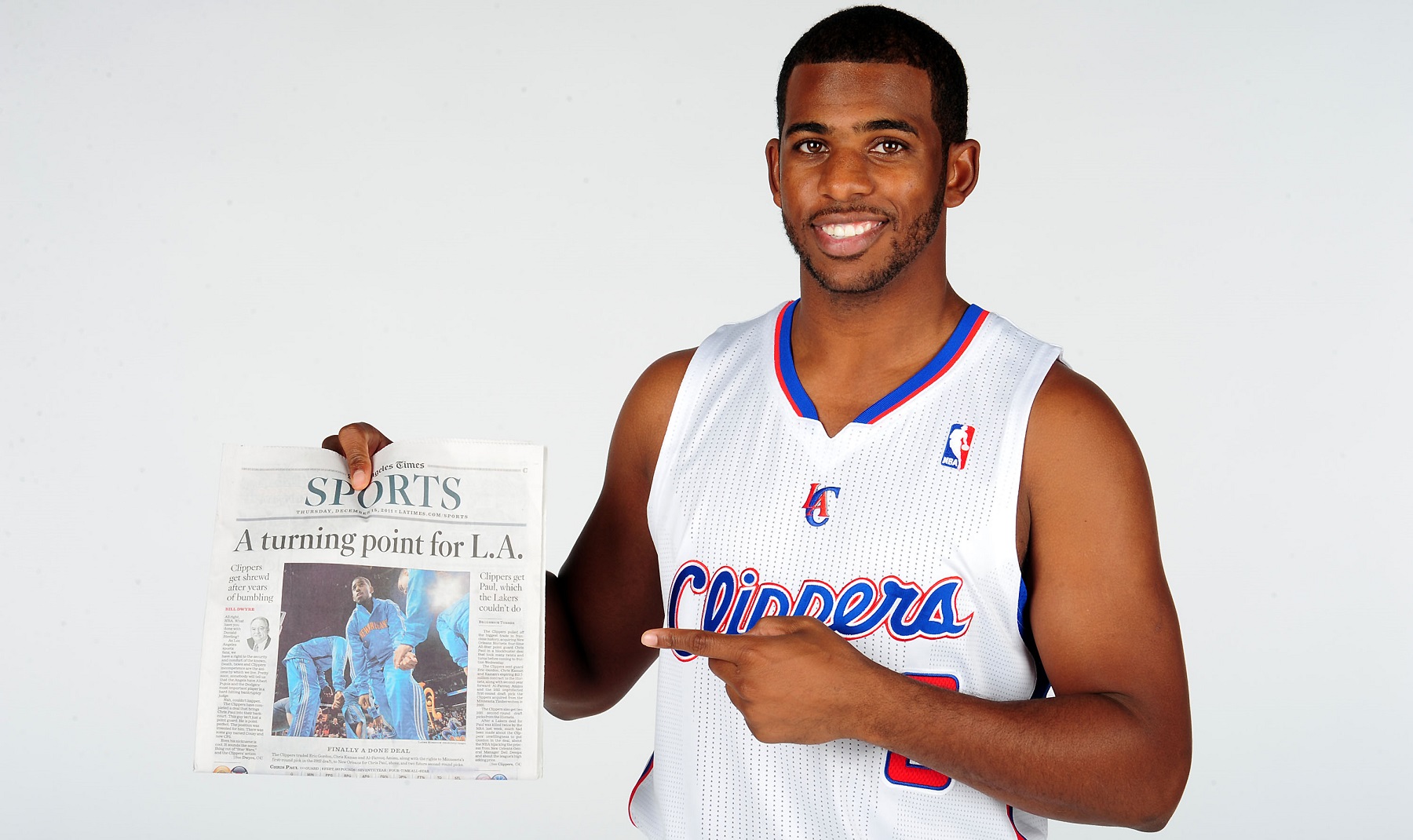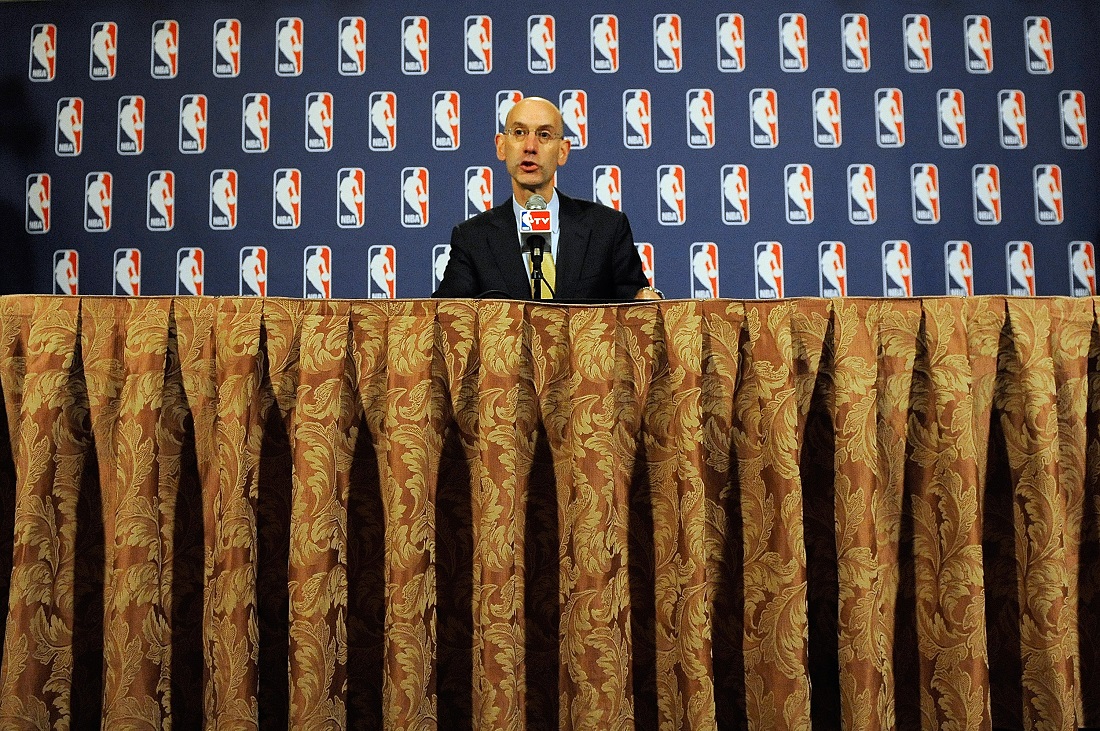~ ONE ~
Jeanine Loveland was 26 and needed out of Ocean City. She had moved to the Maryland beach town from her Pennsylvania home the moment she turned 18 to operate games at a carnival, working the midway, but she had become bored with the scene. The partying and the drugs, once liberating, had trapped her.
A small-boned girl with strawberry blond hair and fair skin, her eyes were big, blue and searching. She was adventurous and aimless. One day in June of 2001, she said, "I just closed my eyes on a map and landed on Charleston."
Within days of moving to South Carolina, she found work in a jewelry store and made some new friends. She had been there two weeks when she and a girlfriend went out one Friday night to Mitchell's, a bar on touristy Market Street. She had met a nice, older couple there the week before, and the place had a salsa band. After sharing some wine, she and her friend headed over.
Tipsy, but not hammered. Loose, but not out of control. Typical stuff.
They met two men. She danced salsa with one of them while her friend, like her, a tiny blonde, talked with the other. When her friend mentioned she was a caseworker at a middle school, the man told her he used to be a pro football player and would be happy to volunteer. He was affable and friendly, his build short and powerful. His name was David Meggett.
At some point, Meggett bought a drink for one of the girls, or maybe the other — memories of that night would later prove difficult to pin down. After her friend left the bar, Loveland sipped the drink intermittently, leaving it unattended for stretches of time while she danced. But at a certain point, something changed. Her balance suddenly became off. The room started spinning. Other patrons noticed her — her speech was "unintelligible," one would say later — and suggested that the bartender cut her off.
"Time for you to pay up, bitch," she said Meggett told her on the way to the car.
This was beyond unusual for Loveland; it was unheard of. She was no amateur when it came to drinking. "To this day, I've never gone from slightly tipsy to completely falling down," she said recently. From this point forward, her memories are kaleidoscopic. "Everything's just flashes," she said.
She stumbled out of the bar, and fell hard into a nearby doorway. The nice, older couple that she knew asked for her address so they could put her in a cab, but she refused to give it to them.
Meggett came out and helped her to her feet; it seemed like a chivalrous gesture at first. But then he began leading her down the block. Loveland tried to push away, desperately trying to rally her severely compromised strength and coordination. But Meggett, with one arm, hoisted her a few inches into the air and continued down the block, to where he had parked his Porsche, the tops of Loveland's feet dangling and scraping the concrete. Several years prior, Sport Magazine had named him the seventh-strongest man in the NFL.
"Time for you to pay up, bitch," she said Meggett told her on the way to the car, presumably, she thinks, in reference to the drink he'd bought earlier. His tone was strangely matter of fact and assured, the use of "bitch" more casually dehumanizing than angry.
"That's when I realized — and pardon my French — but, ‘Holy shit, this is about to go down.'"
~ TWO ~
He was cute. A "Mighty Mouse" type, 5'7 in a game of behemoths. He first made it as a running back and return man in 1989 for the New York Giants, a team famous in the era for its pulverizing physicality. You couldn't help but like watching him dart and dash away from bigger defenders, improbably escaping one dire situation after another. That sentiment was immortalized by ESPN broadcaster Chris Berman's famous refrain: "Look-at-that-little-Meggett-run!"
When he retired from pro football in 1998, the North Charleston native — known as Dave publicly, but called David by those close to him — was the NFL's all-time leader in punt return yards (he is currently second). He was All-Pro three times and played in the Super Bowl twice, winning a ring with the Giants in 1990.
Giants coach Bill Parcells didn't like him at first: "What do I need another midget for?" he sneered at Giants general manager George Young after Young drafted Meggett in the fifth round from a little known, Division I-AA school, Towson State. But Meggett, the Walter Payton Award winner as a senior, scored a touchdown in his first pro game and by the end of that season made the Pro Bowl as the league's leading punt returner. His signature moment came in the Giants' final regular-season game against the Raiders, a 76-yard jitter-bugging, pinballing, weaving, stopping-and-starting-and-bursting touchdown punt return that lit a freezing cold Meadowlands on fire, the crowd's Go! Go! Go! exhilaration accentuated by the fact that he was the smallest guy on the field.
He was a badass little player. And, to those he played with, a great guy.
Look-at-that-little-Meggett-run!
He was a badass little player. And, to those he played with, a great guy. That's often a throwaway line for former athletes to describe one another, but in Meggett's case, the specificity and consistency of their descriptions lend sincerity to the cliché. He was a pleasant, smiling presence on the team, someone who joked around, but took his craft seriously. He was a semi-star player, but he related to everyone, star or scrub, offense or defense, black or white.
Mark Collins, a cornerback on those teams, said Meggett "walked around the locker room just shucking and jiving and laughing. He had that embracing, funny element to him. And everybody gravitated to him."
"He was always a happy, cheerful kinda guy," said Erik Howard, a nose tackle on those Giants teams.
As for red flags, they existed for those who were inclined to look, which nobody really was. Sure, he liked the ladies a little too much — his own brother James describes him, descriptively and nonjudgmentally, as a "womanizer" — but this isn't a unique trait among pro athletes.
There was a 1990 arrest for soliciting a prostitute, but he wound up being acquitted, and nobody found the incident too alarming to begin with. "We made fun of him the next year during team stretch," said Collins. Then in 1995, he was charged with domestic violence in an incident with a girlfriend, but was acquitted once again, and in the pre-Internet days, the episode came and went from the news cycle without sticking. When the judge ruled that Meggett had "exerted reasonable force to stop [the girlfriend] from entering his home," it seemed a definitive rebuke to his accuser's assertion that he had lifted her off her feet and thrown her on the concrete.
He famously became a Parcells favorite, a player whose thick skin could withstand the coach's needle, one who avoided mistakes and injuries, and one whose willpower was his best attribute. Several years after Parcells left the Giants, he became the Patriots' head coach. When Meggett became a free agent in 1995, Parcells brought him to New England.
Larry Kennan, the Patriots' offensive coordinator in 1997, said Meggett was "a wonderful guy to coach. He was pleasant, happy, and played with emotion. He was extremely bright, and was as good at knowing pass protection as anybody I've ever been around. He just had a wonderful street sense about who to pick up and who not to pick up."
~ THREE ~
For half a decade, starting when she was 5 years old, Loveland was regularly sexually abused by someone she would only describe as "not a family member." She turned to drugs and alcohol to cope: She had her first drink when she was 11, was using drugs regularly by 13, and was in rehab by 16.
When she turned 18 and left home for Ocean City, she fell in with a group of heavy drug users. By moving to Charleston, she wanted to leave behind the cocaine and heroin she'd sometimes snorted and start fresh.
She's left with post-traumatic stress disorder and awful fragments of memory from that night.
Meggett may have had a predator's sixth sense that identified her as a target, but Loveland herself thinks her bad luck owes less to her past than to her small stature, her resemblance to her friend with whom Meggett had first been talking, and the fact that she was alone at the bar once her friend left.
"Wrong place, wrong time," is how she puts it. She's left with post-traumatic stress disorder and awful fragments of memory from that night.
She remembers being forced into Meggett's car. Then she remembers lying flat on her back some place she didn't recognize, with Meggett twisting her left hand across her back, pinning it underneath her as he forcibly penetrated her. She remembers looking up past him, at wood beams on a ceiling. Was she raped in an abandoned building? A gazebo in a park? She'll likely never know.
"At a certain point, I was like, ‘Just get it over with,'" she said. "You kinda leave your body. And since I was drugged, I kinda had anyway."
Meggett finished, but Loveland's nightmare wasn't over. He picked her up and threw her back into the passenger seat of his car. When she reached out to stop the door from closing, it closed on her hand, which caused a spike of horrible pain and nerve damage she has lived with since. Then the car pulled away. She had no idea where they were going, but she was fairly certain she was going to die.
This realization triggered a survival instinct. Her thoughts, theretofore scattered, focused on one goal: Get out of the car.
At first, she couldn't find the door locks, but then it dawned on her that the door locks on a Porsche are in the center console. She waited for a red light, and with her right hand still trapped, she reached her left hand to the center console to unlock the door before reaching across herself to open it. Meggett slowed down, but he didn't stop. Loveland, who had taken gymnastics as a kid, remembered the mantra: "Tuck and roll."
Out of the car, implausibly on her feet. In some combination of shock and horrible pain, but standing. She spotted two men, transient-looking types. Later, one of these men would swear in an affidavit that he had drunk 12 to 15 beers. The two had seen some strange things in their day, but nothing like this: A white girl tumbling out of a Porsche in the middle of the night on the black side of town.
"Help me!" she screamed, hysterical with fear. "I've just been fucked and I didn't ask for it! Please say you're not gonna hurt me! Am I safe? Please say I'm safe!"
Meggett yelled, "Get back into the car!" then drove off a few seconds later, leaving Loveland crying on the street.
![Meggett_david-6]() Meggett's 2001 mugshot.
Meggett's 2001 mugshot.
The men called 911, and police arrived and took Loveland to the hospital. She was administered a rape kit and given painkilling drugs. Police questioned her, but since her consciousness had been fragmented, her memories were, too. She felt pressured by cops, and she wanted badly to go home. When she was asked to describe a suspect, she described, in detail, Meggett's friend, with whom she had danced.
"You're asked so much stuff, and you're grasping at everything, and you're in a state of shock. I was trying to give what I knew at the time," she said.
When she finally got home, she plopped onto her bed and turned on the television — and was greeted by the image of Meggett. Despite Loveland's misidentification, witnesses at the bar had identified him, and his arrest made the local news.
"That's him!" she thought to herself, and the memories of Meggett doing horrible things to her snapped into clarity in her mind. So did a realization of what she was up against: Her rapist likely had resources that she did not, and pursuing charges against him would bring her the worst kind of attention. Just when she thought it was over, the episode had managed to get worse.
"I was like, ‘Why can't anything be normal in my life? Couldn't I have just been raped by an average person?'"
~ FOUR ~
That night, a police station check of Meggett's name revealed an incident from earlier that month filed under "suspicious activity." The report concerned a 20-year-old female acquaintance who knew Meggett as "Mike." She stated that "Mike" brought her to his house, gave her alcohol, then tried to kiss her and shove his hand down her pants. When she rebuffed him and said she had to leave, "Mike" got angry and refused to offer her a ride. She subsequently called police, but no charges were filed.
Football fans who had been paying attention may have recalled an incident that made the news several years before. After the 1997 season, Meggett had been accused of raping a Toronto escort and stealing back the money he had given her.
It took place during a bachelor party for Steve Brannon, an ex-Patriot and Giants practice squad player who at the time was playing for the Canadian Football League's Toronto Argonauts. Brannon hired an escort he'd previously patronized to share with Meggett, and rented a room at the Royal York, a grand old hotel on the Toronto lakefront.
Meggett walked into the room with his winning, short-guy strut and eager smile, and sized up the escort, 33-year-old Betty Huryn. The mother of a small child, she was 5'9 and curvy, with dyed blond hair. Meggett beamed and said, "It's party time!" before throwing down a wad of $480 in cash. It was February after a long season. The body was healing up. The sport's regimentation and brutality were many months away. He had earned this.
He put a condom on and commenced the party, he and Brannon taking turns, going hard. Football players are physical machines who lease their bodies out to a business of pain, a perfect match for an industry in which bodies are leased out for pleasure. Everyone knew the deal. Then Meggett's condom broke and Huryn told him to stop.
Meggett's response was to laugh, and keep going. Huryn told him again, but this time Meggett grew irritated. Who was this hooker dictating terms to him, only a year removed from the Pro Bowl? Didn't she know she wasn't dealing with the average John?
"Meggett said the Patriots test him for AIDS all the time and I wouldn't catch anything," Huryn later told the Boston Herald. "He had a real attitude, like he was something special because he's a football player who gets tested."
He slapped her across the face several times — "from one side of my ear to the other — boom, boom, boom."
Meggett continued, Huryn resisted, and Brannon held her arms down. Once teammates, always teammates. "I couldn't believe Steve wasn't stopping him. He's supposed to be my friend," Huryn told the Herald.
She was finally able to wiggle free before Meggett finished, and she ran into the bathroom to rinse off and collect herself. When she emerged, Meggett was angrily fishing through her coat pockets for the $480 he had given her. She protested, but by this point Meggett had had enough. He slapped her across the face several times — "from one side of my ear to the other — boom, boom, boom. And Steve is just standing there. That's when the tears started," she said to the Herald.
She fled the room and was spotted by other hotel guests and staff, who called police. She was taken to the hospital, where she was tested for STDs and given a quadruple dose of morning after pills. Meanwhile, Meggett and Brannon went out drinking. When Meggett was later arrested, a police source told the Herald that Meggett worried that the handcuffs would scratch his watch.
He hired one of the best and most expensive lawyers in Canada. Soon after, his defense team started smearing the alleged victim. Nine days after the incident, an article appeared in the Herald headlined, "Meggett accuser evicted for nonpayment in '95."
"She's a liar," her former landlord told the paper about the "admitted call girl," which was and still is a legal profession in Canada. "She would say she had the money and then she wouldn't give it to us."
Prosecutors ultimately declined to pursue the rape charge, proceeding only with charges for assault and theft. A trial resulted in a hung jury, and authorities, citing limited resources, declined to try Meggett again.
"There were some inconsistencies in the complainant's testimony. It wouldn't have been a clear-cut prosecution," Calvin Barry, the prosecutor, said.
"And if you come to court, in the perception of the jury, with ‘unclean hands,' it's difficult. Some jurors go, ‘She's a big girl, she should have known what she was getting into.'"
~ FIVE ~
Meggett might have beaten the charges, but he didn't escape the episode unscathed. The Patriots released him before the 1998 season, adhering to team policy under owner Bob Kraft that violence against women would not be tolerated. Two years before, the Patriots had drafted Christian Peter, a defensive tackle from Nebraska with a history that included sexual assault, only to dump him several days later.
"It was Bob Kraft's mantra," Don Lowery, the Patriots public relations man at the time, told me. "When that incident happened, it was so egregious. And he liked David. You couldn't help liking him." Head coach Pete Carroll told a reporter, "If you see a pattern developing, at some point you have to decide if that pattern is taking you down the wrong road. We can't dictate behavior, but we can decide whether we want somebody to be part of what we're doing."
Meggett was picked up late in the 1998 season by his old ally, Parcells, who by then had moved on to the New York Jets. He hardly played, and after the Jets were eliminated from the playoffs, Meggett wasn't re-signed by the Jets or any other team. Just two years after making the Pro Bowl, Meggett was done at age 32.
The rest of the league had finally seemed to reach the same conclusion as the Patriots. In light of the Toronto incident, Meggett's history with women looked more like a rap sheet than what had always been dismissed with a "boys-will-be-boys" shrug and an eye roll about gold diggers. Perhaps his womanizing had been darker than previously thought, less the excesses of a charming, young athlete who could sweet talk girls and more of a compulsion. One ex-girlfriend said he had a "love and sex" addiction. But the domestic violence charge hinted at a capacity for violent rage toward women, and the solicitation arrest now seemed like an early indication of an uncontrollable, destructive sex drive, as well as a deep-seated attitude that women were disposable sex objects.
There was this, too: nine out-of-wedlock children he eventually fathered with eight different women.
There was this, too: nine out-of-wedlock children he eventually fathered with eight different women. They now range in age from 8 to their 30s. Many are Facebook friends with each other.
Meggett was involved in their lives about as much as his own father, who abandoned the family when David was still in the womb, was in his. The 1997 Patriots media guide listed Davin Meggett, a 23-year-old running back on the Washington Redskins practice squad at the end of the 2013 season, as his only child.
"He said those women were groupies. He never intended to have a child with them, so he didn't look at it as his child," said one former girlfriend.
Consequently, he was constantly being chased down for child support payments, which he treated as a minor inconvenience that didn't impact his sunny, upbeat disposition. In 1997, a woman sued Meggett for non-support of his 21-month-old daughter; two weeks before, Meggett had refused to put the child on his health insurance. Yet on one morning before court, Meggett arrived early to sign autographs for the court staff. The guy stiffing a small child was acting the part of the generous prince.
During that trial, Meggett, who had initially denied he was the child's father, broke down crying, claiming that reading the Bible had led him to a moral epiphany. The display of remorse worked: Although he was being sued for $60,000 a year in child support, the judge reduced the payments to just $22,500.
On another occasion, before a 1997 game in Jacksonville, after welching on child support, Meggett was served with a writ of ne exeat from Florida marshals, preventing him from leaving the state until he posted a $25,000 bond. He paid the bond in the team hotel before the game, then went out and played well in a big Patriots victory.
These incidents showed, and also perhaps reinforced, Meggett's extraordinary capacity for compartmentalization and denial, an acute ability to walk around untethered to reality. As one ex-girlfriend described it, Meggett could "put things out of his brain like it wasn't really happening."
After his career ended, Meggett depended on this ability more and more. As child support payments swiftly reduced the approximately $10 million he earned playing football to nothing, he remained outwardly carefree. The attribute also came in handy for someone who occasionally did horrible things, but liked to present himself as a caring person.
"He was like the perfect guy. Except he was a total liar."
![82544419_medium]() (Getty Images)
(Getty Images)To the girlfriends he rampantly cheated on and often wound up leaving to raise his children on their own, he was a Prince Charming, an attentive boyfriend who made sweeping, romantic gestures. Once he left elaborate rose petal pathways in the house, leading to signs, one after the other, saying, "Follow" "The Way" "To My Heart." Another time he showed up at a girlfriend's workplace cafeteria on Valentine's Day with a lobster dinner and flowers. Another time he drove for hours just to replace a worn out pair of sandals. He was a good listener, sensitive and empathetic, a man who knew what women wanted.
"He was just a nice guy ... He was sweet. He was romantic. He was like the perfect guy," one ex said to me. "Except he was a total liar. If you told him the sky was blue, he'd say it was green.
"He made you fall in love with him and then it was too late when the bad things came to light."
How much of the good stuff was genuine and how much was manipulation? Was Meggett a well-meaning guy with some horrible outlier moments of inexplicable behavior, or was he a cunning sociopath with the ability to convince people that he would be the last person on earth to commit the heinous crimes he was repeatedly accused of?
Several months after the Toronto rape incident, reporters sought out an ex-girlfriend, the mother of Meggett's daughter, who had taken him to court the previous year. They likely expected to encounter an embittered woman relishing the chance to pile on. But no.
"It doesn't sound like him at all," she told the Boston Herald of the attack. "But then, he wouldn't be the first athlete that was ever taken advantage of.
"There are a million people out there," she added, "who will say something to get a piece of someone's fame."
~ SIX ~
The prosecution of Loveland's case was problematic from the start. Her initial misidentification of her attacker and the likely fact that she was drugged at the time compromised the case. Under South Carolina law, an inebriated victim is a factor that allows a third-degree sexual assault charge, which carries a maximum prison sentence of only 10 years, compared to a maximum of 30 years for a first-degree charge.
But in the weeks following the incident, the case became even more compromised when two key witnesses drastically changed their stories about that night.
The first was Kenneth Brown, one of the two men who witnessed Loveland leaping from Meggett's car and called 911. The initial police report read, "Note that [Brown] was present at 259 Rutledge Ave. when the victim jumped out of the suspect's vehicle ... The victim began screaming ‘Let me out' and jumped from the moving vehicle." His account was essentially the same as that of the other man present, Sylvester Magwood.
However, several weeks later, in a sworn affidavit, Brown painted a completely different picture — one Loveland believes was coached by Meggett's defense. In Brown's new account, the car stopped, and Loveland opened the door and simply stepped out. "The girl never complained that she had been hit or assaulted in any way," he wrote. "Her dress was not torn or even messed up. She never complained that the driver of the Porsche had raped her or physically forced her to do anything. There was nothing unusual about her appearance."
Brown didn't account for why Loveland would have gotten out of the car in a strange neighborhood or abruptly started screaming. The statement ended: "I would say that I thought she was drinking but I certainly didn't think she was intoxicated."
The statement of Anthony Blackmore, the doorman for the bar, underwent a similar transformation.
At 2:30 a.m. the night of the incident, Blackmore wrote in a witness statement that he had seen Loveland leave the bar "stumbling, really ‘cause she was so drunk." After Meggett helped her up, Blackmore testified that, "I saw her trying to push him away, using her forearm toward his side ... He had his arm around her by her shoulder, kinda keeping her from falling over."
But in his affidavit several weeks later, Blackmore portrayed Meggett and Loveland as an affectionate couple, stating, "They held hands ... When they walked by me, nothing happened that seemed inappropriate or out of the ordinary... Mr. Meggett did not grab or hold the girl in any improper way. Mr. Meggett appeared to be sober, friendly, and courteous. He did not do anything to raise concern or suspicion."
For his part, Meggett, in his only statement on the matter, made to the detective who arrested him, admitted he had sex with Loveland and that she was drunk, but he said that she seemed "okay."
Meggett claimed that as he was driving Loveland home, shifting the manual gearshift of his car, Loveland grabbed at his hand and said, "I like how you shift your gears, I'd like to see your other gear shift." Then Loveland climbed on top of him and the two had sex. It was only after he pulled over to ask for directions from Brown and Magwood that Loveland jumped out of the car and suddenly began screaming.
Loveland said she finds the gearshift line "Sickly hilarious. I mean, which porn is that from?"
~ SEVEN ~
There is a saying in law enforcement that for the victim of a rape, testifying at trial is the second-worst thing that will ever happen to them. This helps explain why, according to the Rape, Abuse, and Incest National Network, just 40 percent of rapes are reported to police. Only 8 percent ever lead to an arrest, and just 3 percent result in the rapist spending a day in prison.
In the weeks following the attack, Loveland researched Meggett's past on the Internet. She read about the 1998 Toronto incident, and what she discovered alarmed her: "I knew he had done this before and he got away with it, so why would it be any different with me?" The sudden reversal of Brown's and Blackmore's testimony seemed to confirm the power of Meggett's resources. Not insignificantly, he had retained as his counsel a high-profile, and highly-paid, defense attorney, Bart Daniel, a former U.S. Attorney appointed by the first President Bush. Loveland, with her paycheck from the jewelry store, couldn't compete with that firepower. She feels that the civil attorneys she retained capitalized on her naiveté and pushed her toward a settlement she didn't really want. Because she chose not to proceed forward with the criminal proceedings, prosecutors dropped the charges.
"It was ‘He has money, he has this. It's a he-said, she-said thing. Your past is gonna be brought up. There are no guarantees if you go to trial.' They kept plugging, ‘You're the poor victim, you don't want this to continue.'"
One of her attorneys said, "You can get some nice new outfits."
The settlement was for less than $100,000, but Meggett was just as delinquent in paying Loveland as he was with the mother of his children. Loveland didn't see a dime at first.
After he defaulted, on both the cash payment and several other terms, like agreeing to undergo counseling, Loveland sued him in civil court and won a $1.5 million judgment. But Meggett was largely tapped out by this point, and authorities had to seize his house to come up with as much money as they could. Loveland, after lawyer fees, eventually came away with about $80,000.
The attack had sent her into depression, and she used the settlement money to enable a prolonged stretch of inactivity and substance abuse. She didn't work for two years, using the money to pay her rent, supply her drug habit and buy a truck. Within four years, the money was gone.
The money tethered her to Meggett, enhancing her sense that he was always lurking and would never really leave.
"I don't know how to explain this to people, but it didn't feel good to have it. I lived off it, but it enabled my darkness," she said.
The money tethered her to Meggett, enhancing her sense that he was always lurking and would never really leave. It's a common symptom of rape victims dealing with post-traumatic stress disorder. In Loveland's case, it was exacerbated by seeing Meggett on television the day after she was raped by him, and then by a creepy coincidence several months after the attack: While driving her car during a rare trip outside the house, she pulled up to a red light. A moment later, Meggett's Porsche pulled up beside her in the other lane.
"I just froze, waiting for the light to turn," she remembers. Meggett didn't notice her, or if he did, he didn't acknowledge it.
Through the years, Meggett, or the memory of him, has repeatedly popped up out of nowhere for Loveland, unleashing an overwhelming flood of emotions. In 2006, five years after the attack and after she enrolled in college and made straight A's her first semester, Meggett's name surfaced again when he was charged with another sex crime. And in 2010, nearly a decade after the incident, Loveland was subpoenaed to testify in a trial for another Meggett rape the previous year. (She wound up never being called.) Then, even after Meggett was imprisoned, and that chapter of her life seemingly closed, I contacted her on Facebook, out of the blue. She hasn't slept well in the several weeks since.
"You're approaching me after so many years, and it's like, ‘This guy is never gonna leave," she said.
"He's become a part of my life, and it's still aggravates me. Like, when I'm watching football, and I hear the [FOX NFL jingle], I think of him. And it's like, ‘That fuckin' Meggett.'" Another victim I spoke with said she still has nightmares about Meggett.
Her constant fear fed on itself, and over time Meggett's significance grew in her mind. In the intervening years, as more incidents of his sex crimes surfaced, she followed them closely, even commenting about him on various sports blogs.
"I felt I needed to know everything I could about him. The more you know about somebody, the more you know where they are, the safer you can feel, in some strange way."
Along with fear, Loveland also carries indignation and anger toward all the players and factors involved that resulted in her settlement. She said she feels cheated "in certain ways," by her attorneys, by the witnesses who changed their testimonies, and by what she calls "the system" in general: of patriarchy, of athlete idolization, and of a justice system not blind to the influence of money and status.
Lastly, despite herself and all the not-your-fault-reassurances of the world, she also has carried guilt. Although there was no way for her to foresee it, three women would accuse Meggett of rape after her settlement. Given the statistics about how seldom rapes are reported, it's an open question how many women Meggett may have actually attacked.
"I always felt somewhat responsible," Loveland said. "If they would have followed through with everything in 2001, maybe everything else wouldn't have happened."
~ EIGHT ~
When Davin Meggett (pronounced DAY-vin) spoke with me on the phone in early November, he had been released by the Dallas Cowboys' practice squad several days before, and would be signed to the Washington Redskins' practice squad five days later.
Despite the instability of his career, his demeanor is relentlessly upbeat, assertive and genial. This is true even on the subject of his father, who he hasn't seen since 2008, and about whom his feelings are conflicted, but ultimately loving. During our conversation, his remarks on his father careened all over the place, reflective of the internal wrestling match between his need to love his dad and the knowledge, at least partially acknowledged, that he has done horrible things.
"What he did wasn't excusable, it was disgusting, it was wrong, it was unforgiveable. But he's not that nature of a man."
![127870254_medium]() Davin Meggett (Getty Images)
Davin Meggett (Getty Images)Davin, who was primarily raised by his stepfather, said Meggett was "a great father." But he also characterized him as "a distant uncle figure."
"It's my impression that whatever happened to my dad, and whatever my dad did, wasn't his fault," he said. "I think people in his situation would have done things too." But then he said, "What he did wasn't excusable, it was disgusting, it was wrong, it was unforgiveable. But he's not that nature of a man."
As to the specifics of the crimes, including the one that eventually put him in jail, he said, "Do I think he did it? I think he did something. I don't think he did what the police said, or the woman said. He may have hit her, but I don't think he did it to the extent that he had to go away for 30 years. He could've put his hands on her violently; he's an explosive athlete. I'm not gonna say he didn't hit her. But it wasn't a Floyd Mayweather jab to the throat. Maybe he just pushed her into the wall or something like that."
Davin repeatedly referenced his father's giving, generous nature, echoing the sentiments of other people close to Meggett. "If he cares about you, he's gonna go out of his way to take care of you. He's really been a best friend to 40, 50 different people." For long stretches, said Davin, his father has supported various family members.
Although this description doesn't square with someone who has been sued repeatedly for failing to support his children, maybe, when looked at a certain way, it's all actually consistent. Maybe Meggett had been giving since even before he got his first NFL paycheck, and, after so many years and so many people, maybe he began to think he had given enough.
Or, as Davin said, "He did the best he could. I mean, you try raising nine kids in four states, with no money."
Whether that giving was voluntary or court-mandated, by the mid-2000s, Meggett was all gived out, and broke. Not long after his career ended, his child support payments — and his settlement with Loveland, and legal fees and possible other payouts — finally began to outrun that little Meggett. He opened up a Subway franchise, which ultimately folded, and got a job as an assistant football coach at American International College in Springfield, Mass. It was not enough to balance his checkbook.
Davin and others said it was the child support that did Meggett's finances in, and not a spendthrift lifestyle often associated with athletes who go broke. "He splurged a little, but not anything extravagant and drastic," Davin said.
"It went from me spending summers in a big house with a pool, with three cars, living the dream, to then living in a townhouse. Then it was a one-story, two-bedroom trailer house, with one car that's not even his, and him not having money to send me home."
~ NINE ~
In 2005, the money was just about gone and Meggett put his Super Bowl ring up for sale on eBay for $40,000. That same year, while living in Greenville, N.C., with a girlfriend, he took a job nearby as the recreation director in tiny Robersonville, N.C., which a municipal employee described to me as "a Podunk, 2,000-person town that people come to when they're at a last resort." His salary, employees told me, was about $27,000, most of which immediately was diverted into child support payments. Davin, perhaps exaggerating, told me that his father saw 6 cents of every check. He even took a second job, working nights in the 24-hour booth of a gas station.
Before he was hired as recreation director, the town's police chief did a background check as a routine matter. When he saw Meggett's record, he notified the town manager, assuming it would disqualify him for a job working with children.
"But he didn't want to hear that shit," Chief Darrell Knox, said of the town manager's reaction. "He thought it would be good for the community. A black, ex-football player, he came up hard. And the town manager has always been a big sports guy."
After all, Meggett was still the star athlete who came across as a nice guy. In Robersonville, as ever, this led to preferential treatment and a second chance. And Meggett made the most of it, organizing youth sports leagues and acting the same pleasant, generous person he was during his better moments.
"To be honest, he did a great job," Knox told me. "As far as organizing trips, having kids and parents show up, he was the best. We have poor children, broken homes. But he could work the neighborhood, talk to parents."
Outwardly, he was an upstanding citizen in a small town. But his personal life was unraveling.
Outwardly, he was an upstanding citizen in a small town — "very mannerly," as the town librarian told me. But his personal life was unraveling. Along with his loss of money and prestige was the fact that a longtime girlfriend, and the mother of another one of his children, had dumped him, and had recently started seeing another man. Perhaps this string of humiliations helps explain Meggett's behavior one night in August of 2006, when he walked unannounced into the house the couple once shared.
The seminal book on the psychology of rapists is Nicholas Groth's "Men Who Rape: The Psychology of the Offender." Although Groth's theories are not universally accepted without question, they helped crystallize the idea that rape is more about power than sex. Groth wrote: "When a person feels powerless in regard to controlling his life, he can defend against the discomfort of such an experience by asserting control over someone else."
It's impossible to categorize Meggett with authority, but according to the typology of serial rapists developed by Groth, Meggett, like many rapists, appears to straddle two categories: That of the power-assertive rapist, who rapes as an assertion of his entitlement and status and on the assumption that women owe him sex; and the anger-retaliatory rapist, who is motivated by getting even for real or imagined wrongs. The night he visited his ex, both complexes may have been in play.
Soon after arriving, Meggett aggressively questioned her about her plans for the evening. When he learned she would be seeing the new man, he told her he had a gun in his car.
"And that's when he shoved me down," her written police statement read.
Meggett used the same hold on his ex as he had used on Loveland. With the victim flat on her back, he twisted her left arm under her and held it with his left hand, while keeping his right hand free to unbuckle his pants and hers.
After it was over, her phone rang. Meggett answered it, to silence. He surmised it was the other man, and said into the phone, "Whoever this is, I'm gonna kill you."
Then he turned to the victim and said, "I don't know if OJ did it, but I understand how he felt." Then he head-butted her. Doctors saw red marks on her forehead head and neck when she went to the hospital.
He resigned as recreation director after the allegations became public. One town employee described the episode as "a real black eye on the town."
~ TEN ~
But he got away with it. Again.
A source familiar with the victim's motives said she felt betrayed by law enforcement's willingness to reveal the intimate details of the attack to newspapers. Greenville, N.C., isn't a big place, and even though her name wasn't published, virtually everyone in her orbit knew she was the victim because she was known to be the mother of Meggett's child. For that reason, she was not entirely cooperative with police, and in her traumatized, conflicted state, she even donated $20 to Meggett's "canteen" fund while he was in jail.
The fact that Meggett and the victim had dated itself meant that the case would be more difficult to prosecute. Meggett's version of events, which was basically that the sex was rough and hostile, but ultimately consensual, put it in the he-said, she-said category, and made prosecution problematic. The charges were eventually reduced to misdemeanor sexual battery. Meggett was required to register as a sex offender, but the penalty included no prison time.
Meggett left the state, but neglected to register as a sex offender. Meanwhile, according to a source, the victim basically stopped functioning for several months, living out of her car for fear of being alone in her home. During this period, she was unable to care for the child she had had with Meggett, and turned the child over to her parents' care.
~ ELEVEN ~
Jobless and all but broke, Meggett, the absent father of nine kids, moved back to South Carolina. He was living in Summerville, but spending much of his time in his hometown of North Charleston, a separate city from Charleston, and one that bears scant resemblance to its genteel, foodie paradise neighbor. The city smells of toxic chemicals released by a large paper mill, and according to FBI data, is considered one of the most dangerous cities in the United States. It's much the same today as it was when his own absent father of eight kids walked out decades before, leaving his mother to try to make it work on her wages as a short-order cook.
David was the youngest. The mama's boy, the charmer, the star athlete. He avoided the pull of the streets, telling his siblings he was going to play college football, and by sheer force of will, he had succeeded in getting out. But that willpower, when corrupted by his compulsions, now landed him back.
Without structure, status, money or any other trappings of respectability, his crimes became more brazen and baldly predatory.
![Meggett_david-10]() Meggett's 2008 mugshot.
Meggett's 2008 mugshot.His rap sheet prevented him from getting a job, so he did some manual labor that his brother James helped set up. As ever, he continued to work hard. Also as ever, he continued to prey on women. Without structure, status, money or any other trappings of respectability, his crimes became more brazen and baldly predatory.
His next alleged victim was a 17-year-old girl with a troubled past involving drugs and the means to pay for those drugs. Prosecutors euphemistically refer to her as a person "known to law enforcement."
Meggett befriended and helped her out in small ways: a meal here, some cash there. It was either the last vestige of the generous instinct people had always recognized in him or confirmation that that generous instinct was only a ruse he used to manipulate. Recall that in 2001, before he raped Loveland, he bought a drink and told her friend that he'd be happy to volunteer at the school where she worked.
The 17-year-old knew him as "Michael," similar to the name "Mike" he had used with the 20-year-old victim back in 2001, before Loveland. Was Michael his predator alter ego? An alias so he could act with impunity? Or just a name he used so people wouldn't Google him and see the crimes he'd committed and how far he'd fallen?
One morning in September of 2008, he invited her to breakfast and picked her up in his car. On the way to breakfast, he said he had to stop by his sister's house. He invited her inside, and took her into a bedroom whose walls, sheets and pillows all were a matching shade of cheery pink. There, the 42-year-old Meggett raped the girl, without a condom, using his signature hold: one hand pinning the victim's twisted arm behind her back and one hand free.
"[The victim] stated that she continued to tell the suspect no and begun [sic] to get louder, hoping someone would hear her. The suspect placed his hand over the victim's mouth, with one hand holding her right arm down with his other," read the police report.
It was important that the victim keep quiet, because Meggett's sister was sleeping upstairs.
Meggett then drove the victim back to her home. The two didn't exchange a word about it in the car, the spasm of violence and cruelty reduced to a minor blip in the day for a guy who liked to do favors. The victim phoned police soon after.
Once again, Meggett faced another charge — "You guys had bonded me out in '01," he said to the bail bondsman he called from jail. But once again, there were problems with the case. The victim wasn't an ideal witness from the start because of her troubled past. Then, several weeks after the incident with Meggett, she reported to police that another man had committed a separate act of sexual violence against her only to recant the statement later.
"That would have portrayed her as someone who's always crying rape, which would have destroyed us, considering the victim's credibility is the whole case," said prosecutor Chad Simpson.
Meggett had now been formally accused of raping four women: The first was an escort, the second was drugged and couldn't remember anything but scattered details, the third was an ex-girlfriend, the fourth had a spotty past that aroused suspicion. Meggett conformed to the notion that the serial rapist chooses victims who will make less-than-ideal accusers, thus enabling him to strike again.
Simpson and his fellow prosecutors were aware of Meggett's record and badly wanted to get him off the street, but they weren't optimistic they could do so with the latest charges. Sadly, a better case would soon come their way.
~ TWELVE ~
Stacy Hooper would be later identified in news reports as a "student at the College of Charleston," but that was misleading. The 21-year old was struggling to cobble together enough money to take a few classes. She lived with roommates in a run-down house in a dangerous neighborhood in North Charleston. In other words, she wasn't the typical scion of Southern wealth that populates the downtown campus in the charming antebellum town.
She is also gay, a fact which, along with her poverty, perhaps gave her more empathy than most for people others perceive as outcasts or who are marginalized. Such as "Mike," who hung around with her and her friends, particularly a girl she was dating. He seemed like a nice enough guy. He would occasionally loan them some cash and give them a ride when they needed it. Sure, it was weird for a middle-aged guy to be hanging out with a bunch of kids. But Hooper tolerated weird better than most. She had heard rumors that he used to be a football player, but she didn't think much of it, and she didn't ask too many questions.
"All I knew is that he said he had warrants in either Georgia or North Carolina, he said he had fucked up. I felt sorry for him so I didn't ask what they were for, it just seemed like he needed friends," she later wrote in a police statement.
When Hooper broke up with her girlfriend, and needed $200 to keep the electricity on in the house, Mike paid the bill. The two even once had halting, drunken sex when Hooper "was going through a 'bi' stage," she wrote.
But several months went by and the two hadn't seen each other. Until she awoke after midnight one night to find Mike sitting on the edge of her bed, demanding repayment for the $200 bill he had covered.
Here was Meggett's twisted moral justification, his hook. That was his $200, and Hooper had taken it. Such an indignity could justify, when looked at a very specific way unique to Meggett's mind, retribution in the form of violent, forced sex.
"Don't fuck with me and my money," he told Hooper, according to her statement.
Sex and money had been intertwined in these attacks for more than a decade, stretching back to 1998 in the Toronto hotel: When the escort asked him to stop, thus withholding sex, Meggett took her money. For Loveland, too, after he bought a drink for her and her friend, it was time to "pay up, bitch." He bought alcohol for the 20-year-old back in 2001 before trying to force himself on her — she owed him. Several months before he found himself on Hooper's bed, he raped a 17-year-old on the way to buy her breakfast.
"I'm gonna get a down payment now," he told Hooper.
Feelings of inadequacy for that abandonment could be appeased through fucking and baby making, whether consensual or forced.
![Meggett_david-1]() Meggett's 2009 mugshot.
Meggett's 2009 mugshot.Maybe it all went back to his father's abandonment of the family he sired, that original unpaid debt. Feelings of inadequacy for that abandonment could be appeased through fucking and baby making, whether consensual or forced. Mastery through repetition.
Rape also enabled Meggett to affirm his physical prowess, a hallmark of the power-assertive rapist. That physical prowess was his identity, and in combination with his own willpower, had enabled him to escape the poverty his father had left him in, earning all the money and gaining all the access to sex anyone could ever need. But now he was back near where he began, just another broke guy who couldn't provide for his kids, the only thread connecting him to his past lifestyle was the $200 owed to him by a 21-year-old desperate to keep the lights on.
When Hooper resisted, Meggett grabbed her neck and choked her. Then he pinned her, using the same arm-twisting hold that he'd used with the others.
"It hurt really bad," she wrote. "I was crying, telling him to stop he was hurting me. I couldn't fight any more and he was able to get my pants off."
When he was close to finishing, he pulled out and ejaculated into a towel. He had been through this before and knew about DNA. He threw Hooper's pants at her and then left the house abruptly, taking the soiled towel with him: "I'm gone."
But just outside the door, his conscience beckoned. Or perhaps in post-orgasmic clear-headedness, no longer sick with rage and desire, he realized he had committed a serious crime that could put him away for a long time and that he'd better start making nice with Hooper. With him, it was always hard to distinguish between legitimate and calculated kindness.
He addressed her through her front window. "'Mike' kept saying he was sorry and, would I forgive him? He said he was wrong and that we were friends."
After Meggett left, Hooper went to the hospital, and Meggett called her several times to apologize. Meanwhile, doctors found marks on her neck and vaginal abrasions that corroborated her version of events. Hooper arranged with cops for them to overhear Meggett's apologies on the phone, and for Meggett to come to the hospital to check on her.
"She played into his hopes that if he acted like the ‘nice guy,' she wouldn't go forward. And he figured if he was standing right there, she'd be less likely to tell the detective what actually happened," Simpson, the prosecutor, said.
But he didn't get that far: Right after he got to the hospital, cops arrested him in the lobby. The next time he would see Hooper was in a courtroom. He was not offered bail. That little Meggett, whose playing and post-playing days alike had been defined by narrow escapes, sat in jail for 21 months awaiting trial.
~ THIRTEEN ~
The low-point for Loveland came one night in 2005. She had been dating a man who had cheated on her nine months before. That night, the man left the home they shared to attend the birth of the child he had fathered. Loveland stayed home, profoundly depressed and alone.
The next morning brought a purified outlook. She resolved that she was done. Done with the self-destructive behavior. Done letting Meggett, drugs and other shitty guys define her life. She started thinking of herself less as a victim and more as a survivor: The former lets things happen to them, the latter has taken control.
So she moved away from Charleston to Murrells Inlet, S.C., about an hour-and-a-half north, and found steady work as a nanny. She saved enough money to take some college classes, and she's now just several credits away from a sociology degree. She started seeing a therapist, and the two connected.
"That was the beginning of a new me," she wrote for a college essay. "One I can be proud of and understand in spite of what happened. That what happened to me does not define who I am or will become. Although he took something from me that night, he could never take away my ability to overcome."
Loveland doesn't consider herself a religious person, but her feelings toward that night are that "everything happens for a reason." Why was she raped and not her friend, who Meggett had initially talked to? She thinks it's because her history with sexual abuse and survivor's constitution better enabled her to overcome it.
She's determined to make good on the experience. She has started doing stand-up comedy, with a mostly autobiographical act, lending truth to the old axiom that comedy equals tragedy plus time. She also was recently certified as a rape crisis counselor. When she was going through her own ordeal, none of the counselors had been victims themselves. She hopes to connect with other victims more intimately.
Speaking about that night and its aftermath has been a difficult process for her. The day I first contacted her, she skipped work, temporarily sinking back into the hole which she originally descended after the attack. Her sleep has been troubled. Many of our conversations have brought tears, and with them, a reminder that as far as she has come, her nightmare with Meggett still has the power to overwhelm her, and might always.
Despite this, she has persisted.
"I've never had a chance to have my story be told," she said. "Neither did the '06, the '08, the '09. We all deserve to have some acknowledgement."
~ FOURTEEN ~
Prior to the trial for the rape of Stacy Hooper and the burglary of her home, prosecutors filed a motion to introduce Meggett's prior crimes as evidence. But Circuit Judge Kristi Harrington denied it, saying prior incidents might prejudice a jury tasked with determining Meggett's guilt or innocence of the crimes at hand. This is pretty standard: By law, a defendant's "prior bad acts" can't be brought up unless the defense opens the door with a character defense, as in, "The defendant isn't the type of person who would commit X crime." This presents something of a tightrope for the defense and is often a reason why defendants don't take the stand on their own behalf, an option Meggett exercised.
Meanwhile, Meggett's attorney, Beattie Butler, succeeded in prohibiting anyone from informing the jury that Meggett was a former NFL player, thus reducing the likelihood that jurors would disobey instructions and search his name on the Internet. According to prosecutors, Butler had an intern delete Meggett's Wikipedia page.
So during the trial Meggett sat there as an ordinary defendant, and an indigent one at that. This time, instead of the best attorney money could buy, he was represented by a public defender.
Still, primarily due to sloppy police work, the case seemed to be going his way. The soiled towel was seized during a warrantless search of his car and ruled inadmissible. Cops somehow lost photos of Hooper's bruised neck taken the day after the rape.
"Because of his history, this guy's basically a serial rapist."
The jury deliberated for more than four hours. The general rule is that the longer the jury is out, the better the defendant's odds become. During this time, Simpson and fellow prosecutor, Culver Kidd, considered a plea deal. But in the end, they decided to take their chances with the jury.
This was no one-time crime. For the first time, authorities had connected all the attacks and realized what they had. "Because of his history, this guy's basically a serial rapist," said Simpson, who noted that Meggett's attacks all followed a similar pattern: He targeted young, vulnerable, and compromised white women. He befriended them — or "groomed" them, in criminal justice parlance — often under a false name. Finally, he used the same hold while raping them. His pattern of this behavior was known to stretch back more than a decade, and as his life spun out of control, the behavior was escalating, with the time between assaults becoming shorter.
"The case was too important, and this guy was just too dangerous. It was an all-or-nothing kind of thing," Simpson said.
Finally, the jury came back. Meggett was expressionless and untroubled looking when they rendered their verdict: guilty, of both first-degree criminal sexual conduct and burglary. He had always possessed a knack for hiding his inner thoughts, and for preventing horrible realities from registering on his psyche or face.
Sentencing was left to Judge Harrington. She had seen the chronicle of Meggett's prior attacks even though the jury had not, and she was under no obligation to disregard it. The sentence she imposed — 30 years, of which Meggett has to serve 85 percent — was the longest possible. Simpson said that without the prior offenses, a ballpark estimate of a sentence would have been 15 to 20 years.
"We knew she wouldn't accept [the catalogue of priors], but that wasn't by accident," Simpson told me. "We wanted to put that in her mind. You can't unring the bell."
Loveland attended the trial, even though she wasn't called to testify. Because her case was never brought up, she was not aware that her encounter with Meggett might have factored into the judge's sentence. When I told her Simpson's opinion that the prior incidents had a huge impact, her eyes welled up. But these were tears of gratitude and catharsis and not those of recounted horror.
Nov. 10, 2013 marked the three-year anniversary of Meggett's sentence. It's bittersweet for Loveland: As with everything related to that night, the date stirs up a conflicting blend of emotions. But just as it reminds her of still-open wounds, it also points to closure.
"Three years ago, his prison door was locked, and mine was just opening," she said. "I'm not saying I've walked through it all the way. But I know it's open."
~ FIFTEEN ~
Tony Agnone, Meggett's longtime agent, has a difficult time imagining someone he knew as "a great guy, great person" committing the crimes that put him behind bars.
"Whenever you have a public defender, in a situation like that, and whenever you have that many people clawing at you to get a piece of it, it eventually drains you down," he began.
But he then added, "I'm sure everybody you'd ask would have that ‘shocked neighbor' reaction."
Lewis Tillman, Meggett's former backfield mate and friend with the Giants, said, "I have nothing to say on that subject."
Mark Collins, the cornerback, said, "I'm of the mindset that we're teammates and we're bonded for life, so it really saddens me. You never knew he had that kind of perversion inside of him."
Bart Oates, a Giants center in those years, said, "How'd he think he could get away with something like that?"
Ultimately, the motivations for Meggett’s behavior are anybody’s guess. A deeply buried trauma in his childhood? A personality disorder? Athlete entitlement? The learned aggressiveness as a means of problem solving that accompanies being a football player? Traumatic brain injury caused by football? A combination of factors impossible to parse?
It is hard to reconcile the player with the man behind bars, and Collins reaches to understand. "One thing I noticed, he had a dent in his forehead, right in the middle. It looked like he had a mini-lobotomy."
David Meggett will almost certainly be in prison for at least the next 20 years, and probably 25.
![Lieber_009_medium]() Meggett's current residence. (Greg Hanlon)
Meggett's current residence. (Greg Hanlon) While it may never be possible to determine with absolute certainty whether each incident went down precisely as his accuser’s allege, the end result is irrefutable: David Meggett is incarcerated, convicted of first-degree criminal sexual conduct and burglary.
Whatever the cause, David Meggett will almost certainly be in prison for at least the next 20 years, and probably 25, since parole in South Carolina is exceedingly rare. By then he will be 72 years old. He has already lost his appeal. Currently, he is applying for post-conviction relief (PCR) on the grounds of incompetent counsel, a last-gasp, Hail Mary attempt attorneys say is de rigueur for people with serious sentences.
Christopher Murphy, the state-appointed attorney who will represent Meggett during the hearing in the next several months, said, "It's almost impossible to prevail on PCR applications."
Meggett's home today is a 6-by-8-foot cell in Lieber Correctional Institution, which he shares with another inmate. The maximum security prison, 30 minutes up the road from North Charleston, is generally thought of as the roughest in the state, and contains South Carolina's death row. Most of the inmates are serving long sentences. There's a saying among them that goes, "Once they send you to Lieber, they can't sent you anywhere else." Because South Carolina has one of the lowest cost-per-inmate figures in the country, Lieber offers no formal counseling or rehabilitation programs for those convicted of rape.
Still, Meggett's situation in Lieber is better than most. Warden Joseph McFadden told me that his behavioral record is spotless and has earned him a coveted place in what is known as the "honors dorm," where cell doors are kept unlocked most of the time, allowing inmates to meander around the wing and hang out in the common area, which has a television. More importantly, probably, is that Meggett keeps company with fellow well-behaved inmates, which makes life more pleasant and reduces his own chances of a behavioral infraction.
Meggett is better educated than most inmates and works from 8:30 a.m. to 5:30 p.m. as an administrative clerk in the cafeteria. It might not seem like much to anyone on the outside, but it beats retreading tires or disassembling worn-out transmissions, two Lieber industries that employ many prisoners.
There are no organized sports at Lieber, and no conjugal visits. Meggett gets around two visits per month, McFadden said, and although he wasn't authorized to tell me who comes to see him, Meggett's brother James told me he receives regular visits from a "lady friend." During the visits, the couple can only hold hands.
"He's kinda settled, fairly quiet, doesn't make any hard moves or use his name to get any benefits," said McFadden. "If you didn't know his history, you wouldn't think he was anything but a nice guy."
~ NOTE ON SOURCES ~
During the reporting of this story the author conducted interviews with sexual assault victims, law enforcement, prison and judicial officials, members of David Meggett’s family, friends and teammates, and made extensive use of police and court documents. Although no names have been changed, some victims and acquaintances of Meggett have chosen to remain anonymous. All victims identified by name in this story have either previously been identified in the press or have chosen to be identified by name. Some composite scenes have been recreated using witness statements, police reports, affidavits and interviews. All direct quotations are either from an interview, previously published reports or witness statements, police reports or affidavits.
Per standard South Carolina Department of Corrections policy, David Meggett was unavailable for an interview for this article.
The author would like to thank Prosecutors Chad Simpson and Culver Kidd of the Ninth Circuit Judicial Circuit of South Carolina, David, Nikki and Elise Schnell, and the anonymous victims and former girlfriends of David Meggett for their assistance and cooperation.
Special thanks to Jeanine Loveland.






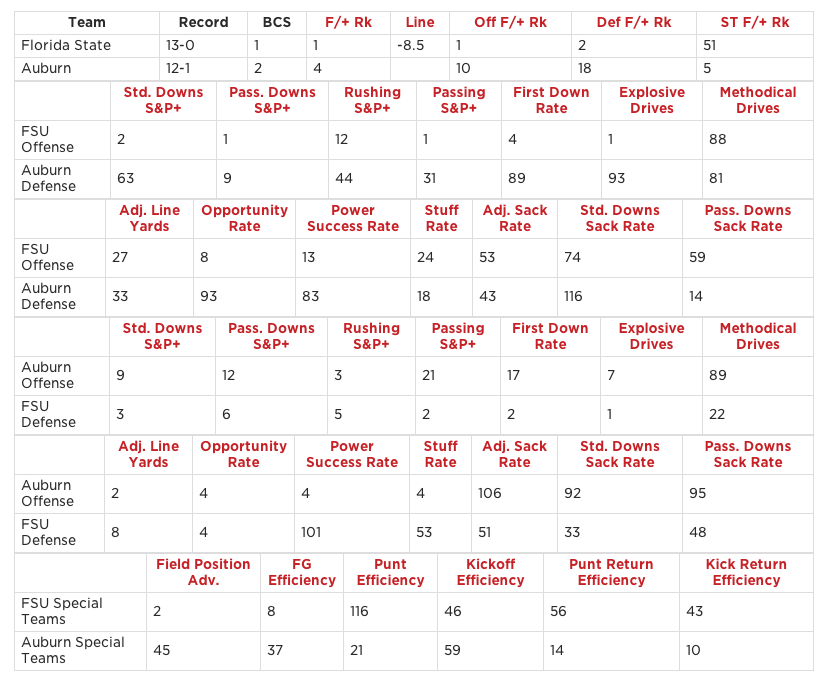
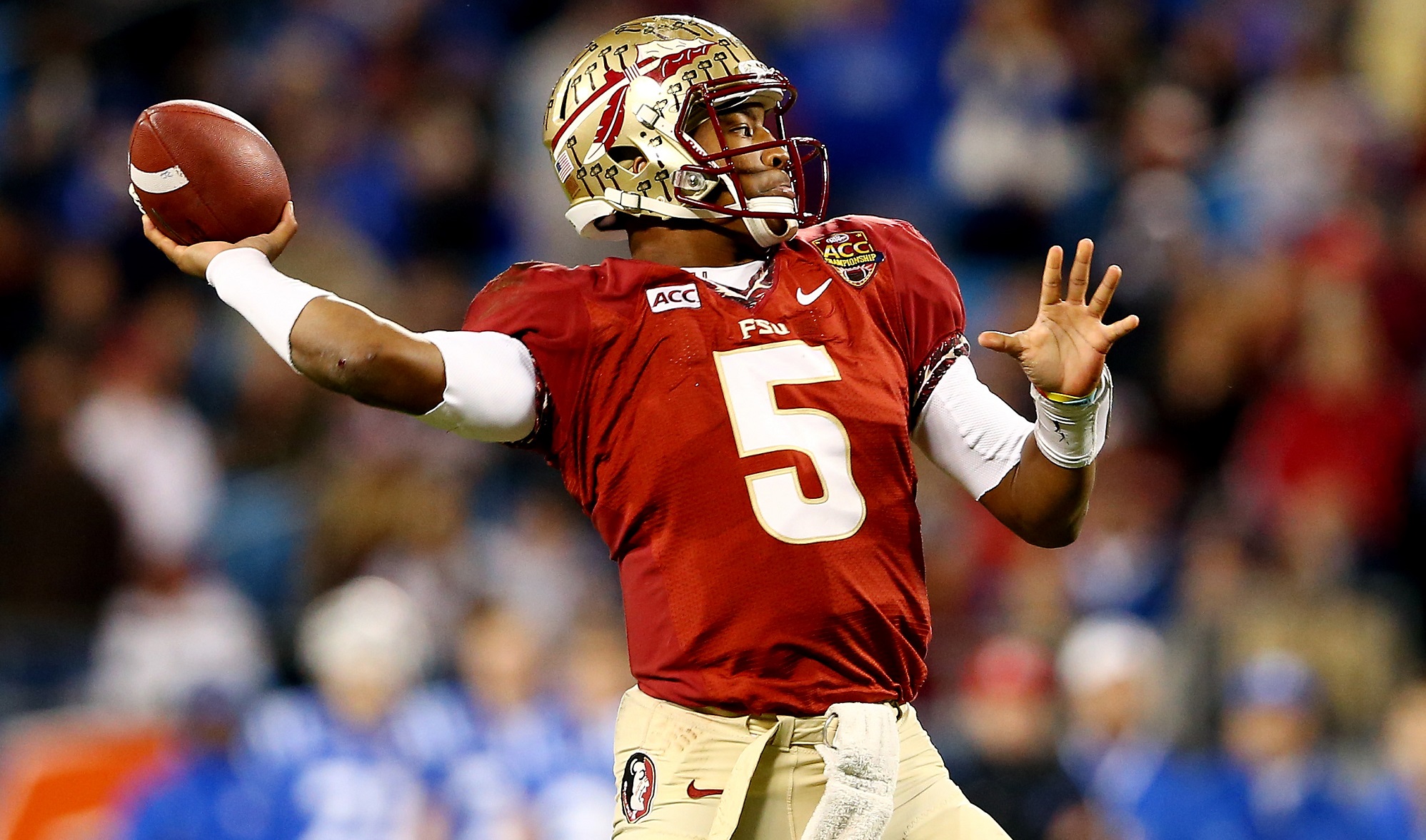

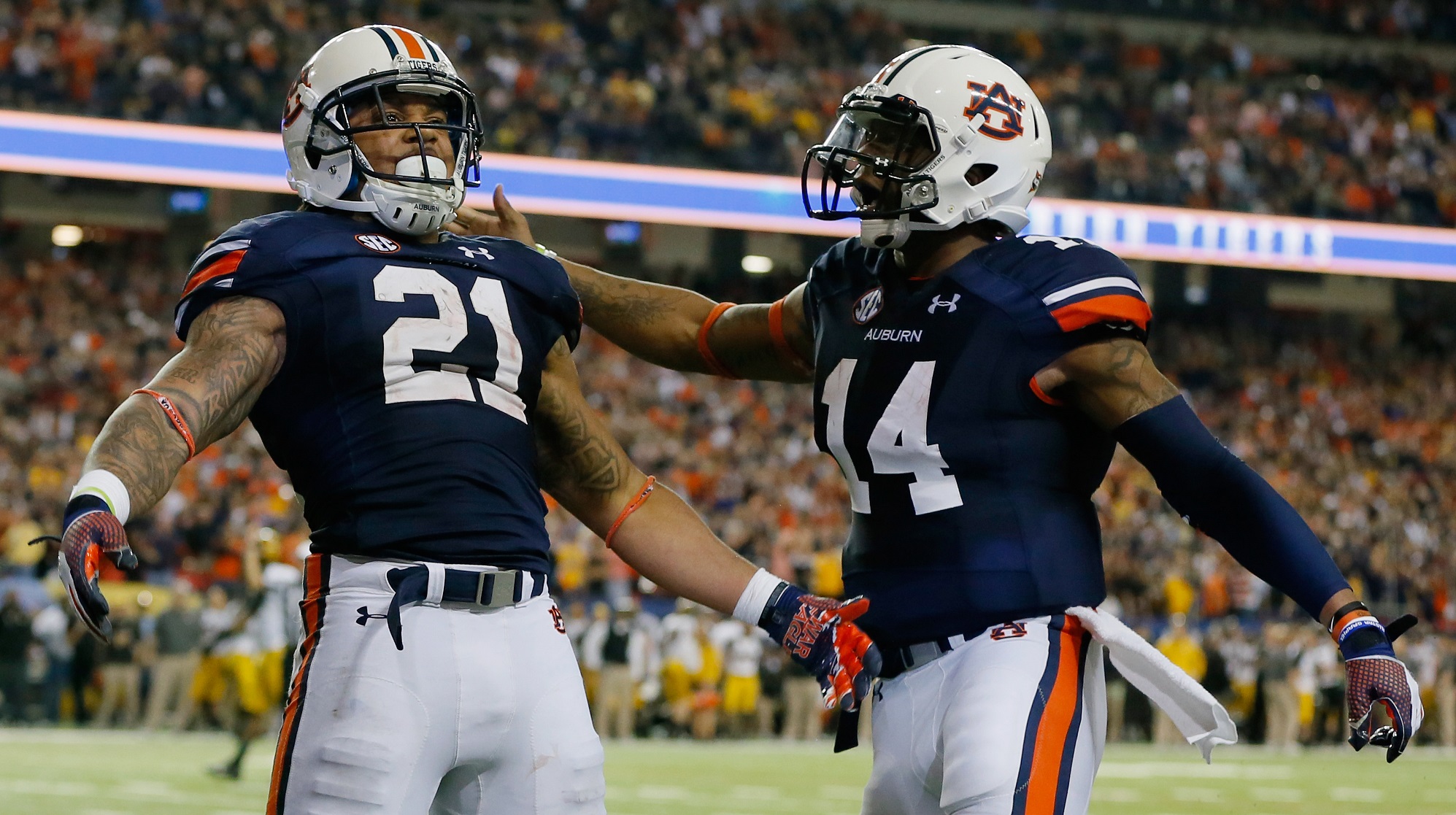





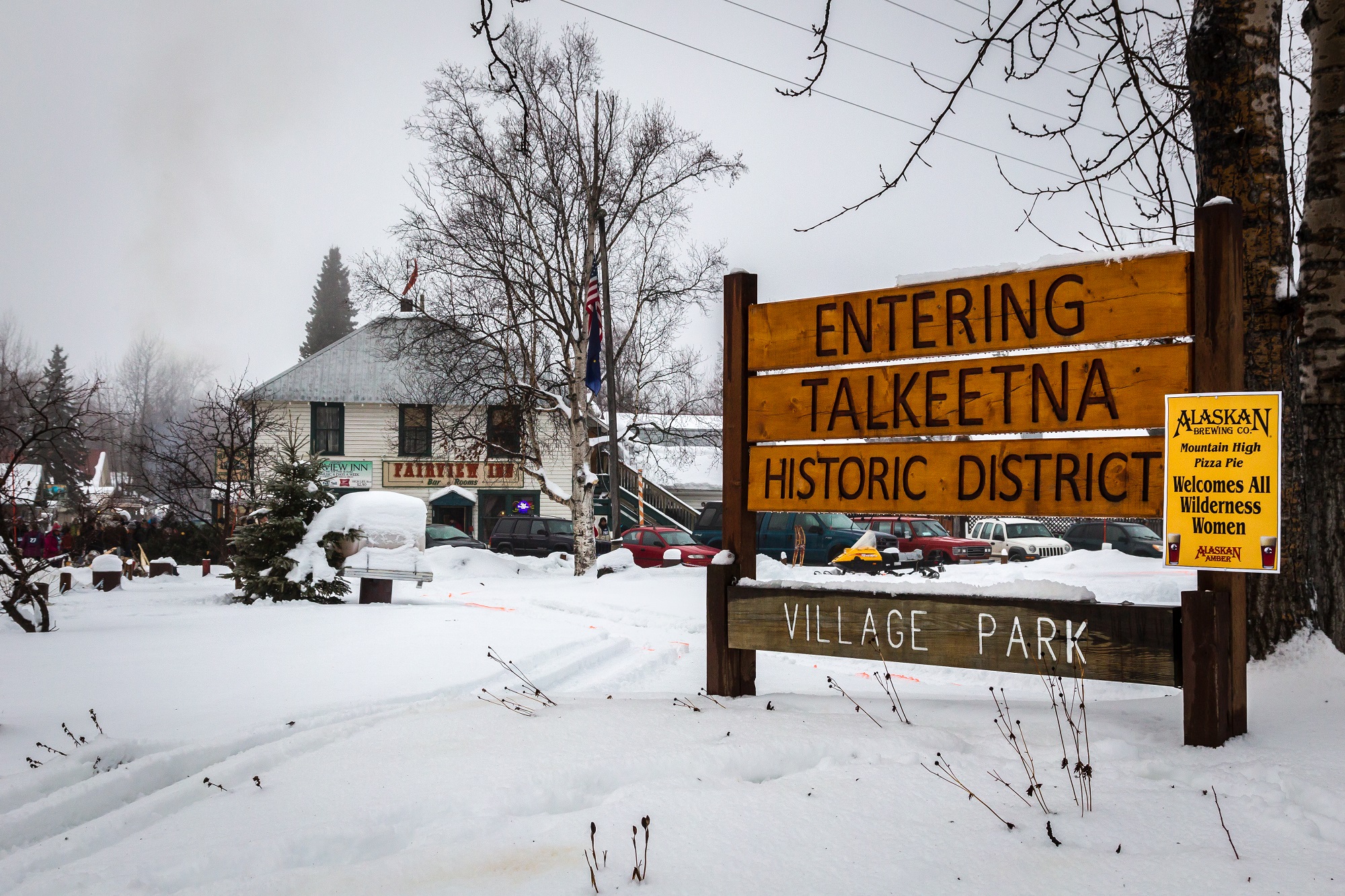
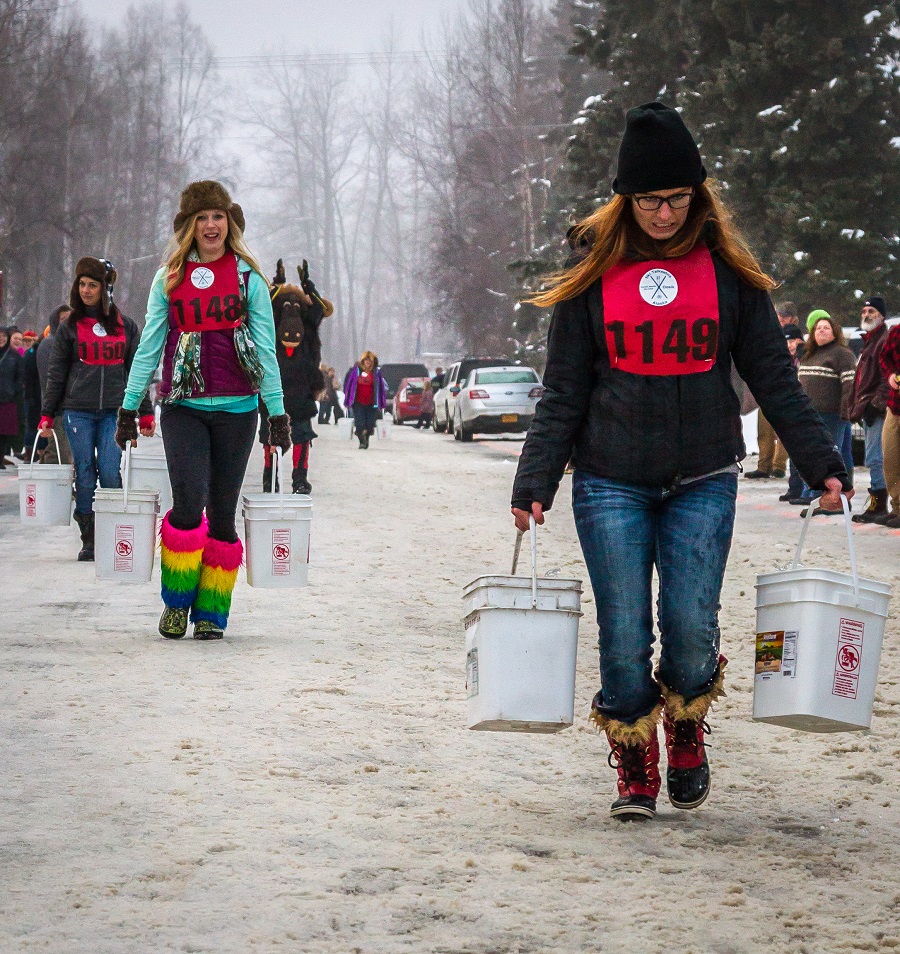
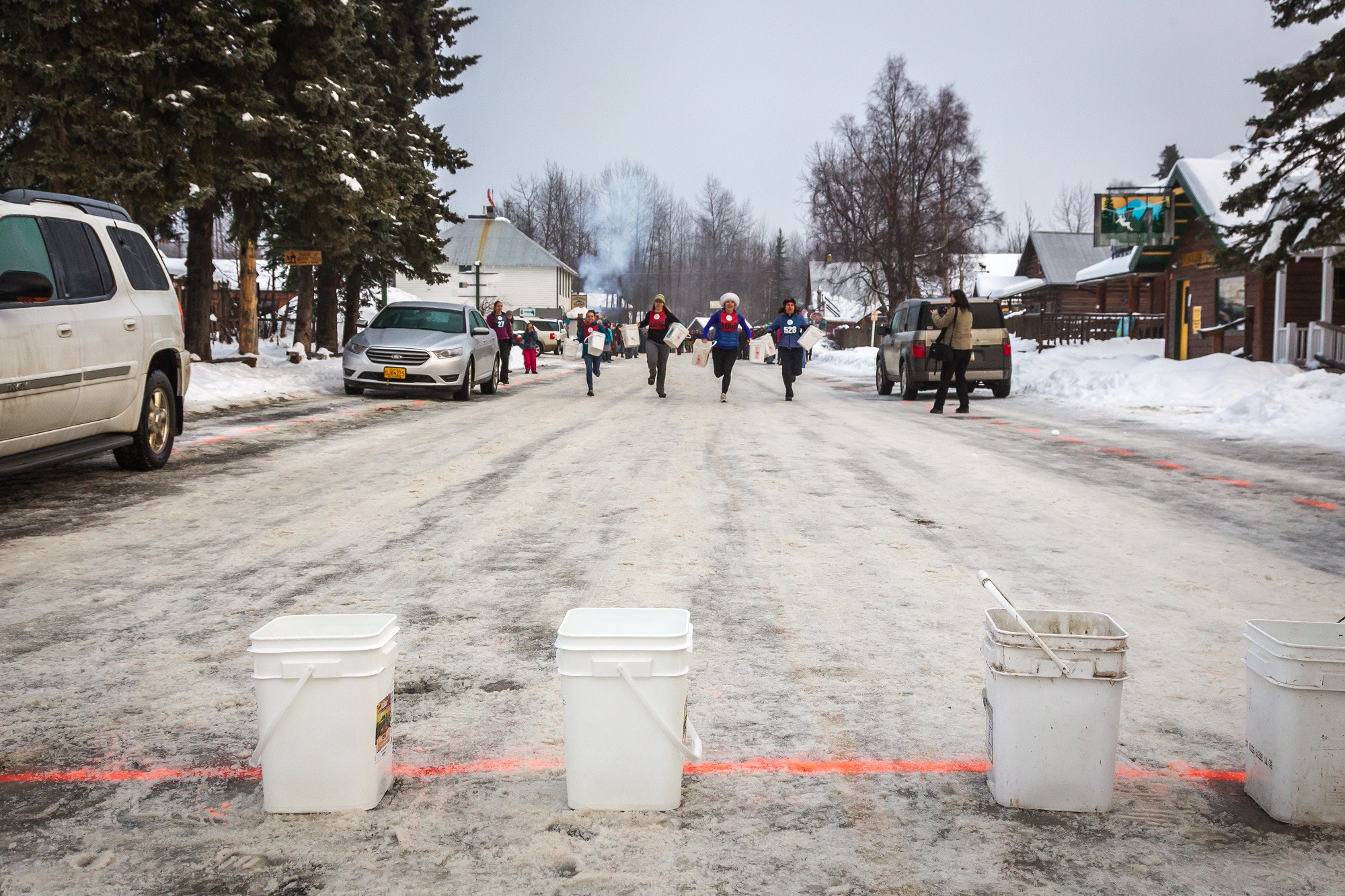
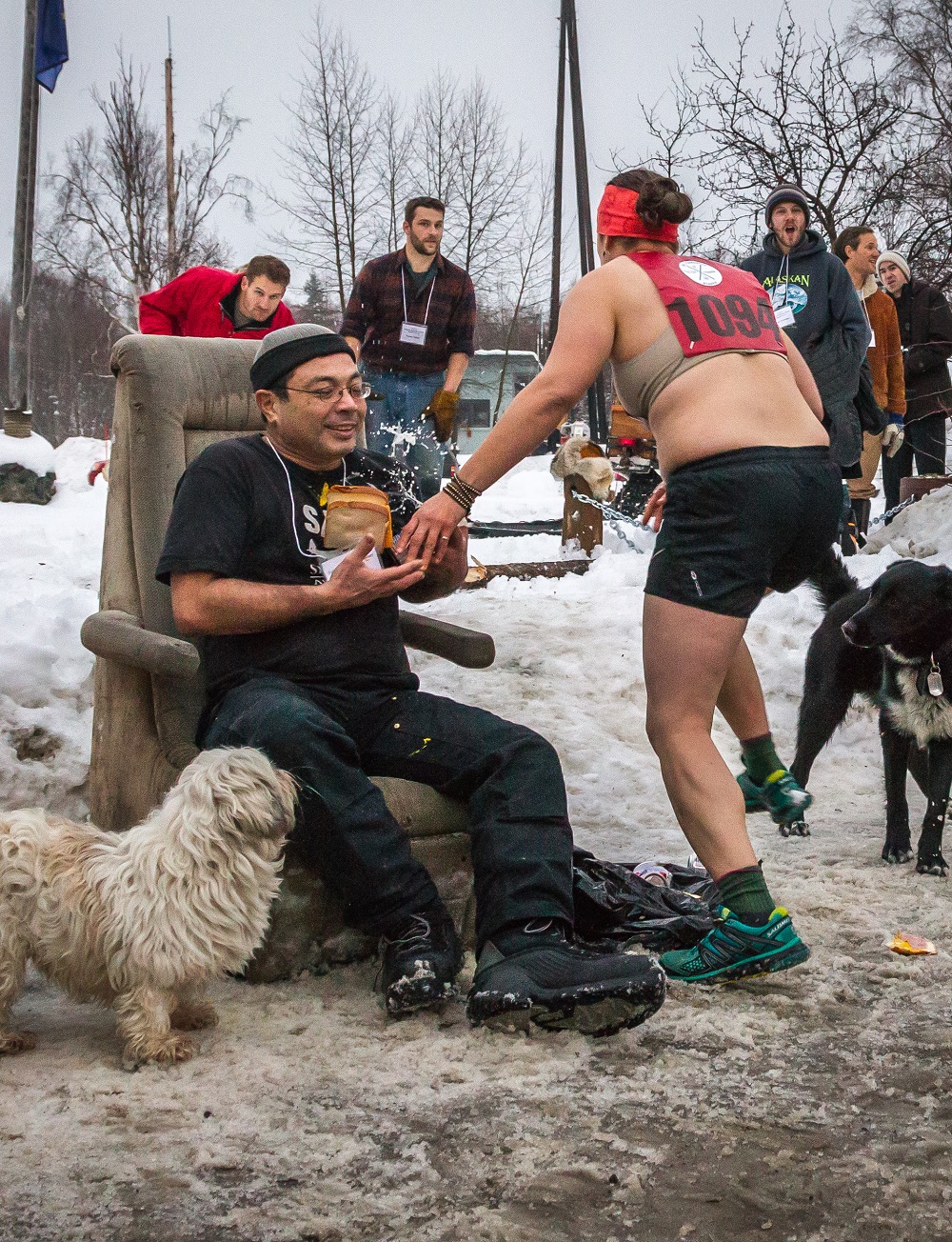
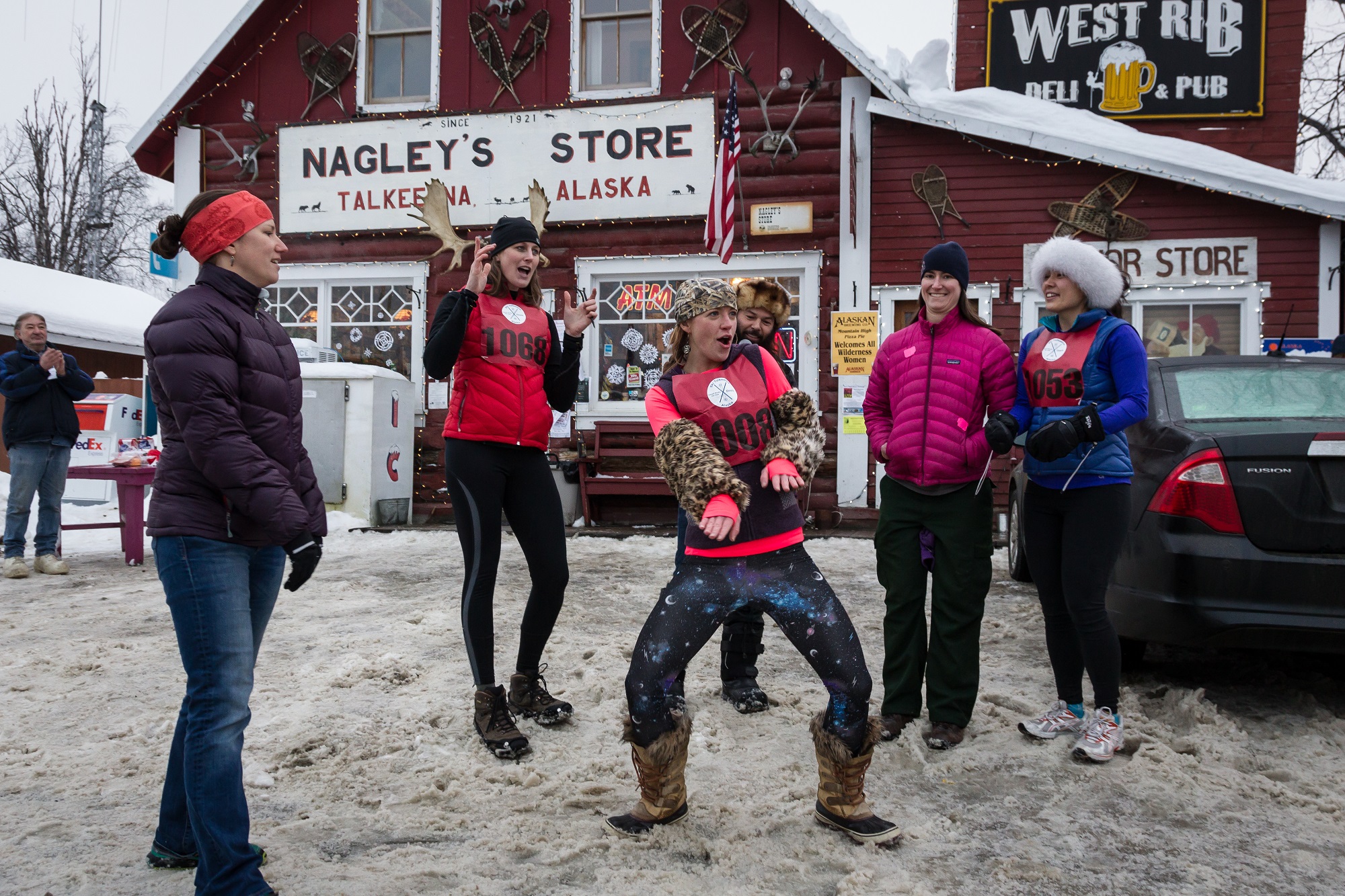
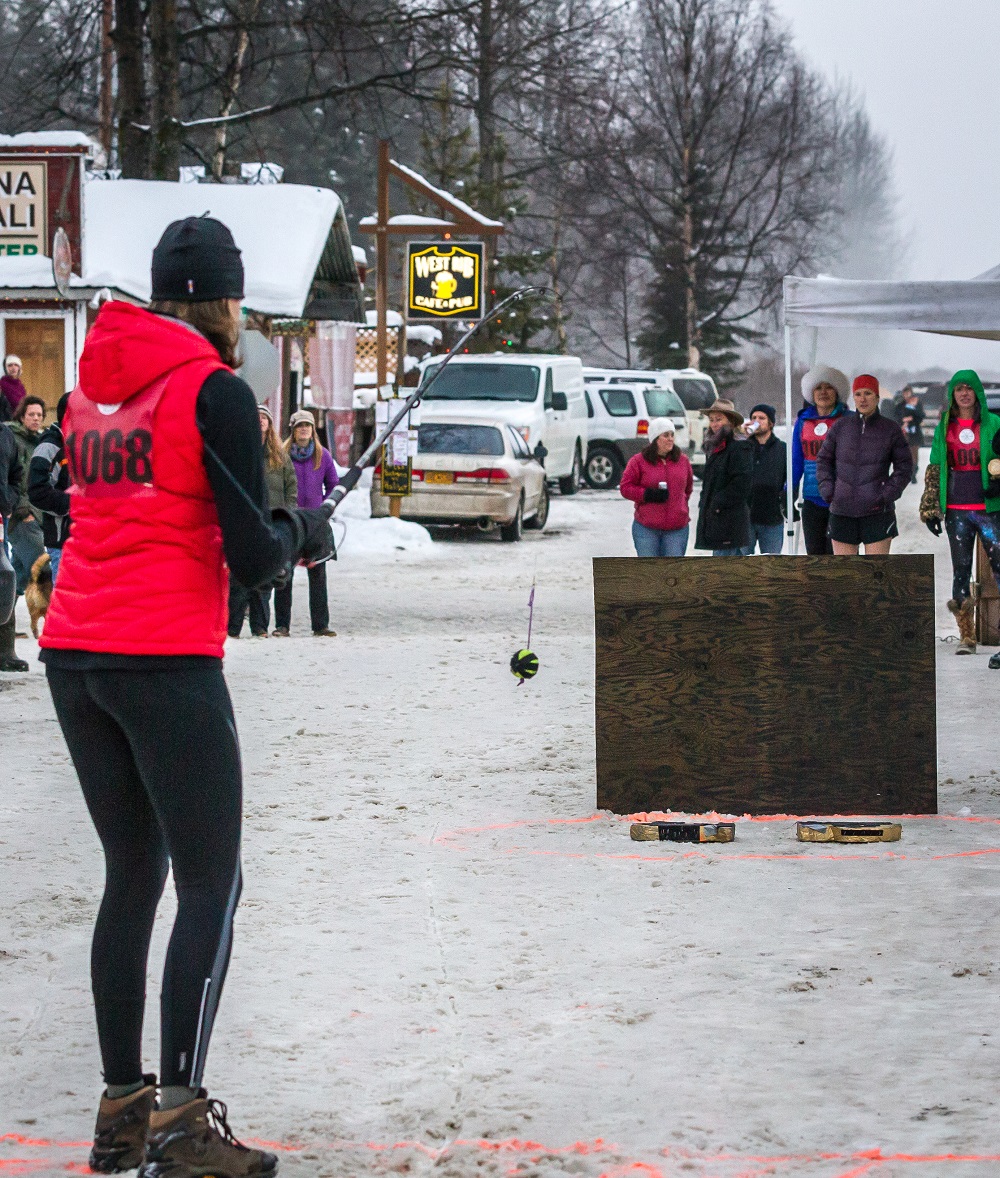
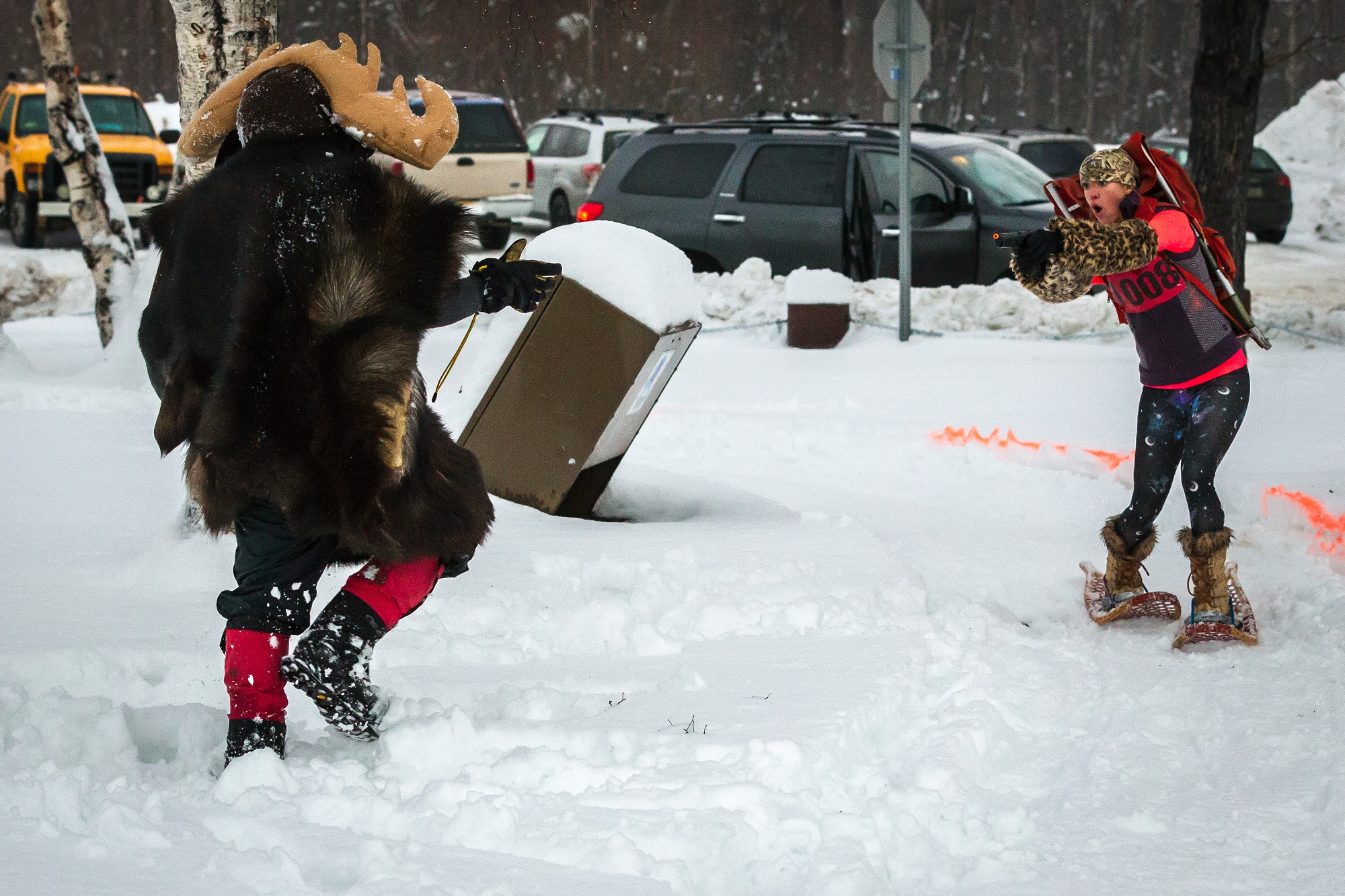
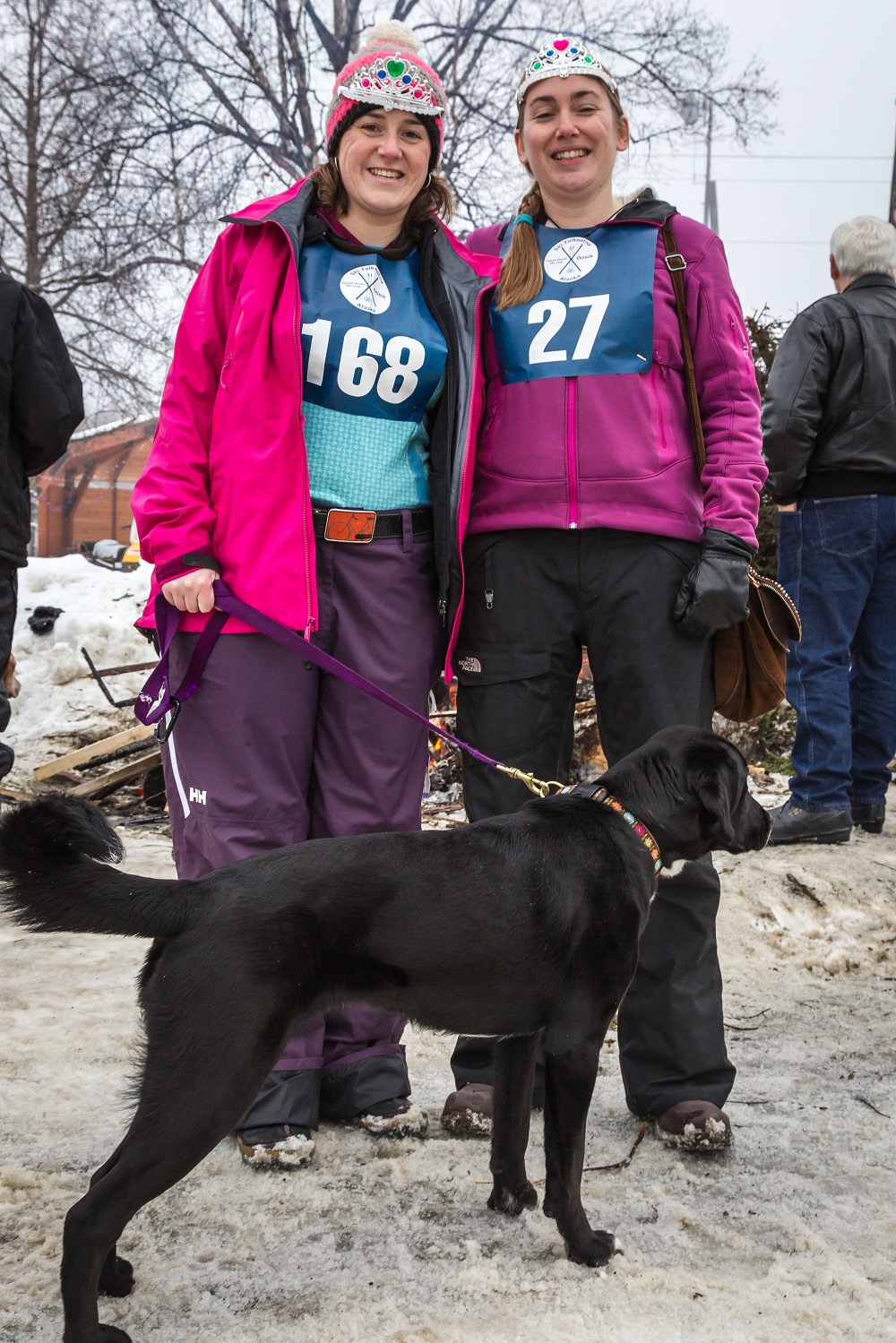

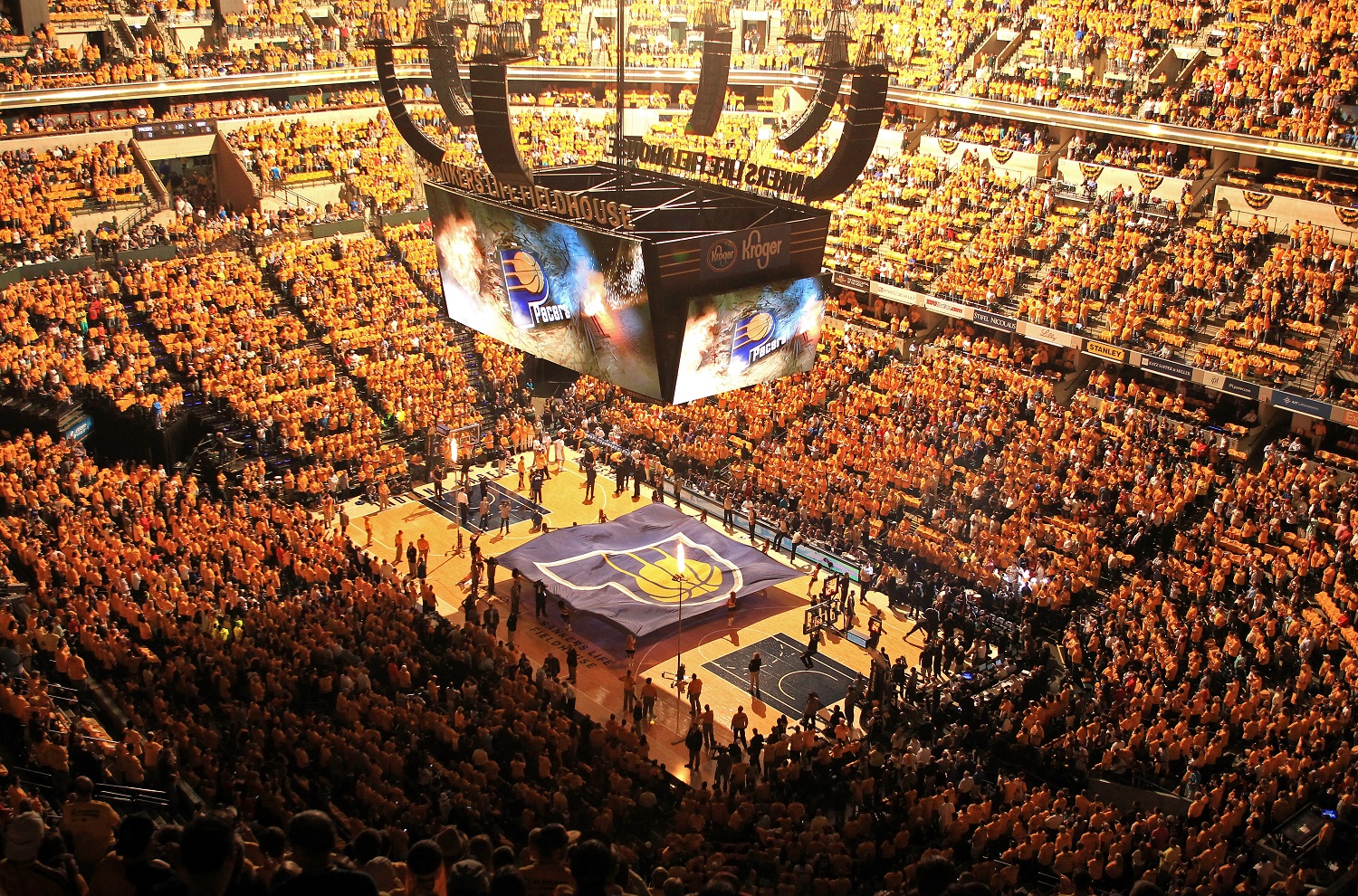
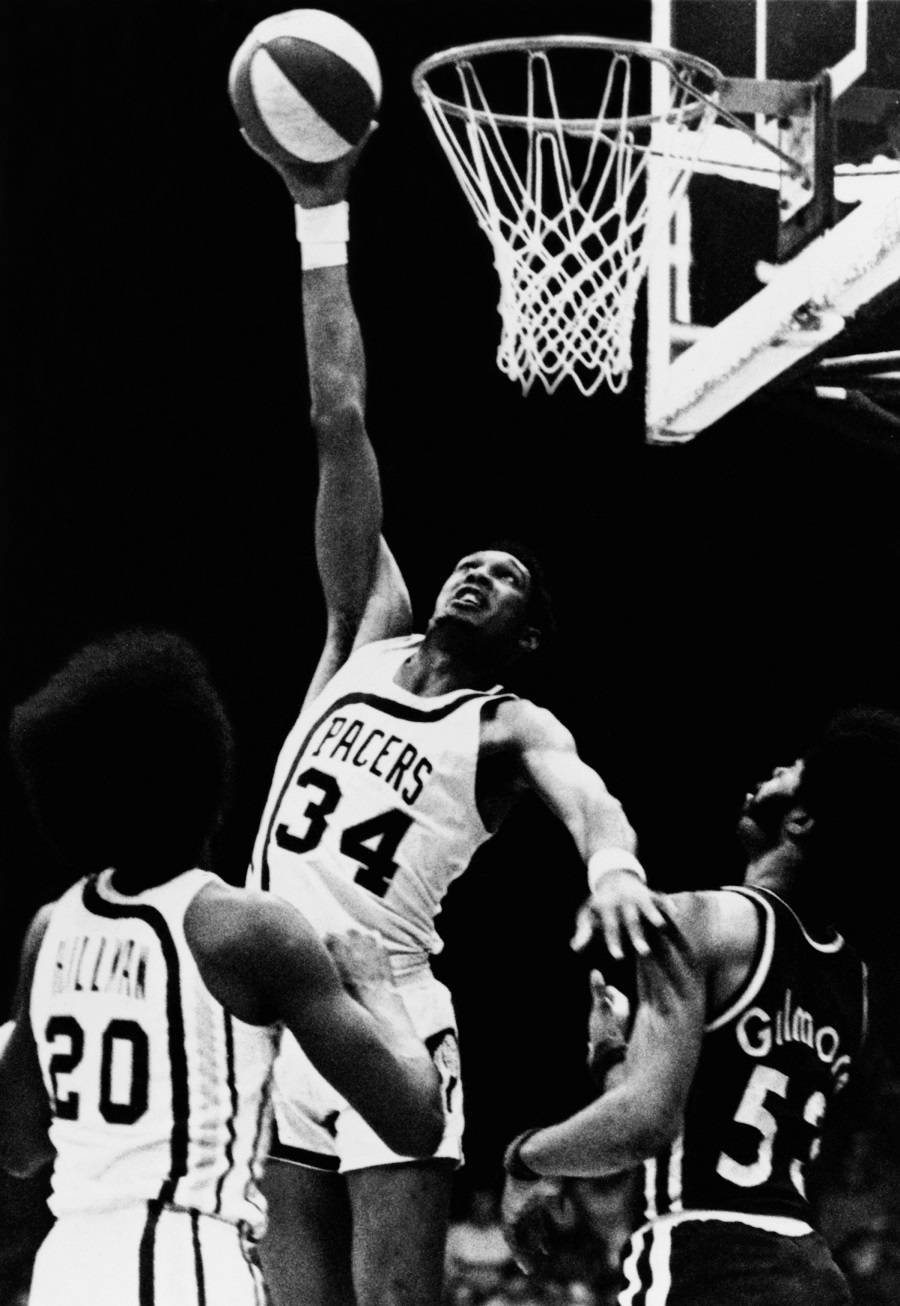
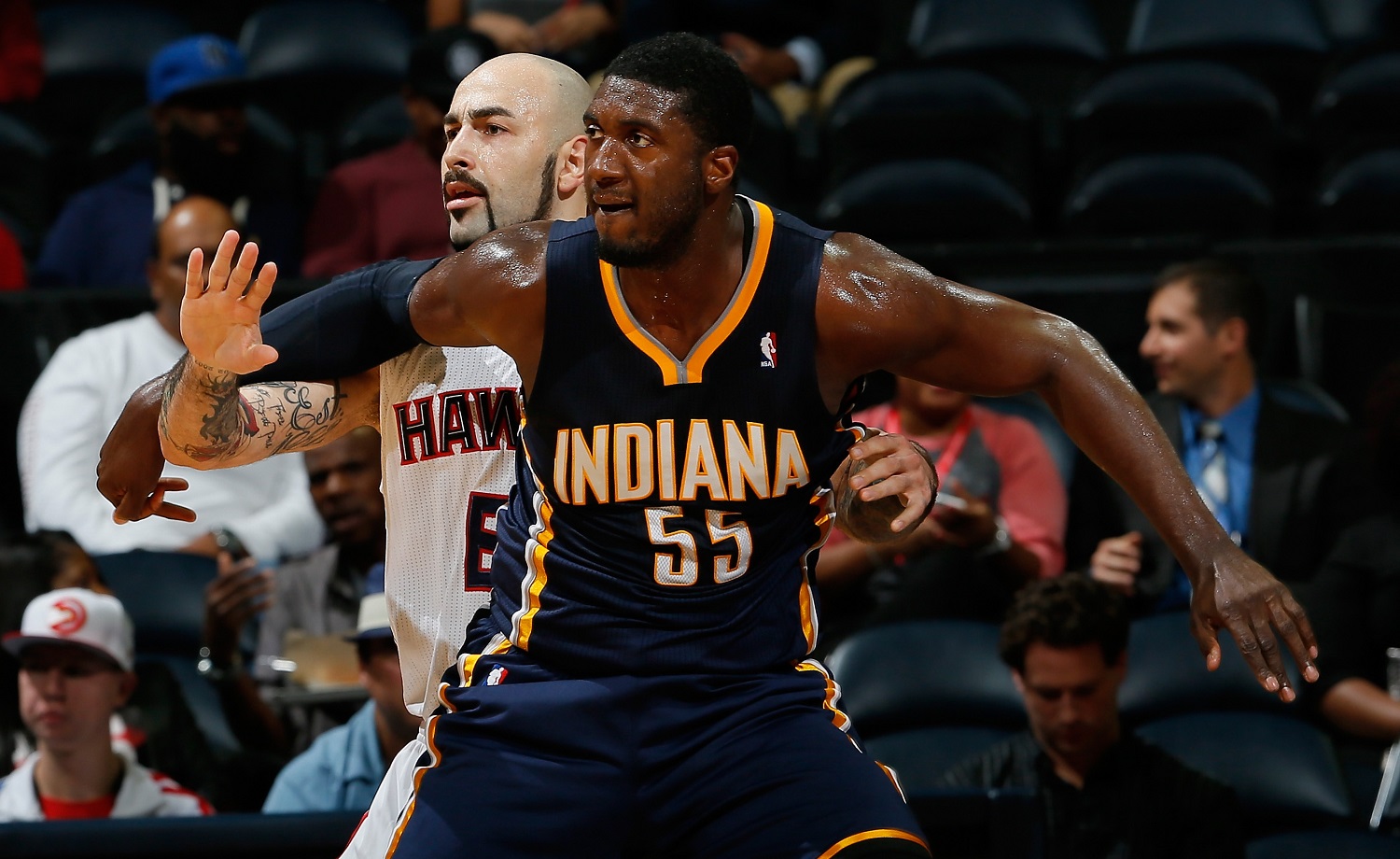
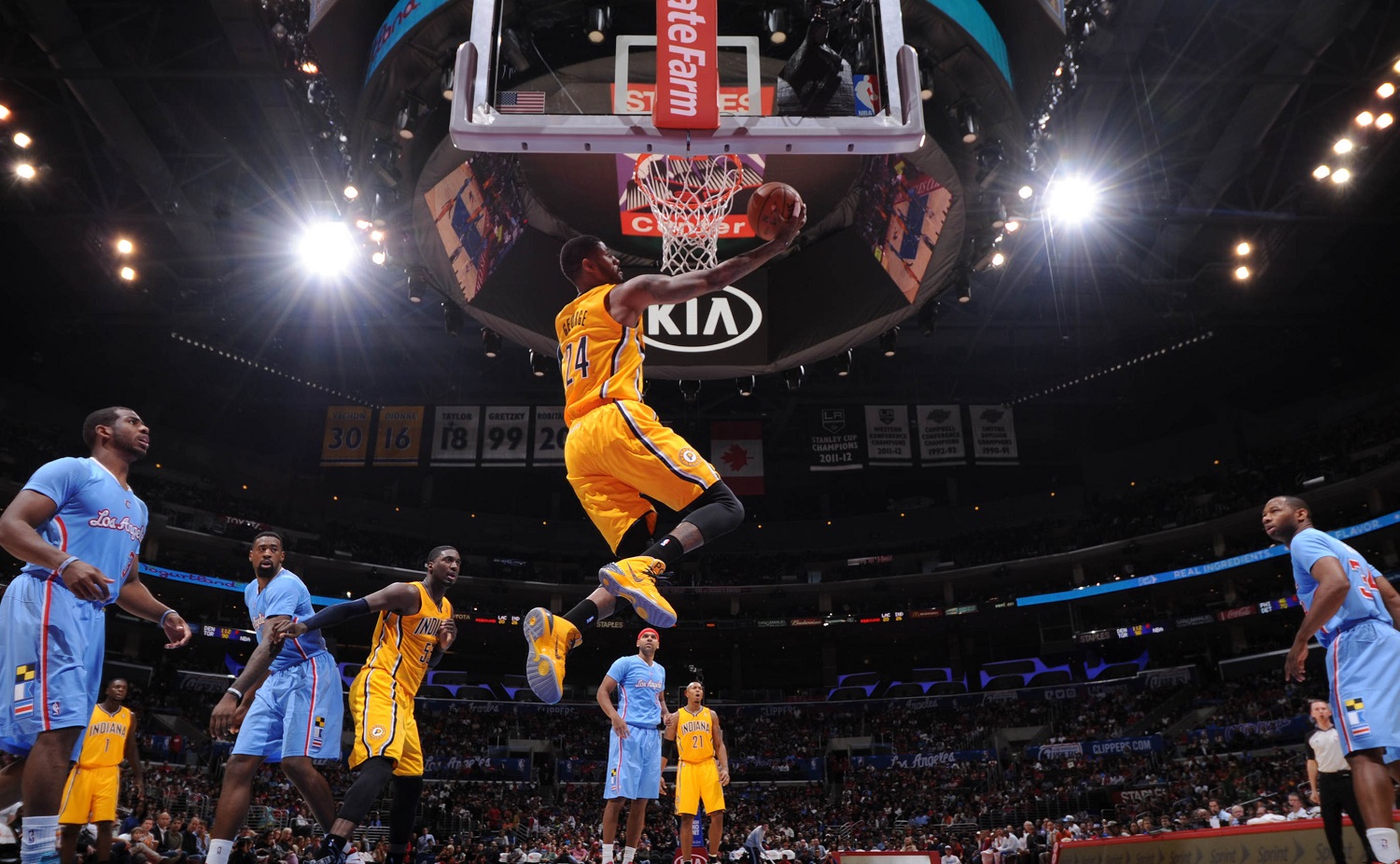
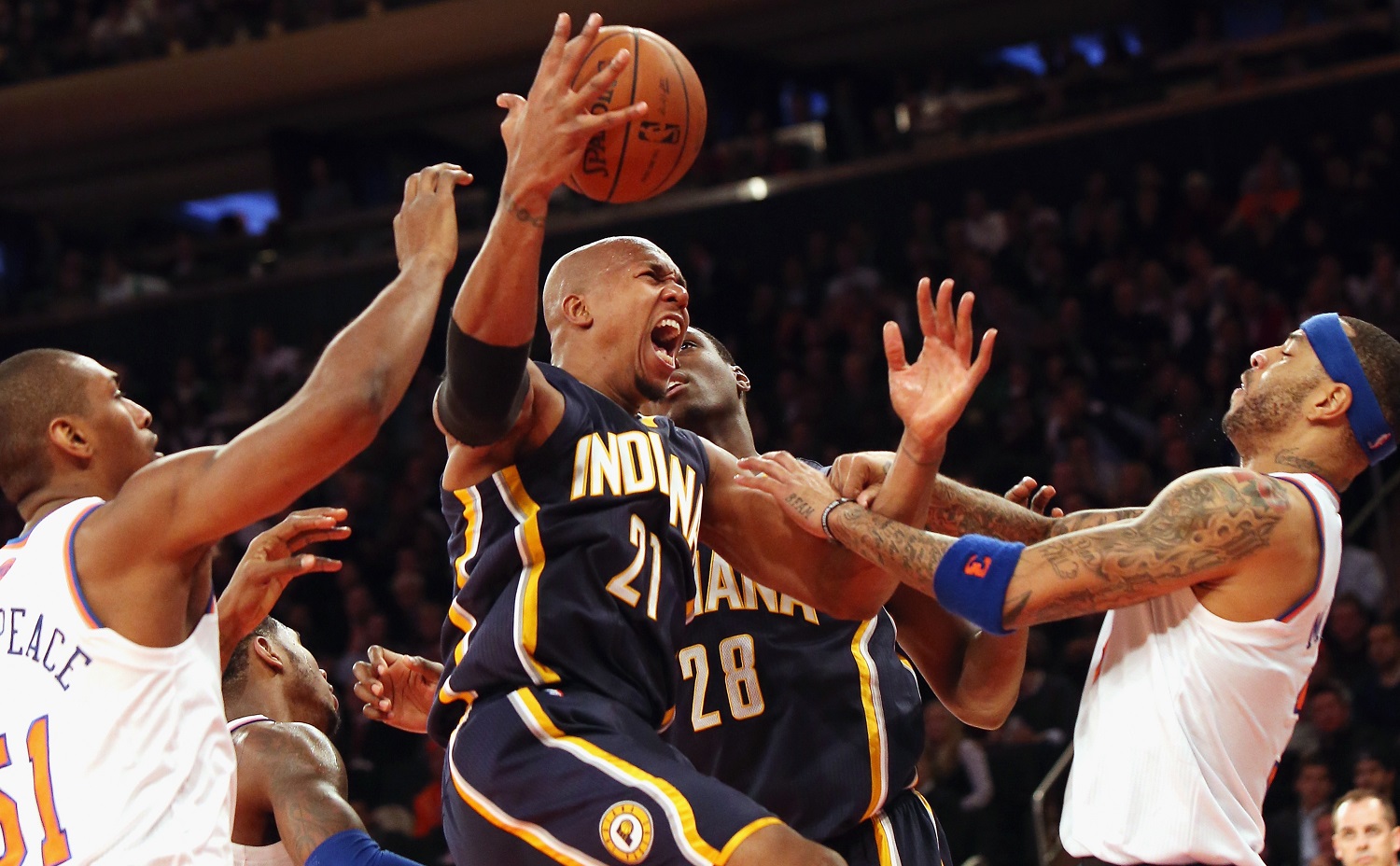
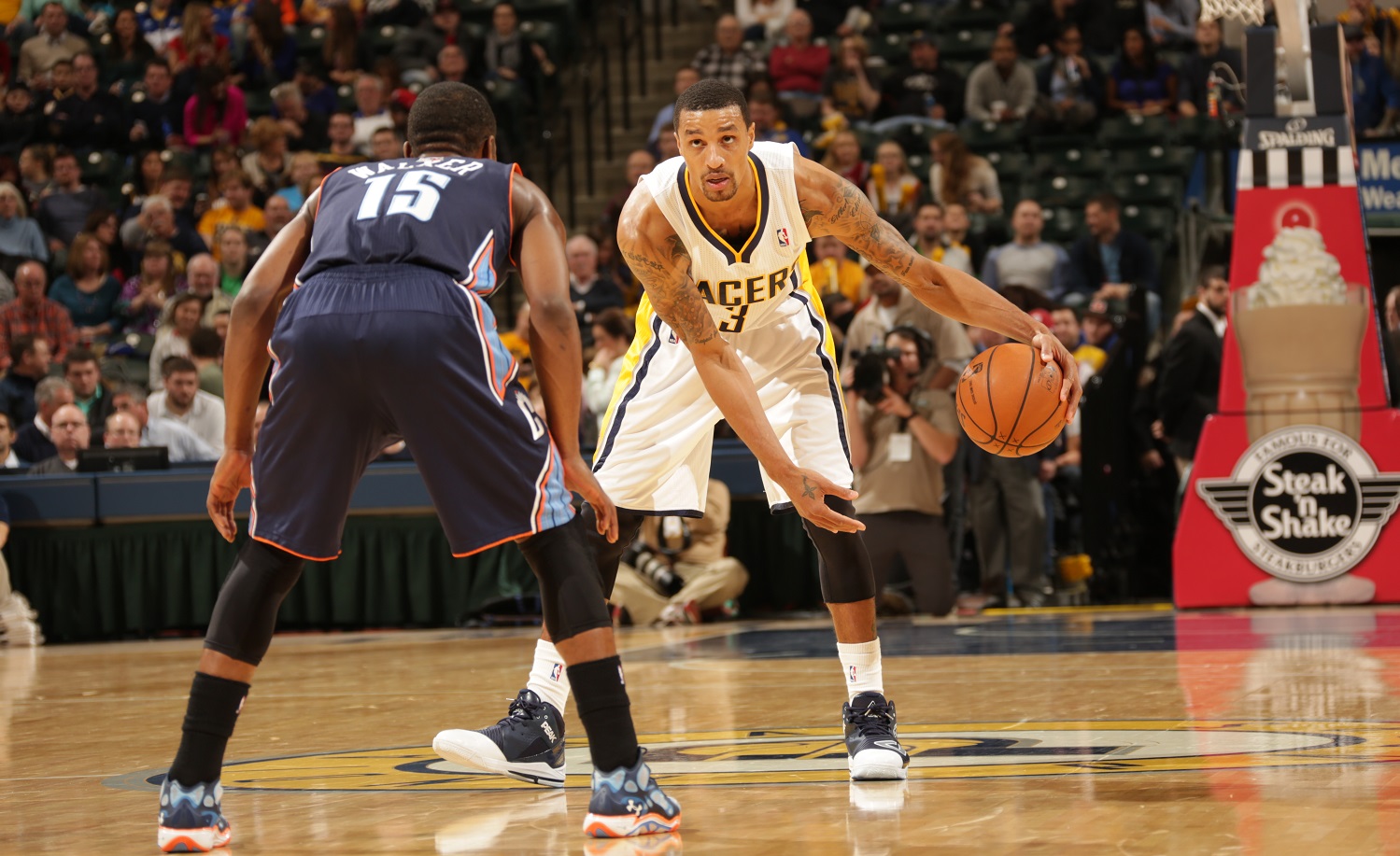
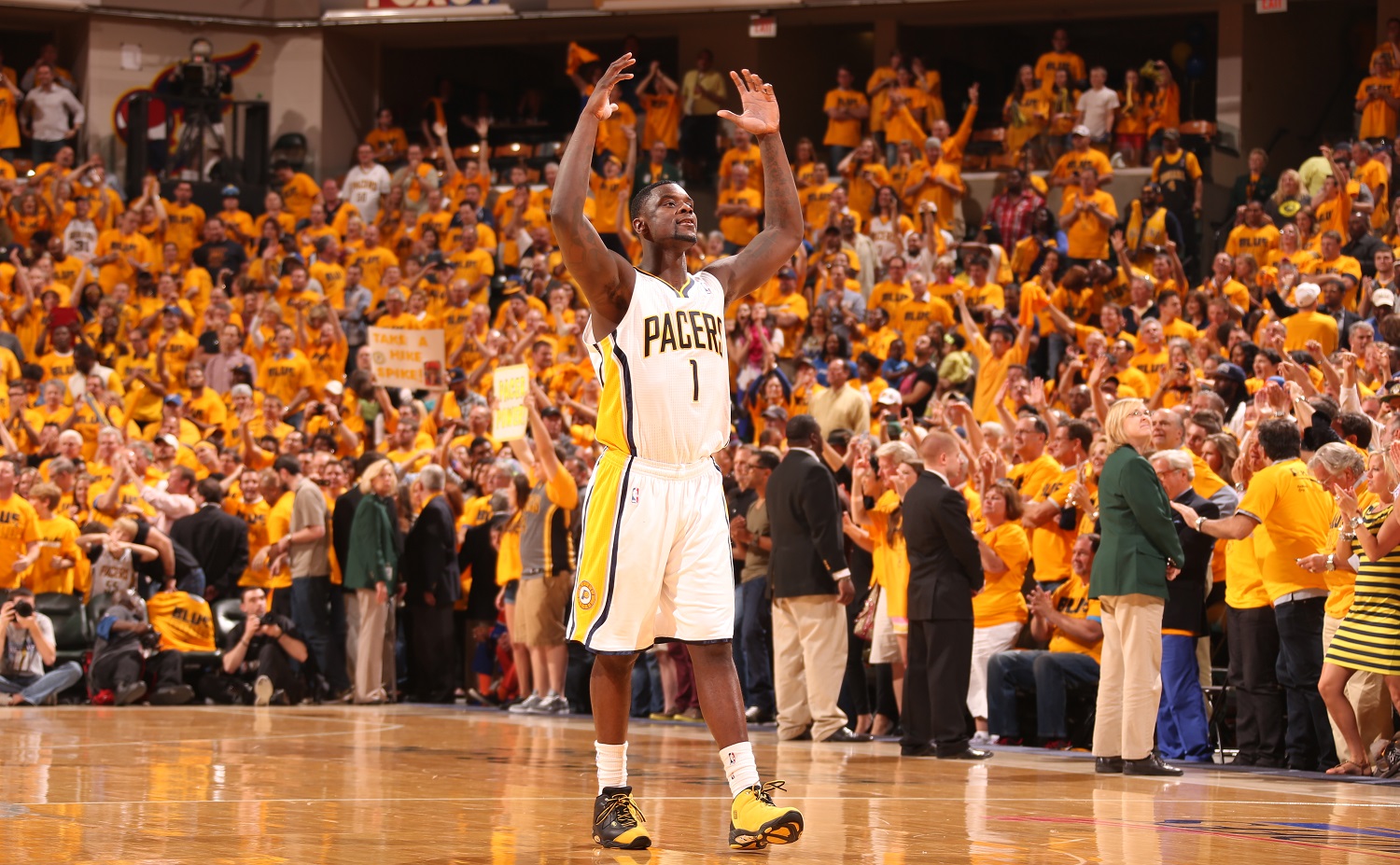
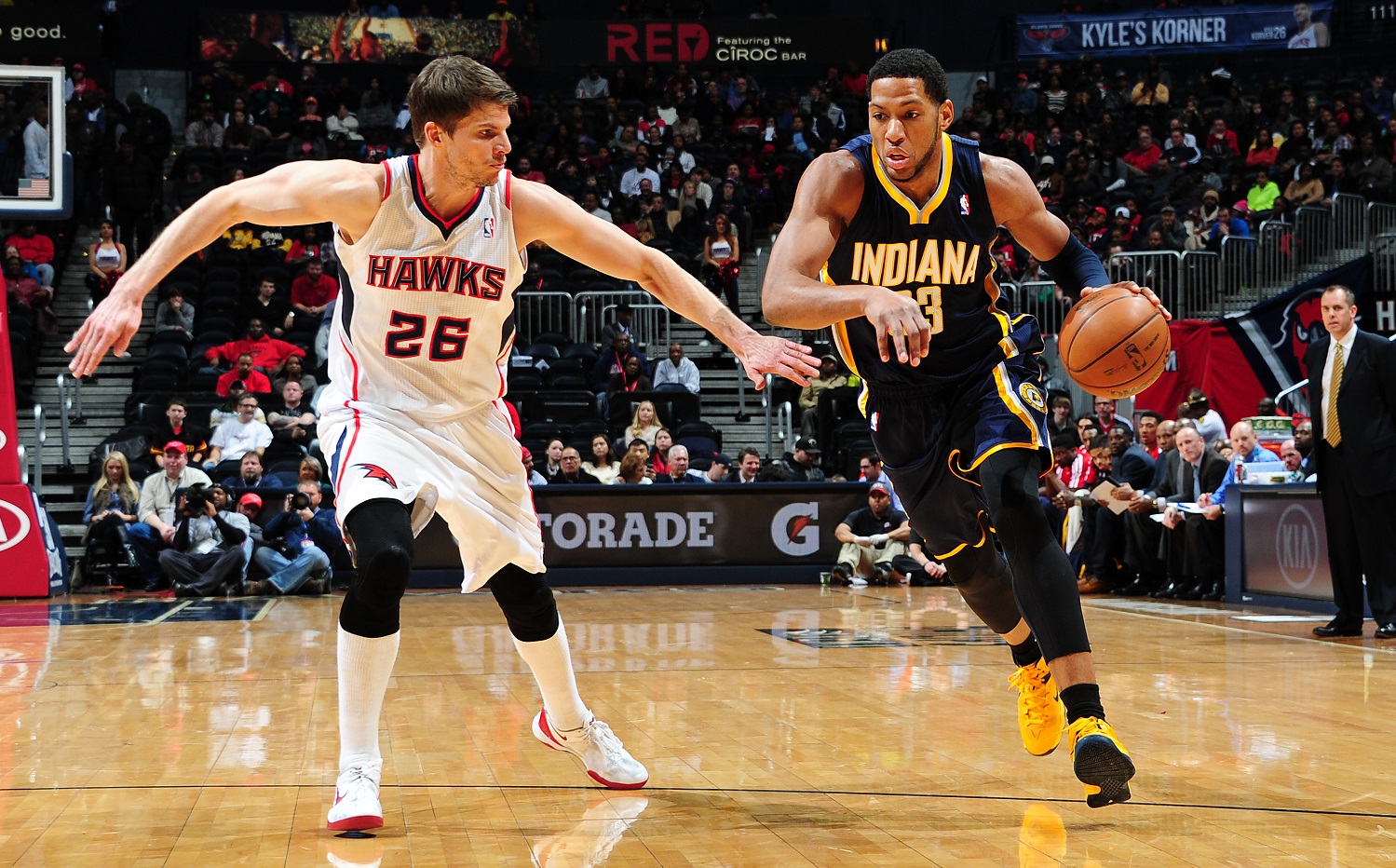


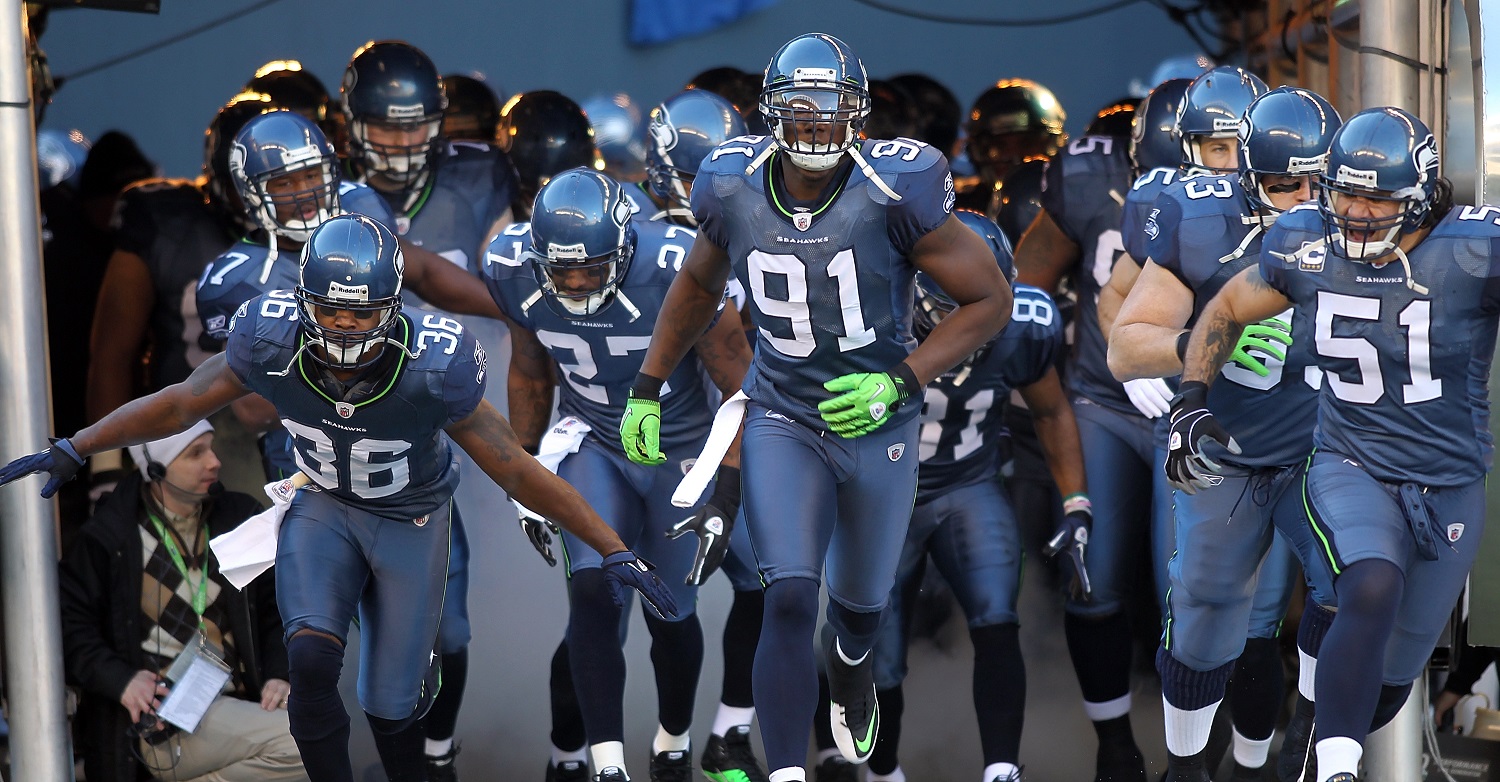
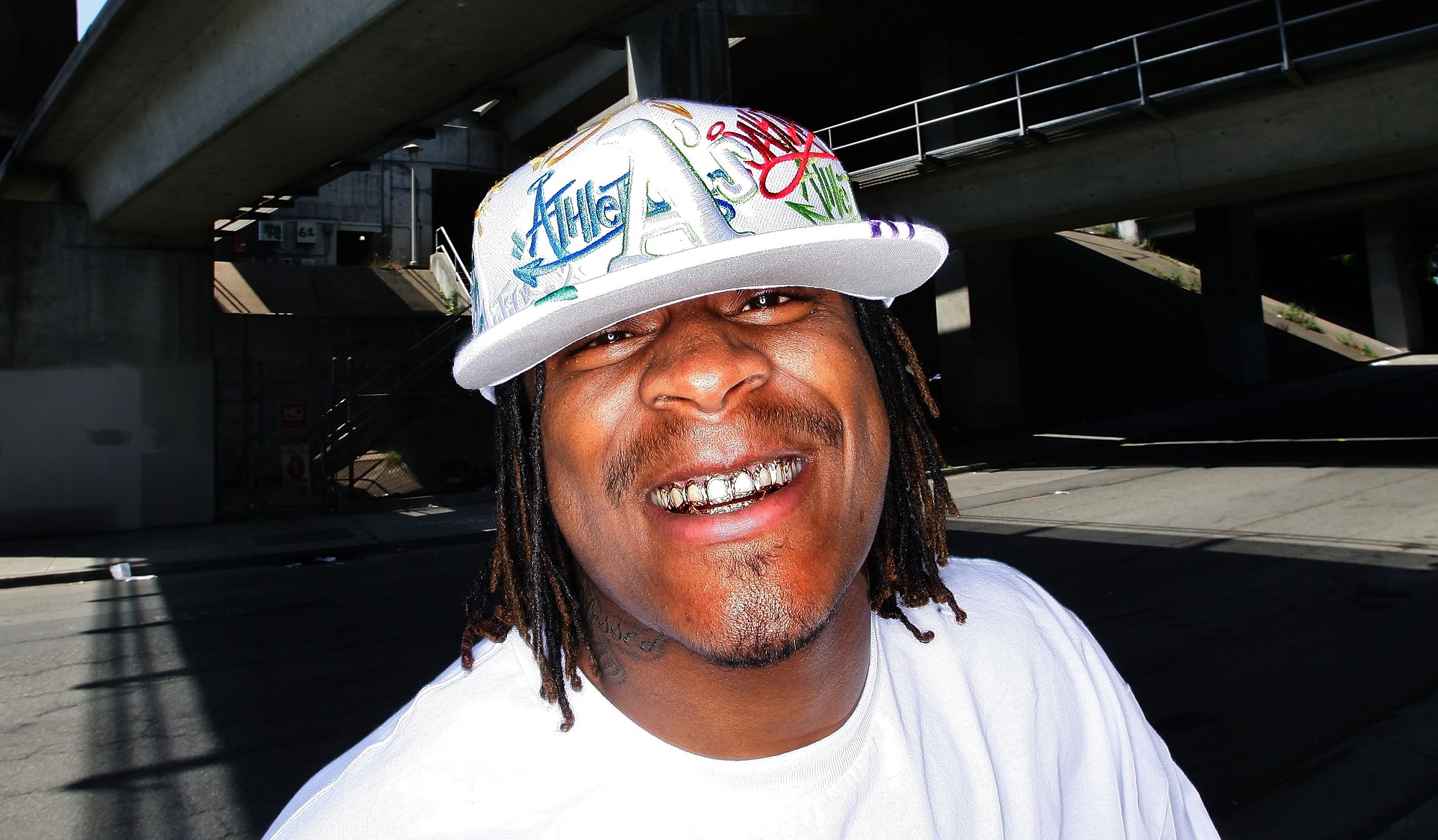

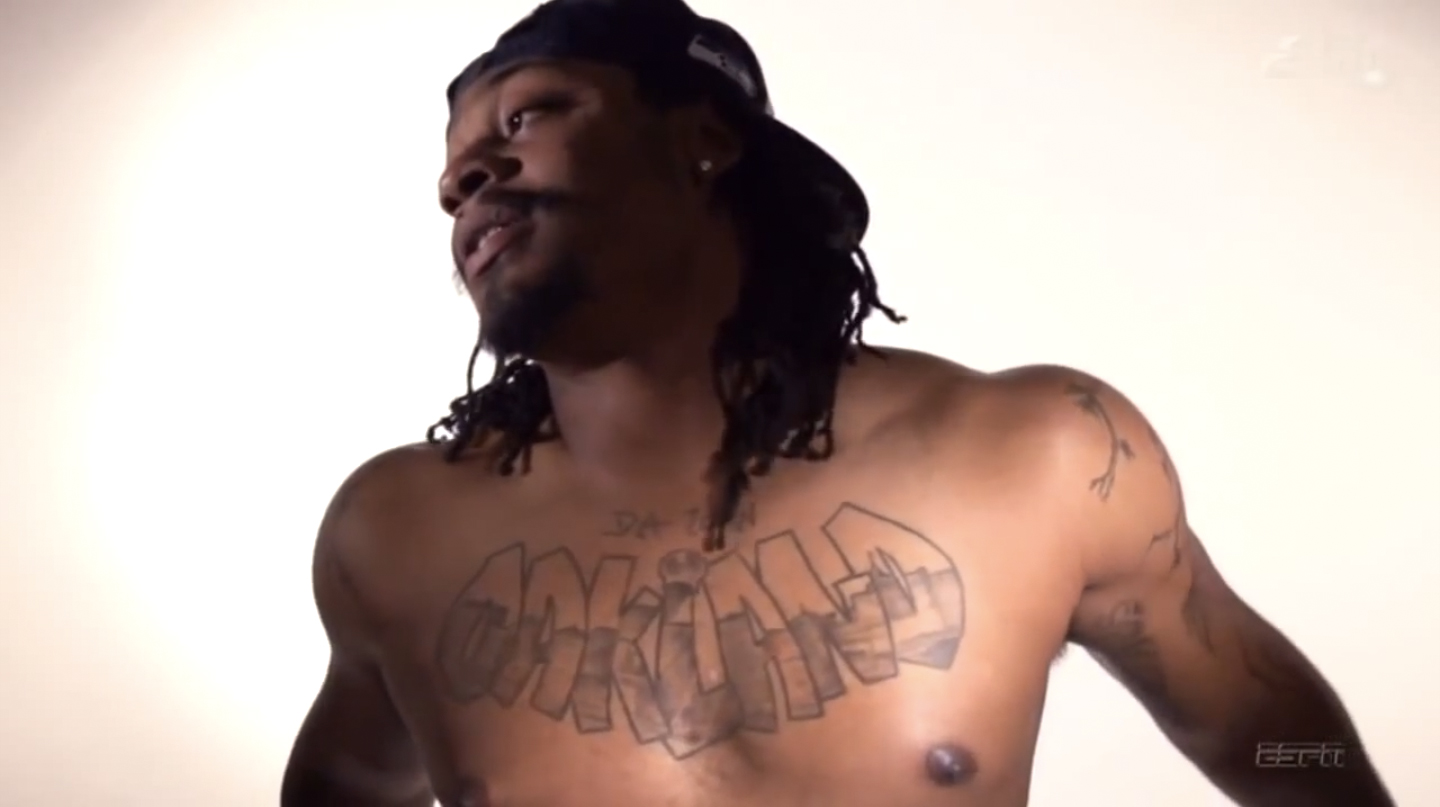
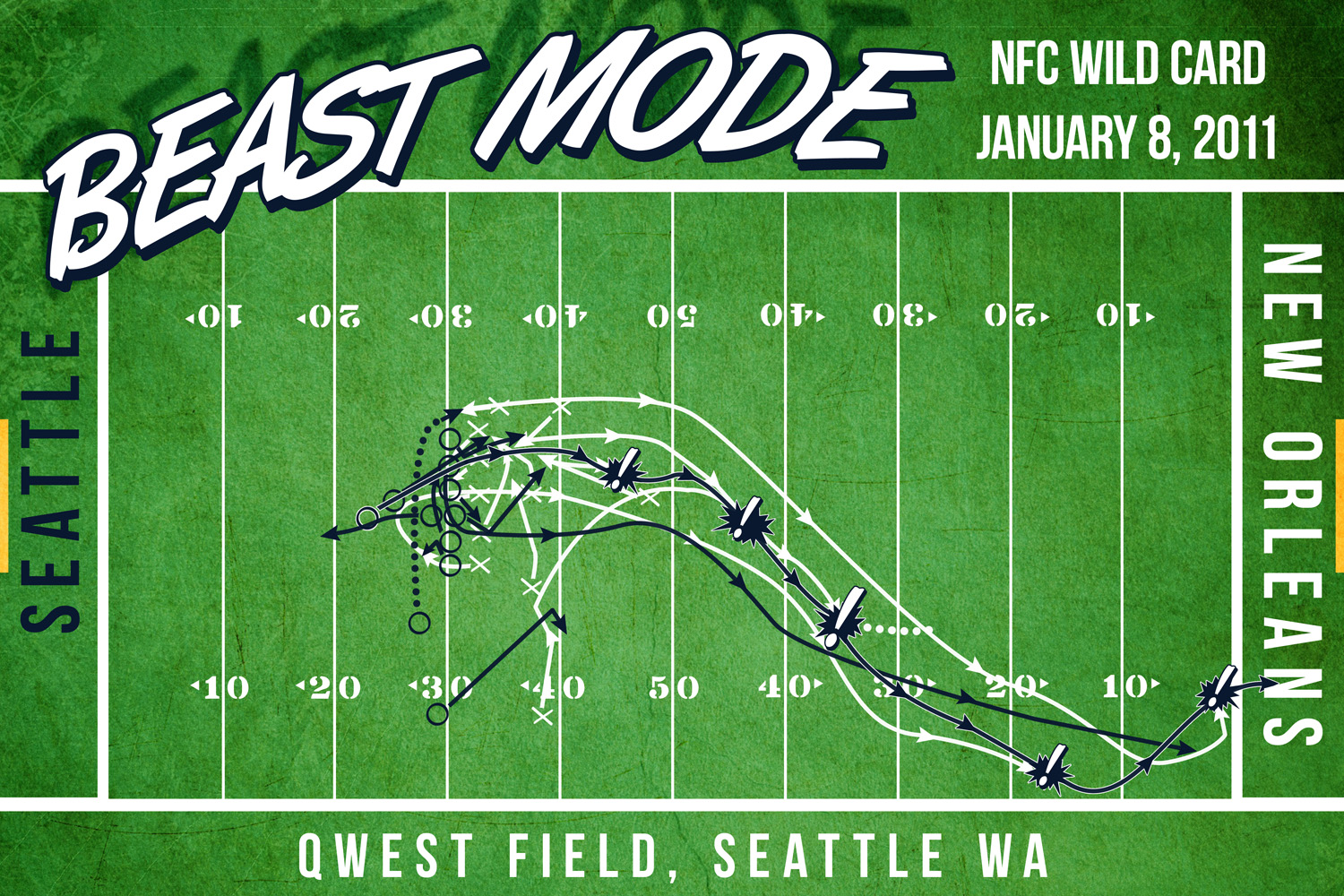 (Artwork by Justin Bopp; purchase a print
(Artwork by Justin Bopp; purchase a print 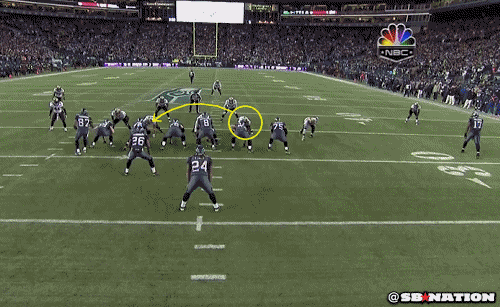
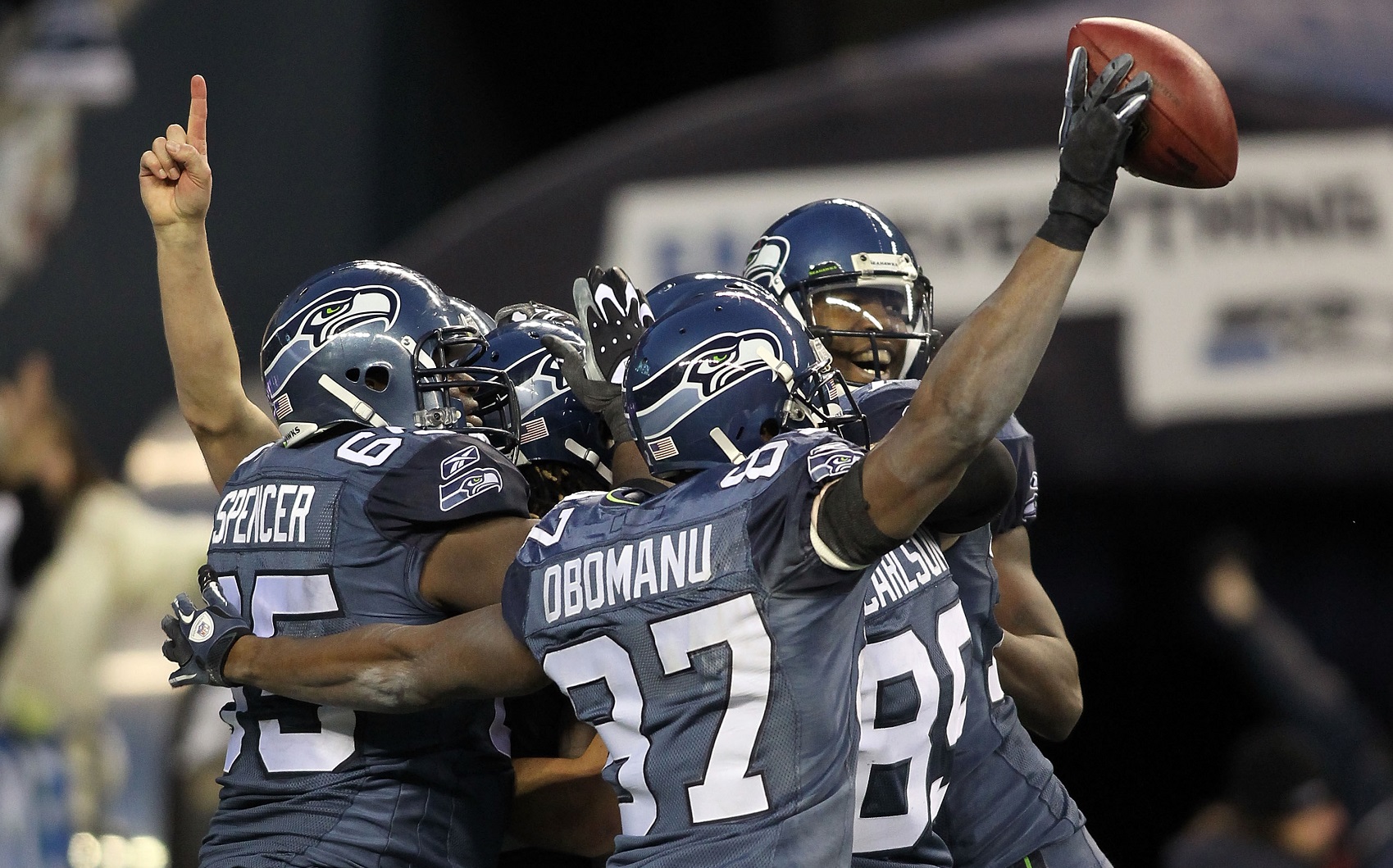
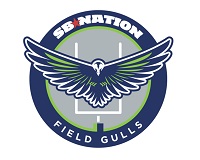
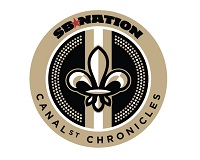
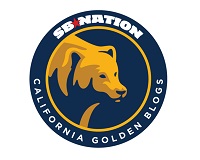


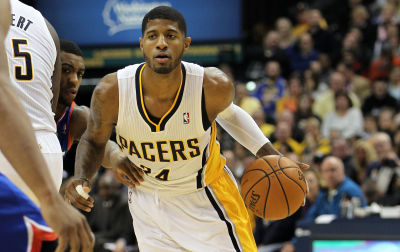







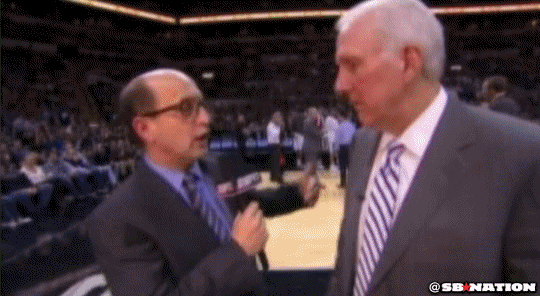


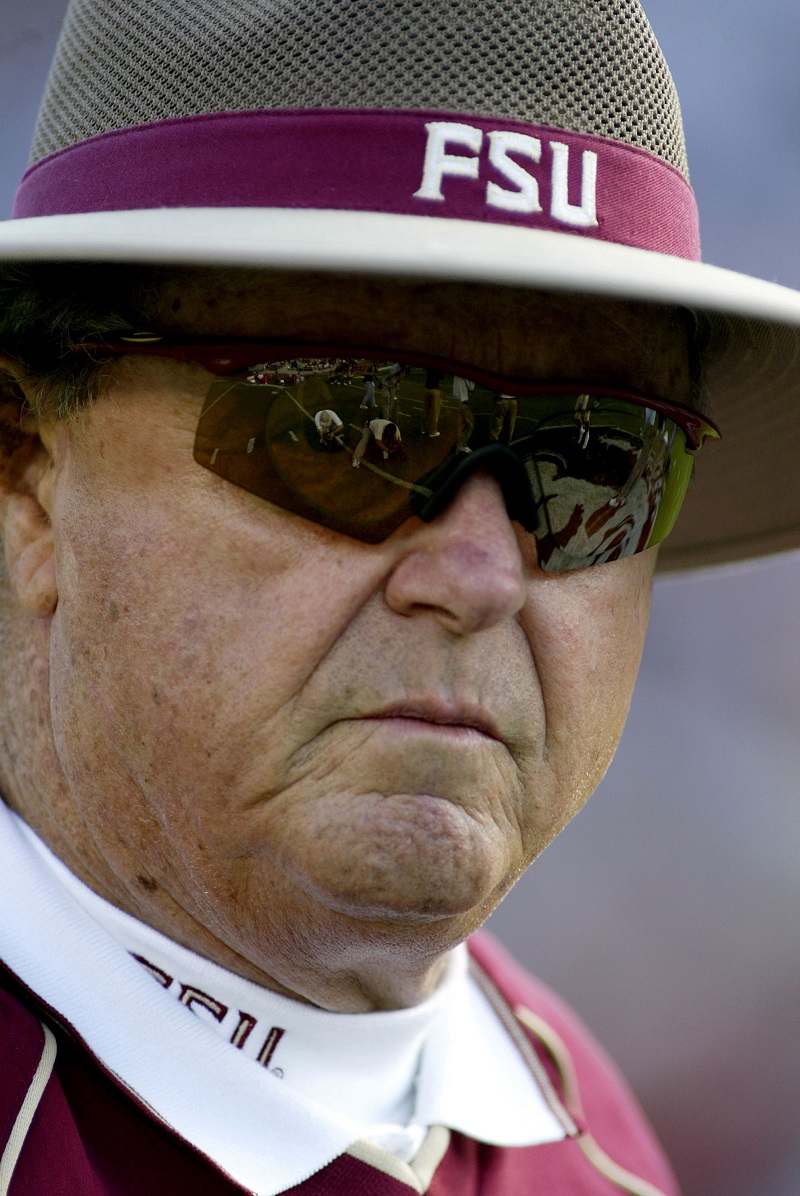

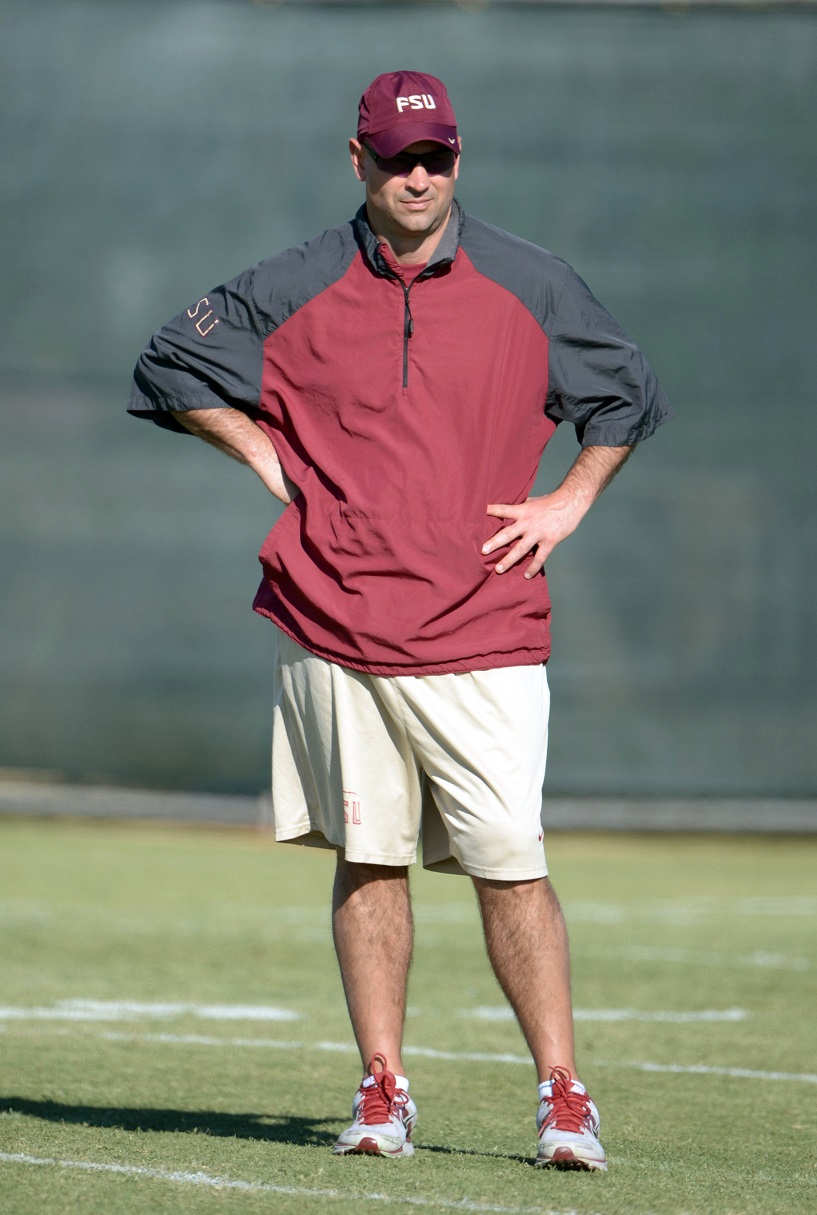
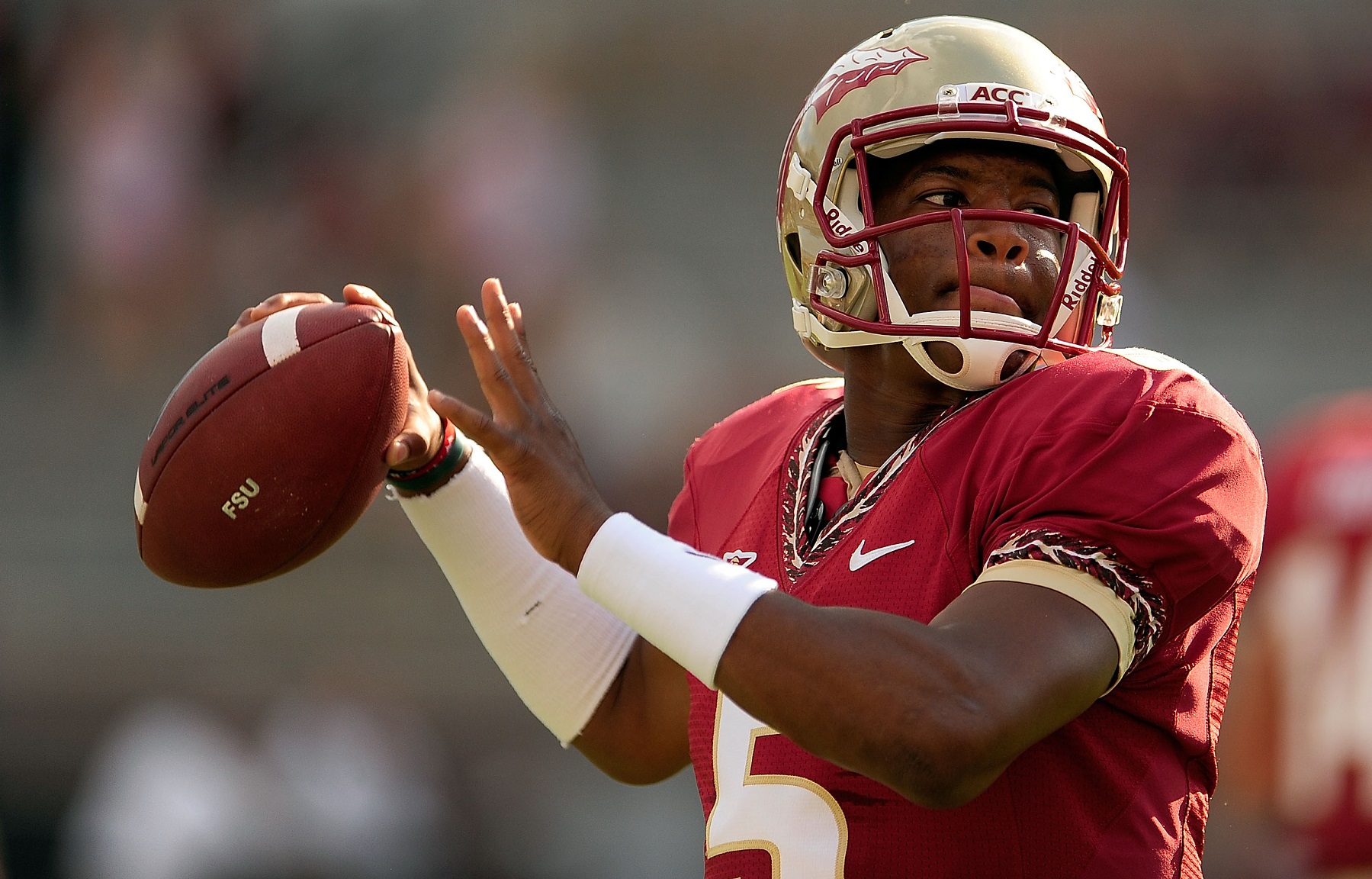
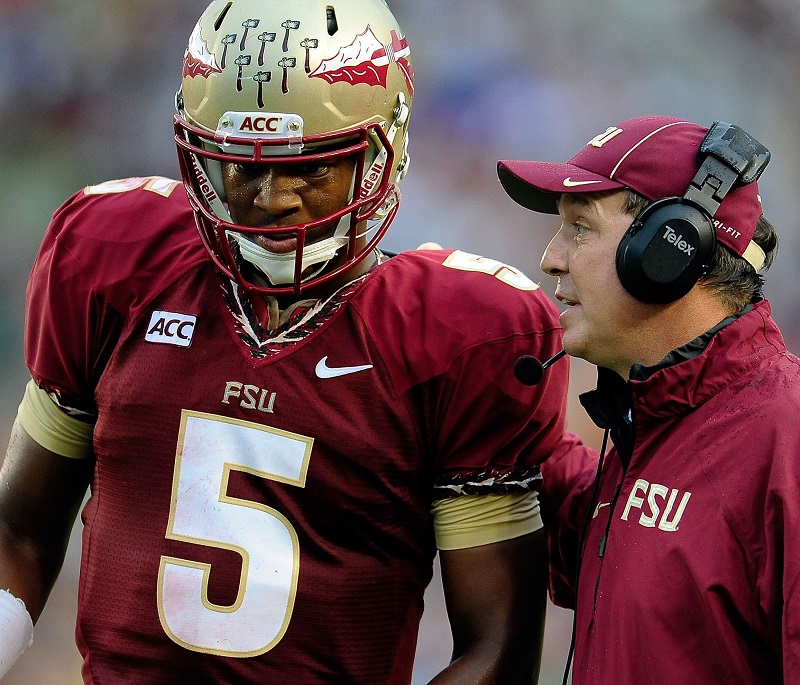
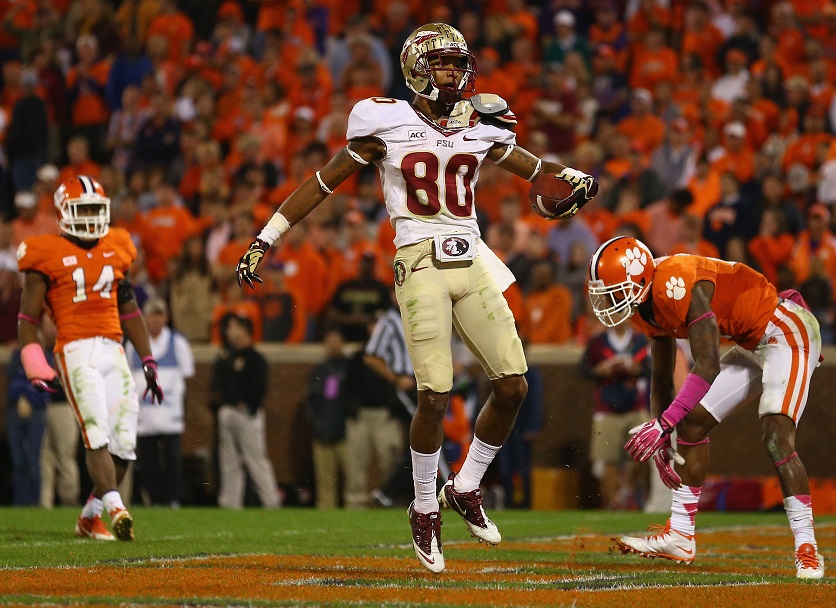
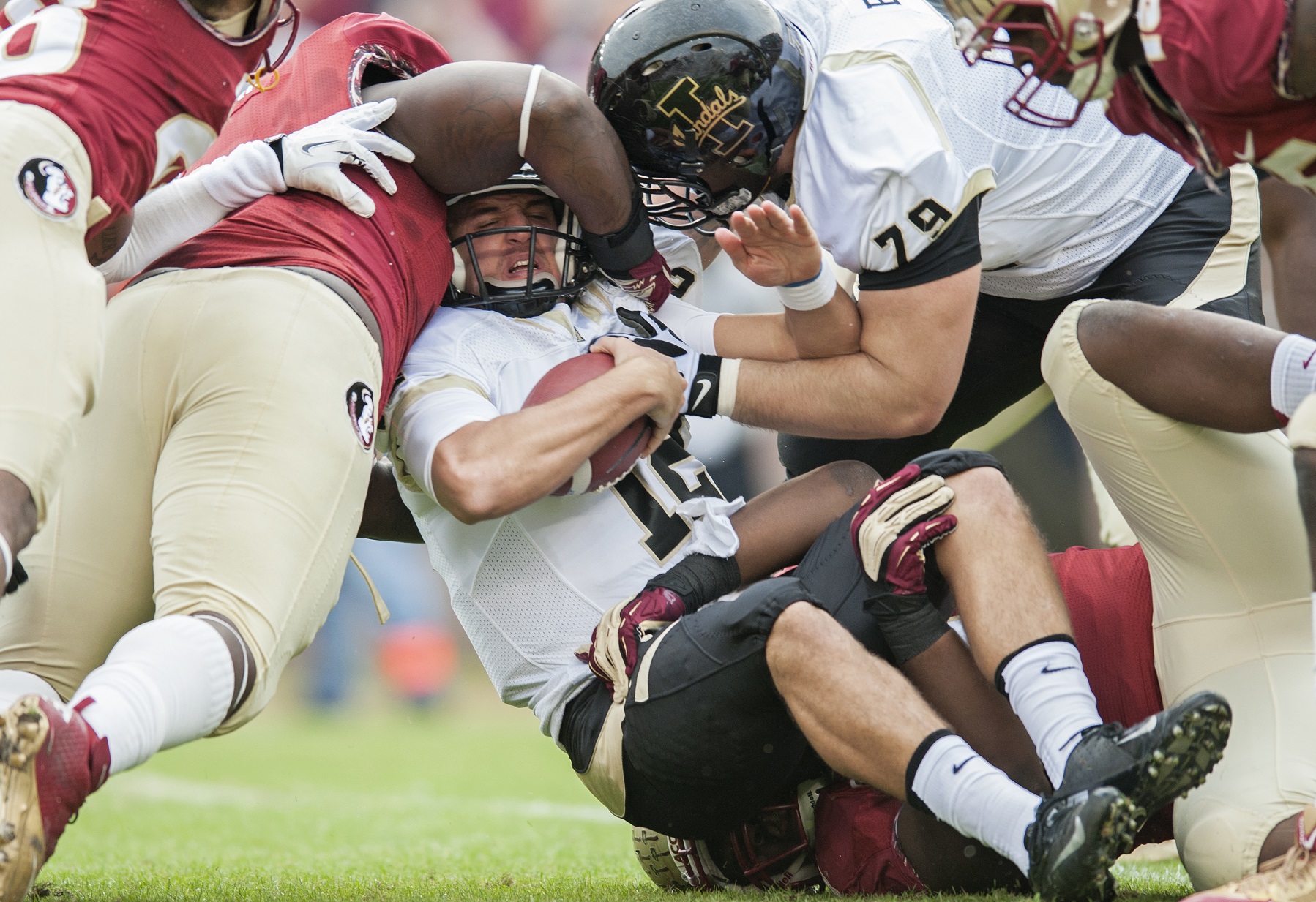

 (Photo by Bud Elliot)
(Photo by Bud Elliot)
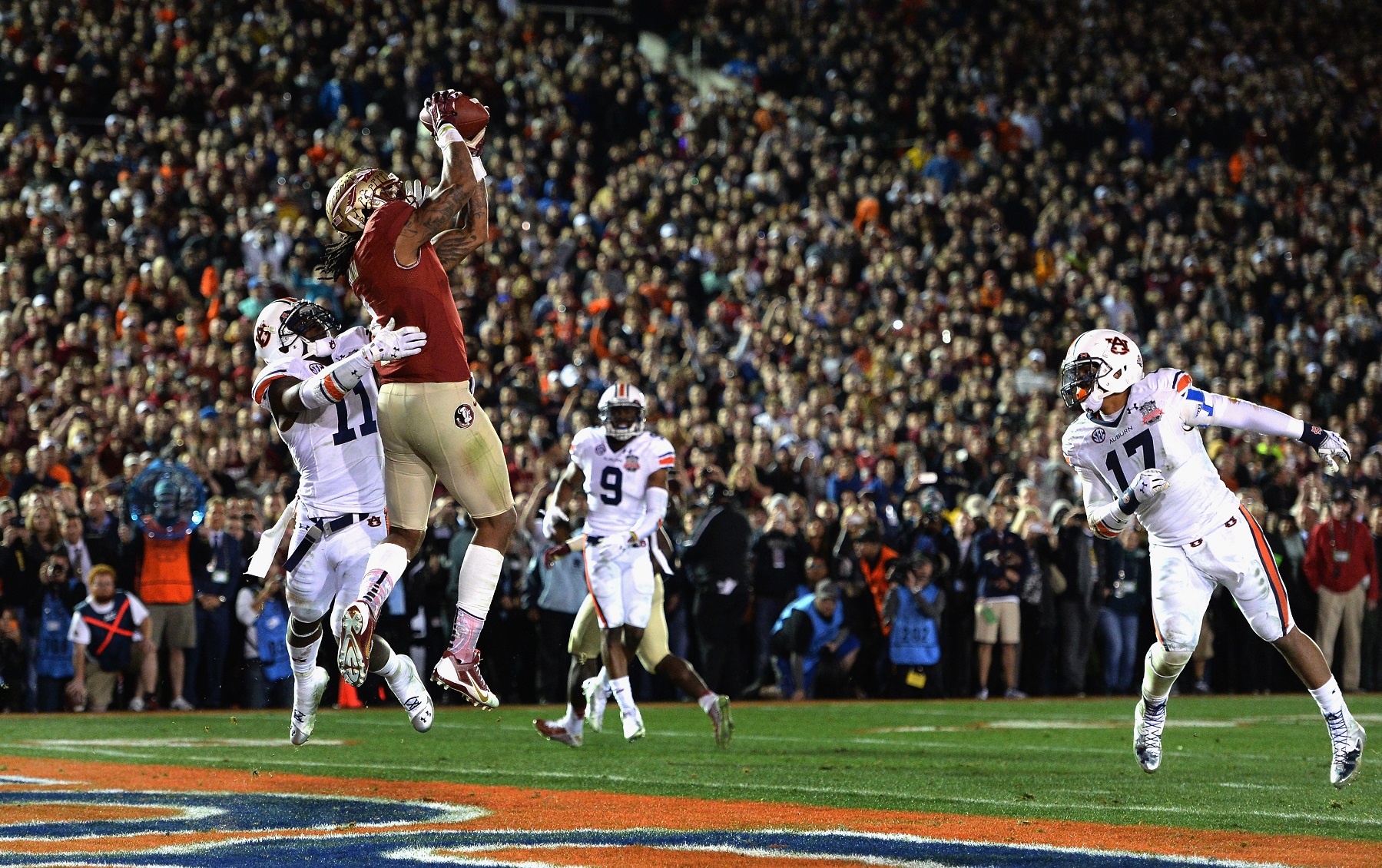
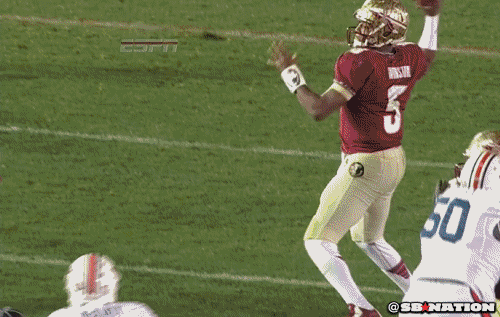



 Beth Trammell with the 723.5-pound male alligator her party captured. (Photo courtesy of Ricky Flynt)
Beth Trammell with the 723.5-pound male alligator her party captured. (Photo courtesy of Ricky Flynt)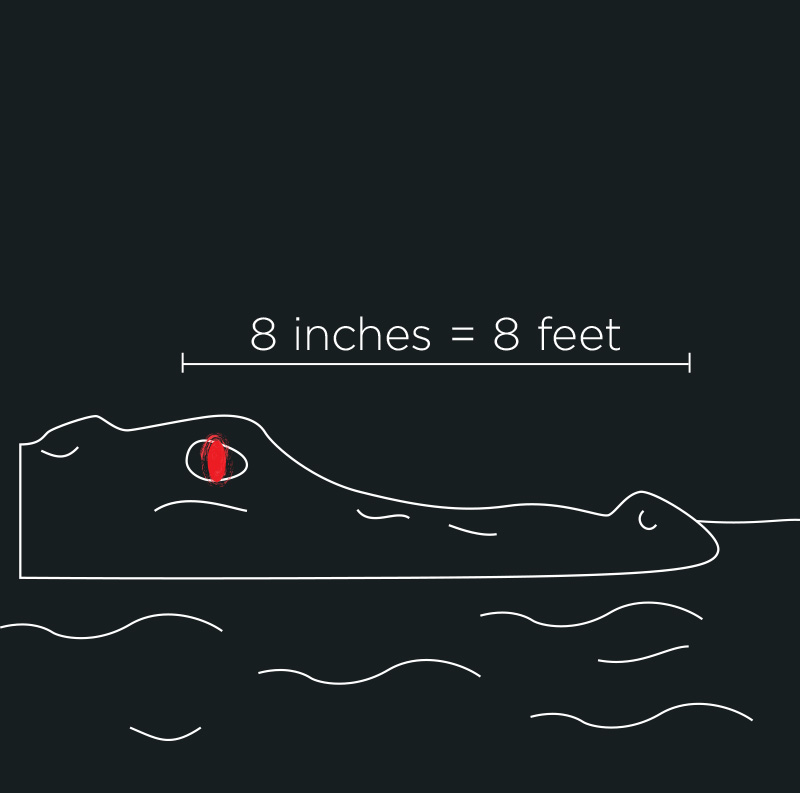
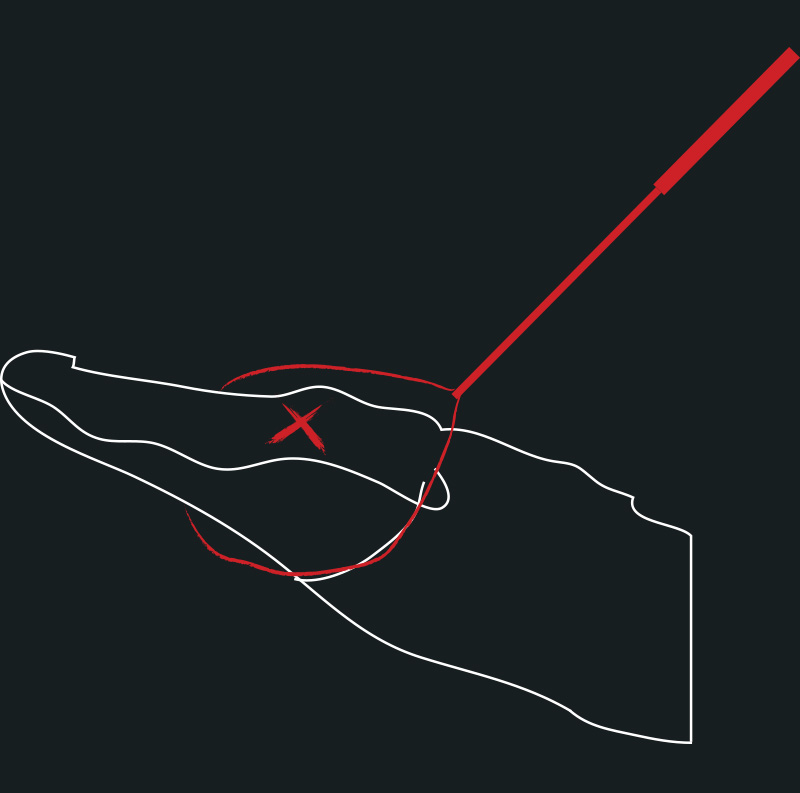
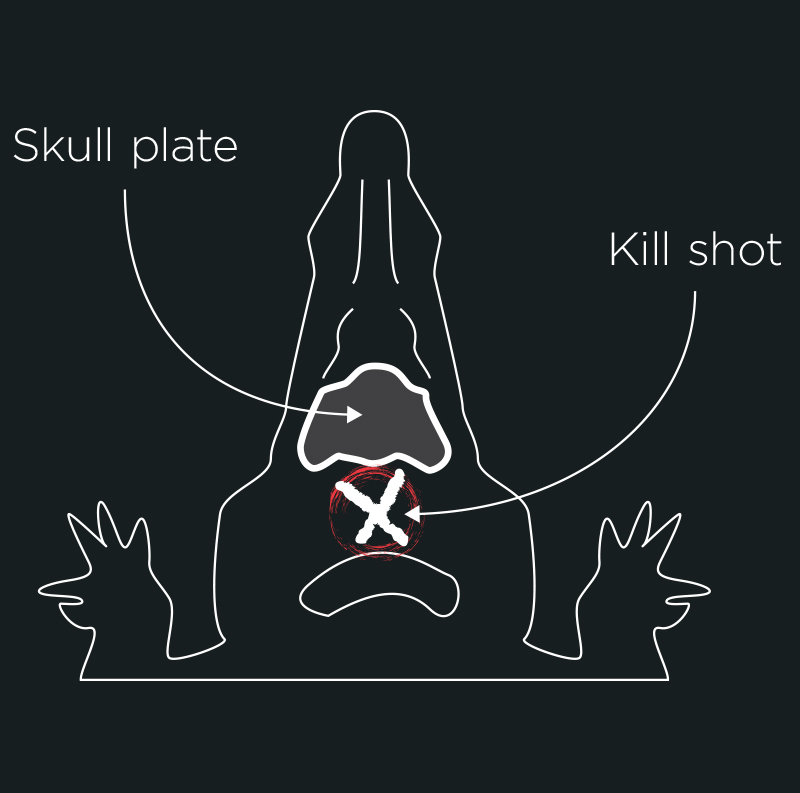
 Dustin Bockman's hunting party with their 727-pound catch. (Courtesy of Ricky Flynt)
Dustin Bockman's hunting party with their 727-pound catch. (Courtesy of Ricky Flynt) Lee Turner stands next to his record-setting 741.5-pound gator. (Courtesy of Ricky Flynt)
Lee Turner stands next to his record-setting 741.5-pound gator. (Courtesy of Ricky Flynt) Lee Turner with his 741.5-pounder. (Courtesy of Ricky Flynt)
Lee Turner with his 741.5-pounder. (Courtesy of Ricky Flynt) Ben Walker and his group with their 13'7" alligator, the longest in state history. (Courtesy of Ricky Flynt)
Ben Walker and his group with their 13'7" alligator, the longest in state history. (Courtesy of Ricky Flynt)

